Trip to Wrocław, Poland
 Rhonda: Chad and I got the opportunity to visit Poland! Volvo asked me if I would travel to Poland several months ago, but dates were never finalized. Then two weeks prior to the trip, everything was set. They wanted me to go for 2 weeks to learn about a project that I would be working on full time. I discussed with Chad the possibility of him going with me and after determining the cost and getting the approval from his company; we decided to go!
Rhonda: Chad and I got the opportunity to visit Poland! Volvo asked me if I would travel to Poland several months ago, but dates were never finalized. Then two weeks prior to the trip, everything was set. They wanted me to go for 2 weeks to learn about a project that I would be working on full time. I discussed with Chad the possibility of him going with me and after determining the cost and getting the approval from his company; we decided to go!
When we arrived in Wroclaw (Vro-slav), we found that the airport was very small with only 3 gates very close together. We immediately thought that the city would be smaller than Greensboro. We later learned however that the population was approximately 650,000 residents with over 100,000 college students. We arrived on November 1st, All Saints Day, a National holiday and virtually everything was closed. We decided to go hunt for a restaurant. We took a stroll through the old town, the main market square. All of the streets and buildings are really picturesque. We luckily found the Sphinx Restaurant open and decided to partake in some garlic bread and tacos.
After dinner, Chad took a few photos of the market square and of the big fountain. It was actually the last night that the fountain would be running, because the next day it was turned off for the winter. We were so glad that we decided to photograph it before it was turned off.
Each day Chad and I worked. I would travel to the Volvo office and Chad would work in the hotel room. The internet connection in the hotel was poor, but good enough for him to do his job.
Chad: The room had a wired internet connection. I spent a few hours trying to get it to work. The cost was about 20 dollars per day. Once I got it going I had a 10 mbit connection and it was so congested it was unusable for work. I ended up putting a chair against the room window and using the free wireless network. It was a bit slow at times, but much better than the wired connection.
Rhonda: In the evenings, Chad and I would go out to dinner and a little exploration. It was like having a “date night” every night! At each new restaurant we would try, I just knew that it couldn’t be as good as the previous one, but was proven wrong every time. Chad and I can now recommend 10 different restaurants in Wroclaw! I would like to mention a little something about each one.
Sphinx Restaurant (Polish with Mexican flare) This is a Polish chain restaurant. It was the most inexpensive restaurant that we went to. We had a full carafe of house wine for $10. It was also one of the few that were open on All Saints Day.
La Scala (Italian) My co-worker highly recommended this place, but it wasn’t as good as I had hoped. I later found out that we should have eaten upstairs because a better selection was offered. Oh well, we will know next time.
Pod Papugami (International) This was a cool place. The entire restaurant was deck out in Hollywood movie stars and the theme was film making. It had a nice bar but didn’t seem to have a good wine selection. We asked for a glass of wine and learned that it was approximately $30 per glass. So, we opted for a beer and whiskey.
Novocaina (Italian) The interior of this place was so neat. It was dark with plasma TVs everywhere mounted inside picture frames. Old pictures of Wroclaw (before the war) were displayed as a slide show in each one. The lasagna was really good and they have the best cheesecake in the world. It is served warm with a meringue topping and whip cream on the side with a touch of chocolate. There was also a dance club downstairs, but I couldn’t talk Chad into going. Dang it…
Akropolis (Greek) This was an upscale Greek restaurant. I had some tiger shrimps and Chad chose the calamari. We also selected a Greek red wine.
Spiz (Polish) This is a small brewery in town with a restaurant next door. I wasn’t expecting the food to be that good, but it was the best yet. I had some small pork fillets that were bacon wrapped. Chad ordered the turkey that looked to be fried because it has a batter around the outside. They also placed a couple of pieces of peaches on top of the turkey which we thought was different. Chad said it was a excellent flavor to combine with it. This was the only place where our waitress refused to speak English. It was ok though because I spoke a few words of Polish, so she knew I was trying and was very nice to us. They also served bread with a lard and bacon spread. No butter or oil anywhere. Interesting taste and something you won’t find every day. On a different evening, we visited the bar with a couple of my co-workers I met there. The bar was huge and quite smoky. It seemed to be the place to be because I was quite packed. It was difficult to find a table, but just before we were going to walk out, we found a spot. Chad tried their local wheat beer which had a different taste and I tried their common light beer. Both were very good.
Amalfi (Italian) This little Italian place was on a street that only contained Italian restaurants. We learned from one of our city walking tours (which I will discuss in detail later) that an Italian person bought the entire street for the purpose of building Italian restaurants and he made sure when he sold it would remain to only contain Italian restaurants. We got an English menu and immediately noticed that they served peperoni pizza which we hadn’t had in a while! So, that is what we ordered. Little did I know, when our food showed up, it was not a pepperoni pizza like I expected. It was covered with green peppers! I should have known it would be different because you can’t get pepperoni pizza in Europe! Also, the spelling was even different in the menu with only one ‘p’. Chad wanted to keep it and not cause any trouble, but I didn’t feel I could eat it. So, I turned it down. I then felt really bad because I should have been more accommodating. I told Chad to go get the pizza back and just order a second one. After taking a taste of the pizza, it was quite good! We ate at the Amalfi a second time a couple of days later, and we got the same waiter. He double checked our order to make sure we knew what we were ordering. : )
Chatka przy Jatkach (Polish) This was our first time to try out perogies! I was told that we had to try some before we left Poland. So…they were great! I had some that were fried with beef inside and Chad ordered some that were covered with cheese and mushrooms. We also ordered some potato cakes and a couple of Polish beers! The beer came in a special glass and I thought it would be cool to have as a souvenir. I went to ask the waitress if they would sell one! She hesitantly said “No” while shaking her head. I pleaded a bit more and again she said “No”. Then I told her that it was my first time in Poland! That made a huge difference and she instantly said, “Go ahead and take it.” It was really nice of her.
Pod Gryfami (Polish) I was told by a colleague that this place had an excellent selection of wine and they did! It was a unique place to eat.
Krawczyk (Polish) This was our last restaurant to try and it was very good.
Well, that is all of the restaurants that we tried. If I had to pick my favorites, I think I would go with Novocaina, Spiz, and Szachownica.
We had 3 days to tour Wroclaw and the surrounding area. We chose three tours.
Our first tour was a city walking tour. Our guide, Michal, took us around the city and gave us a little history lesson along the way. We learned that during WWII, the city was 70% destroyed. Since then, it has been rebuilt and is one of the most beautiful European cities. The first stop on the tour was St. Elisabeth’s Church. It is one of the largest churches in the city built in the 14th century. The church was a burial place for the wealthiest and most important families in Wroclaw. On the exterior walls you can see many burial plates with inscriptions.
On the way to our next stop, we learned the story regarding all of the little dwarfs around the city. There are approximately 50 of them around the city. In the early 1980s, a man named Waldemar Fydrych launched a movement for a new culture. It became known as the “Orange Alternative”. It was a protest against the Soviet Communist dominance. The protests came in different forms; many took the form of graffiti depicting orange dwarfs. The dwarf statues in Wroclaw commemorate the Orange Alternative as an important part of the city’s history and culture. It was really fun to look for all of the dwarfs. Chad and I found about 10-15 of them!
Next was the market square. All the roads in Wroclaw lead to the square! It was once the main market in the city and it is now filled with tons of restaurants and shops. It is surrounded by historic houses on all four sides. We learned from our guide that a long time ago the more windows you had in your home, the more taxes you had to pay and that symmetry played a huge part in the architecture.
Everything had to be symmetrical. There were several examples of this. There was one building we saw that had a painted (fake) window in order to look symmetrical and it also saved the owners some money because it wasn’t a real window! Can you pick out the fake window in the picture to the right? Also located in the market square is the town hall. It has a Gothic style and was built in the 13th century. The town hall played the role of the seat of the city authorities for several hundred years.On the way to visit the University, we made a quick stop at the Old Butcher’s Stalls. The stalls were where meat was sold during the medieval times. The stalls now are small shops and art galleries. In front of the stalls is a monument to remember what the place use to be.
When we arrived at the University, we went to a beautiful ornate hall called the Aula Leopoldina which is named after the founder, Austrian Emperor Leopold. The hall is still used today for special ceremonies and it is filled with amazing paintings and sculptures. We also learned that the University began as a Jesuit academy.
The final stop on the tour was at St. John the Baptist Cathedral. It took about 100 years to build starting in 1244. The church was incredible. We were able to walk throughout the church and even to the top of one of the towers to get a great view of the city.
Our second day tour was to visit two castles and an underground mine built by Hitler during WWII. The castles we visited were very different from one another. The Bolkow castle dates back to the 14th century and is now in ruins. While we were there, people were cleaning up the place and parts of the castle were being restored. We were able to climb to the top of the round “rain drop” shape tower which was neat. The Kaisz castle was very large and is still in use! It reminded both Chad and I of visiting the Biltmore in Asheville, NC
because you can walk around inside (to part of it) and see how each room is furnished.Our last stop was at one of Hitler’s mines. It is still unknown today why the mines were built. There are many theories, one being that they were to be used to build a secret weapon. However, no one knows why because there are no documents available.
Our third and final day tour was of Auschwitz concentration camp and Wieliczka salt mine. It was very difficult visiting Auschwitz because of what happened there. I knew what happened, but it didn’t really sink in until I was actually there. It really affected me when I saw the people’s belongings, what they brought with them. I then broke down. The people thought they were going to live a better life. Auschwits was the biggest concentration/death camp. It began as a concentration camp for Polish political prisoners, and then in 1942 became a death camp for Jews. Approximately 1,500,000 people were killed at Auschwits, mainly Jews, but also Poles, POWs, Gypsies, Russians, and others. It was very difficult to see how the people lived and how they were treated. It was just rows and rows of buildings. Even though this was hard for me, I am glad I was able to experience it.
The Wieliczka salt mine was cool to see. It is one of the most popular tourist attractions in Poland. The tour started by descending 400 steps down to the first level. Each room was decorated by beautiful sculptures carved out of rock salt. There were several chapels built in the salt mine. One of them was a huge cathedral! Chad got some great pictures of the cathedral and the sculptures on the walls. Also, there was a bar and restaurant in the salt mine. It was a city underground!
Our trip to Poland was truly amazing. All of the people were very friendly. I enjoyed meeting my co-workers and it was great getting to know them. They even took us out for drinks a couple of times! We had a great time.
Check out all of Chad’s great pictures below!!
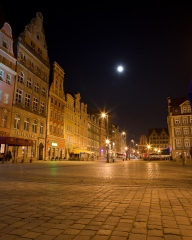
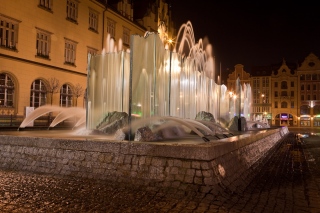
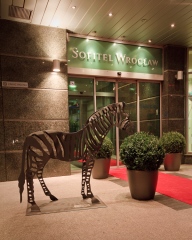
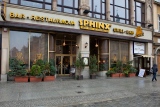
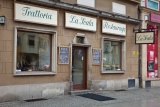

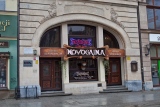
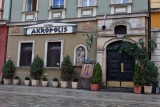
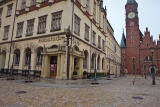

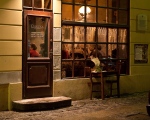

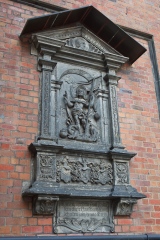
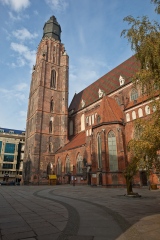
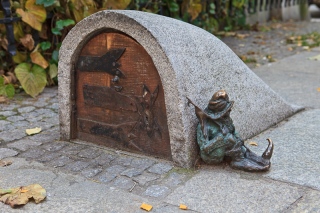
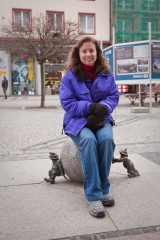
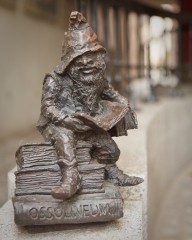
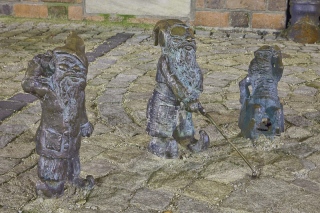
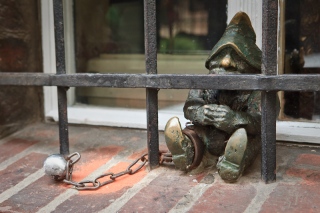
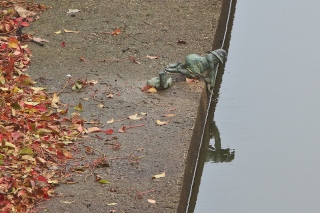
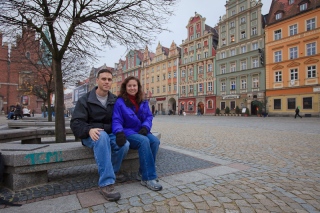
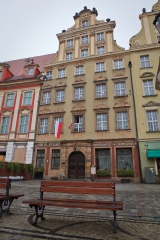
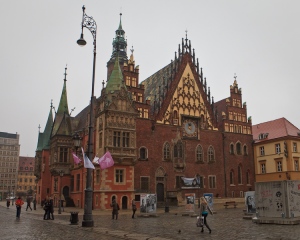
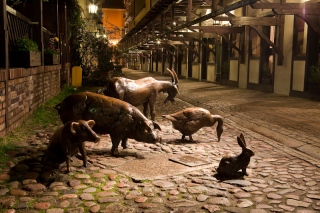
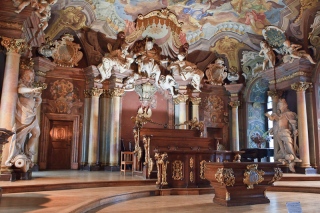
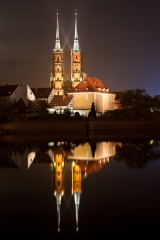
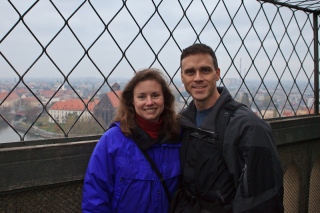
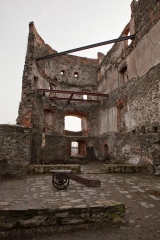
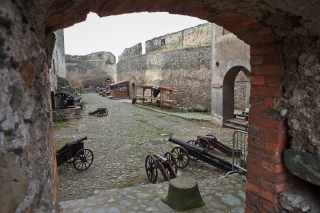
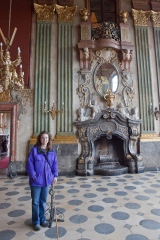
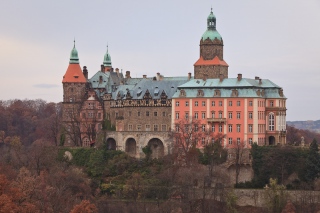
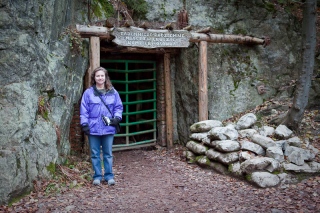
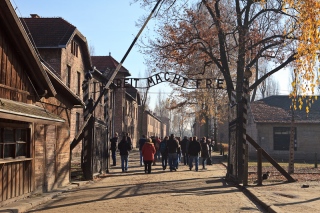
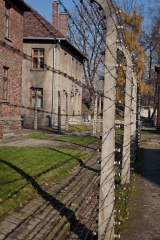
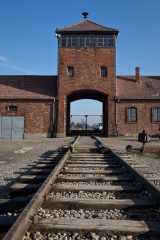
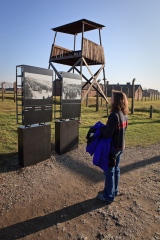
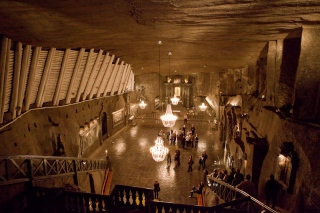
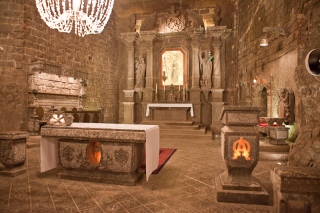
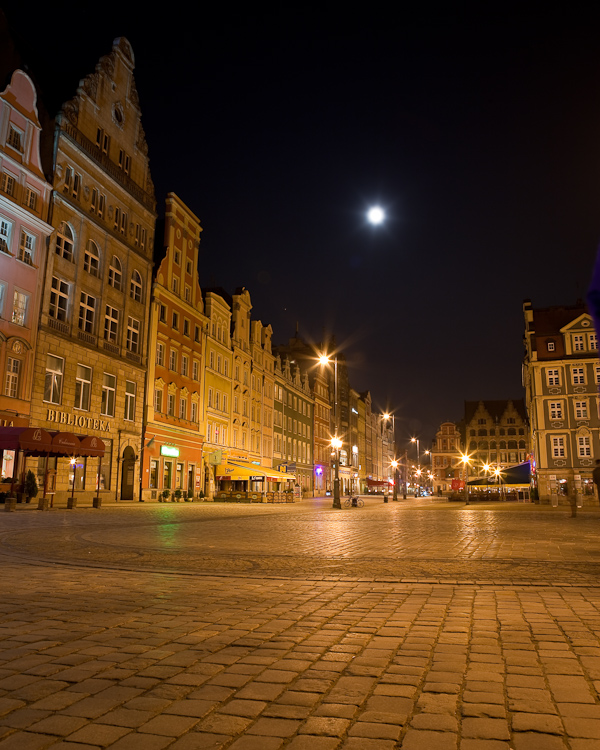
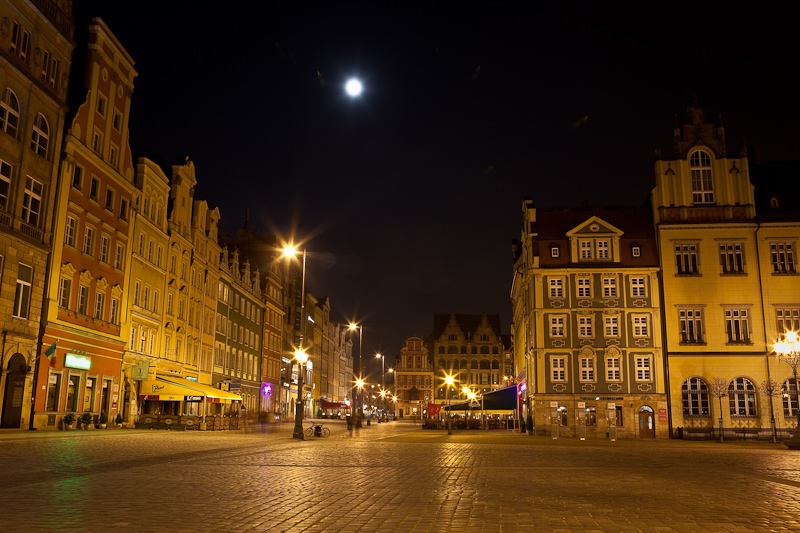
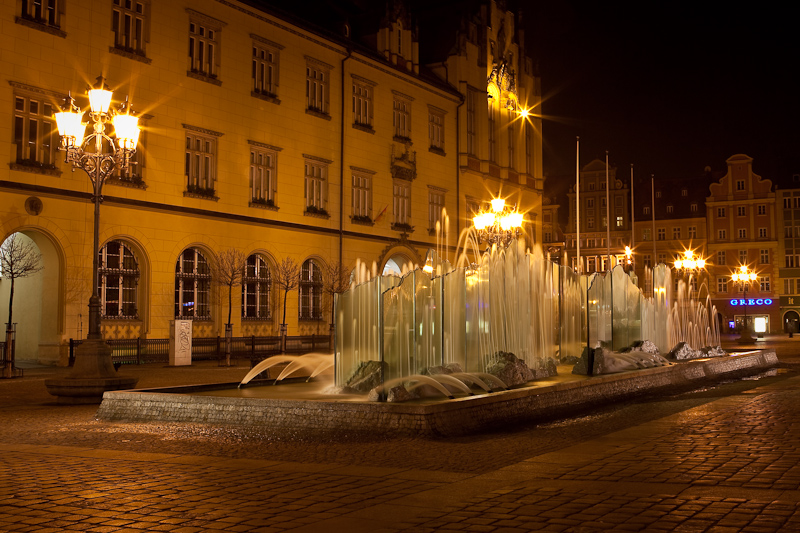
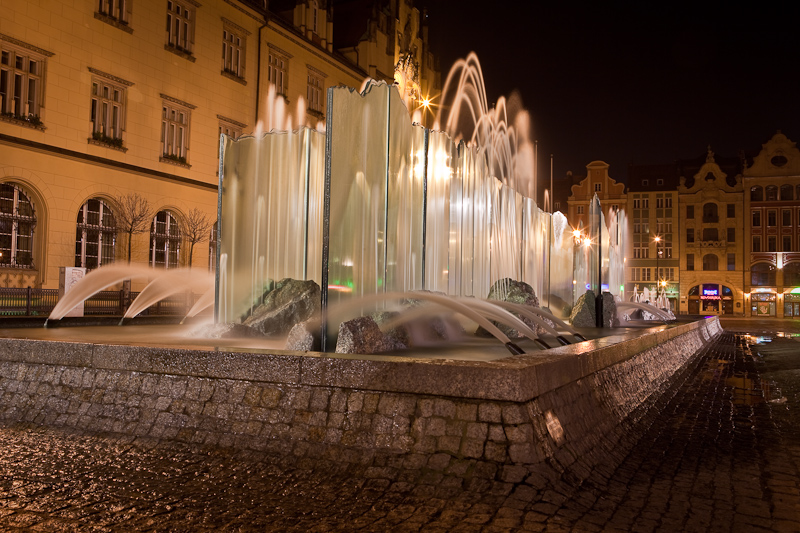
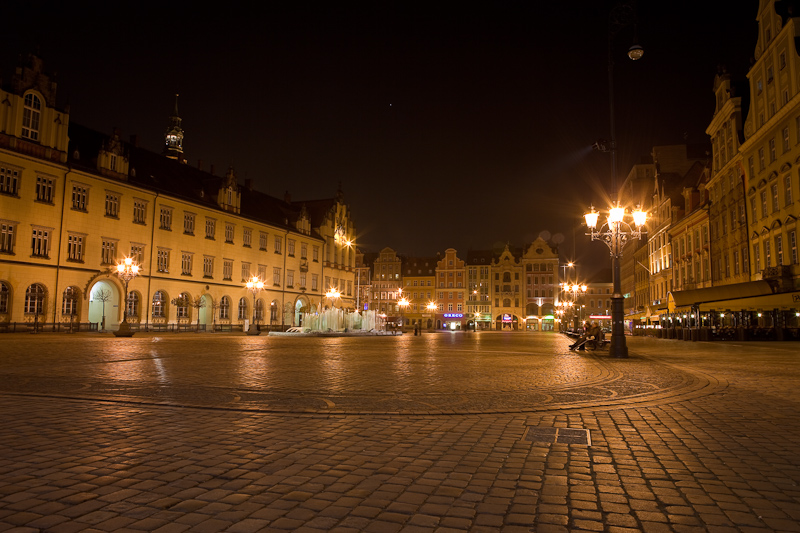
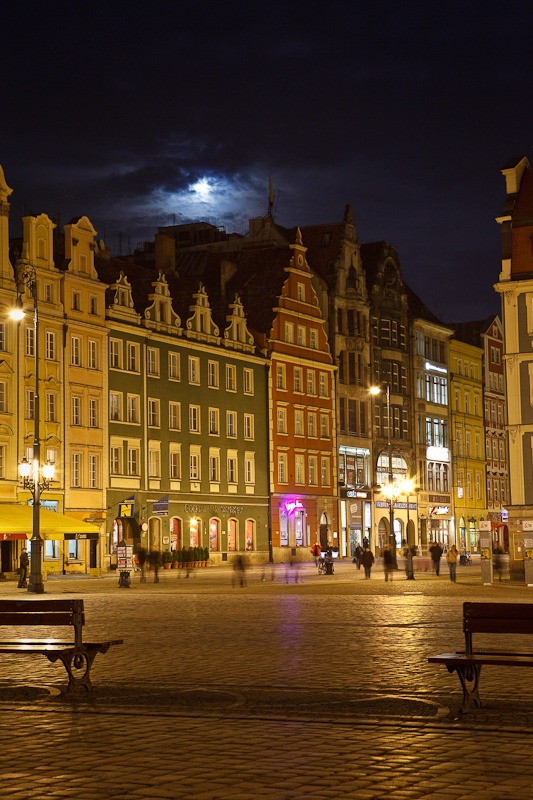
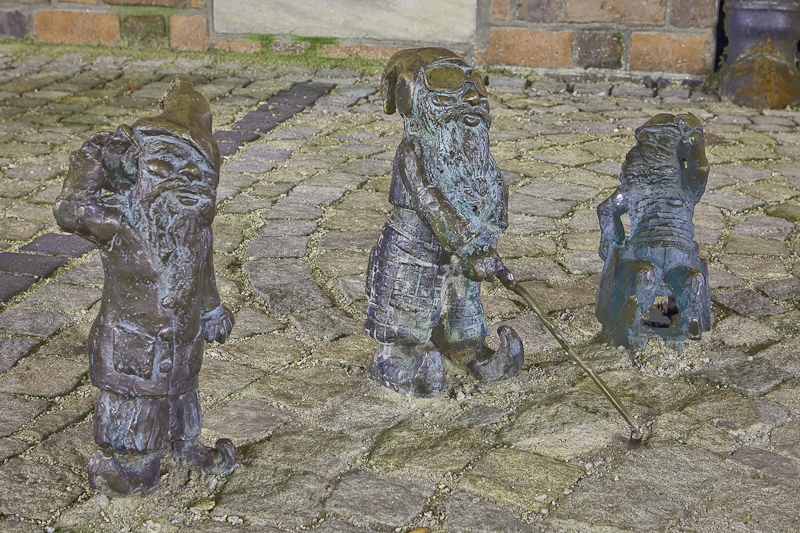
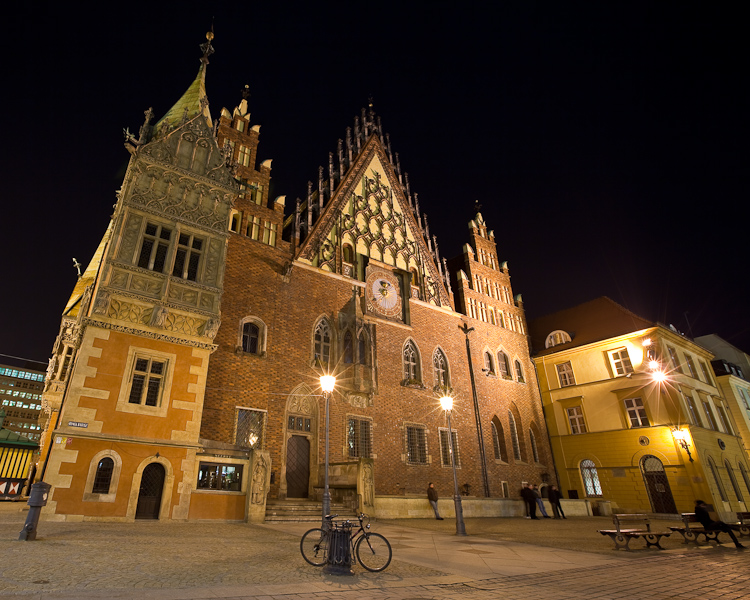
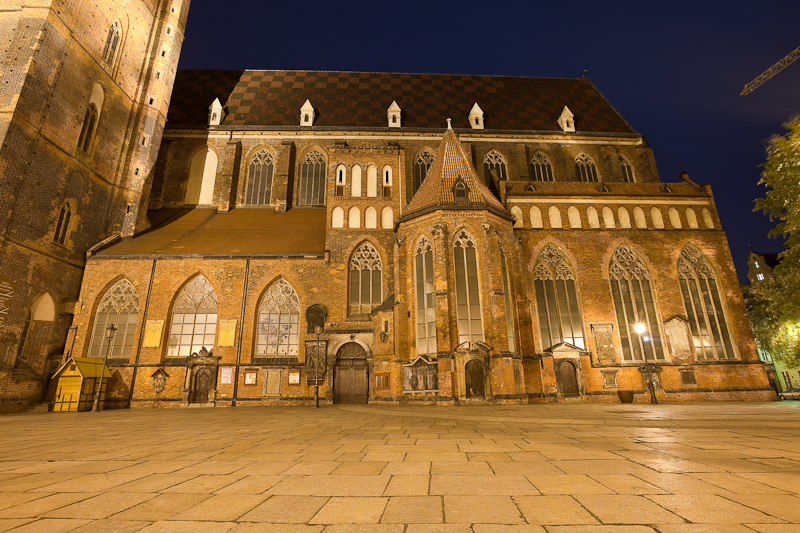
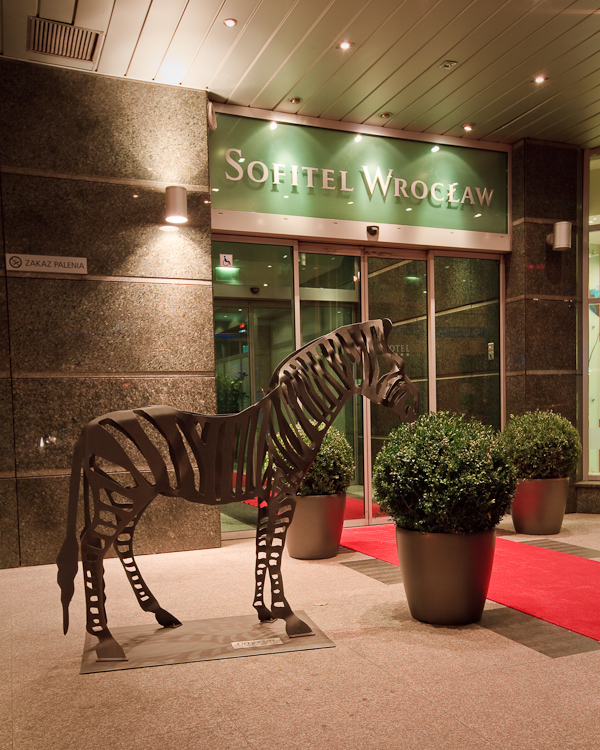
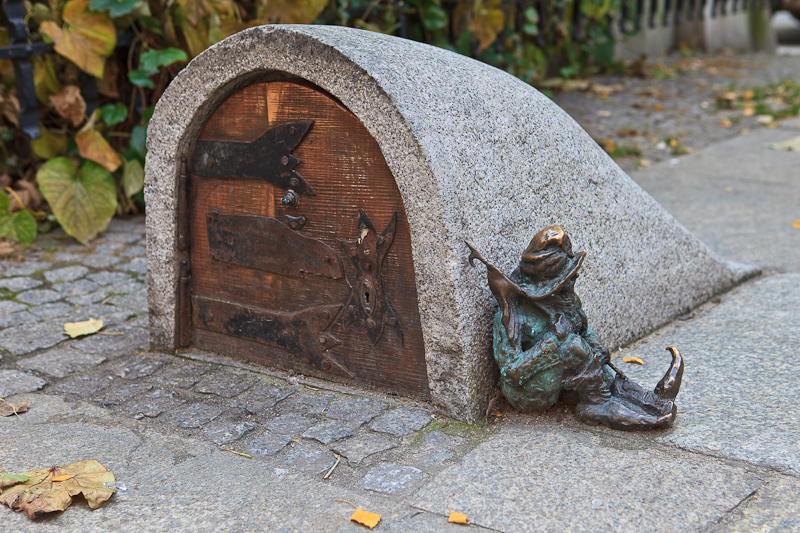
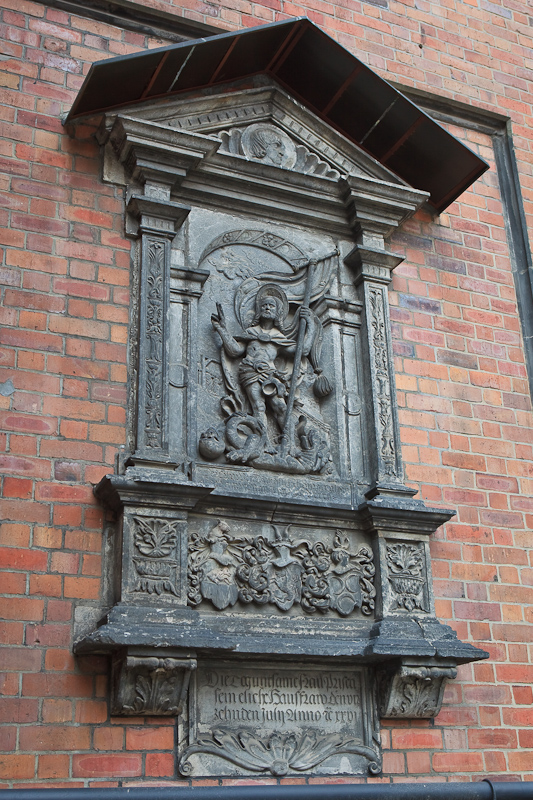
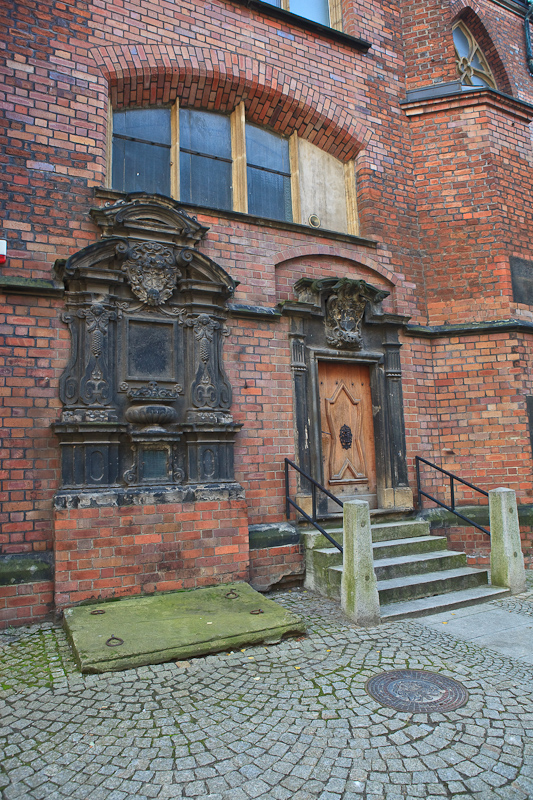
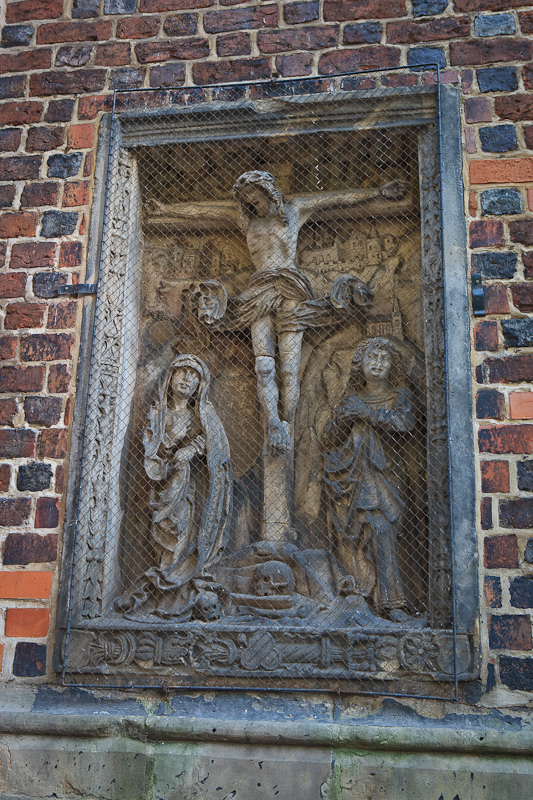
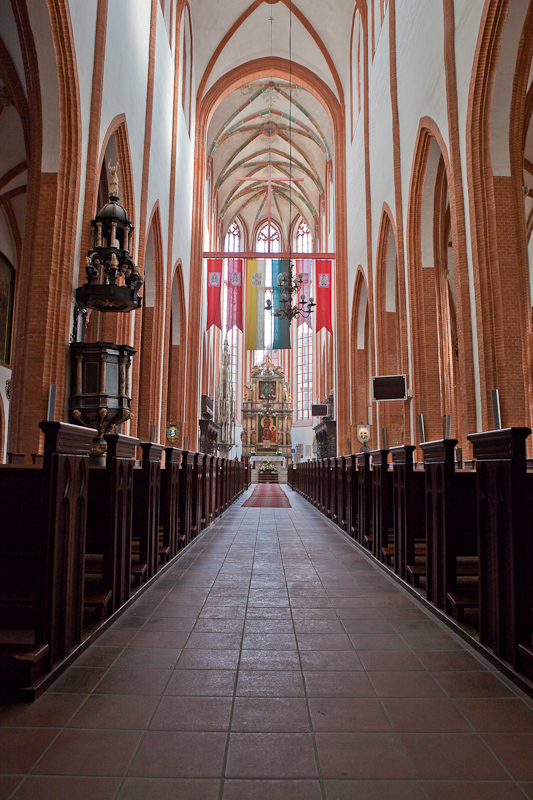
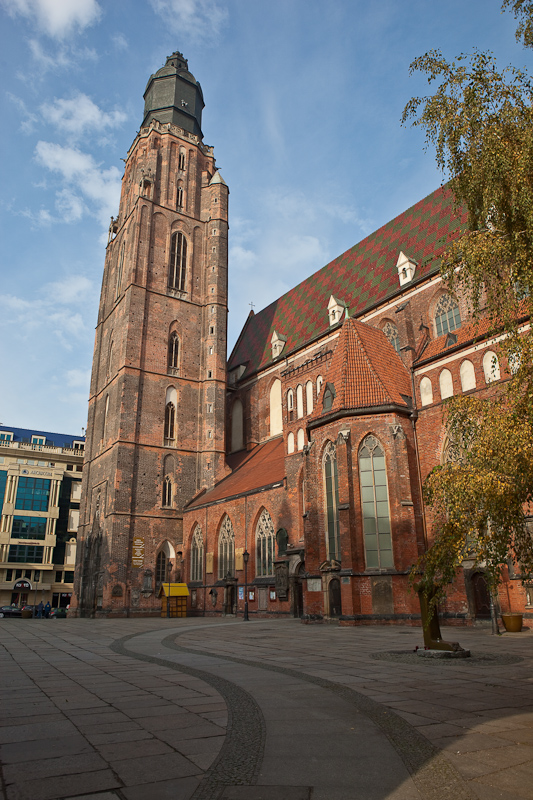
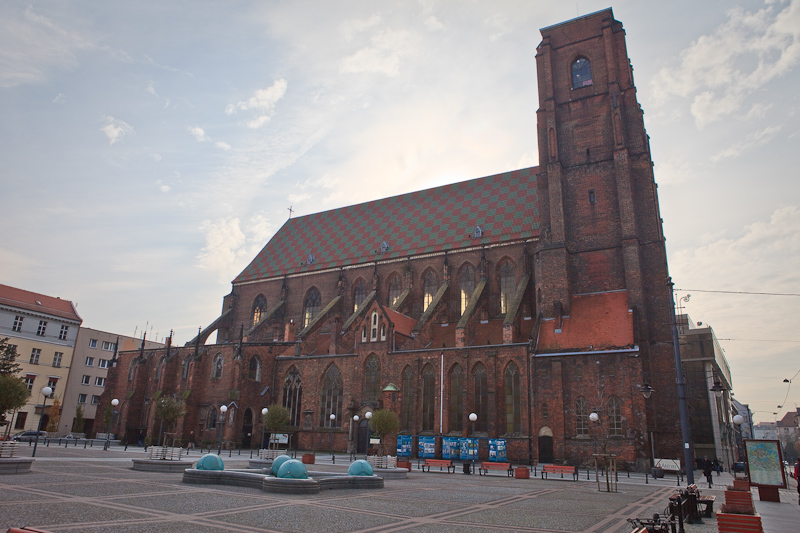
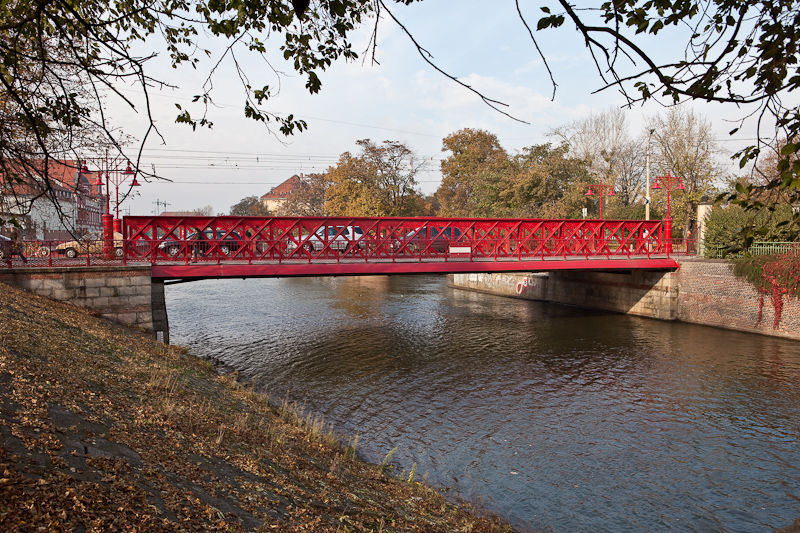
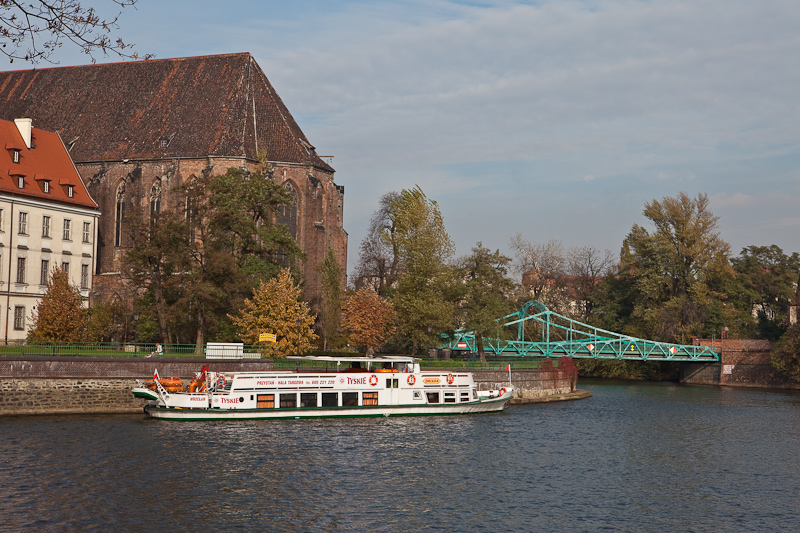
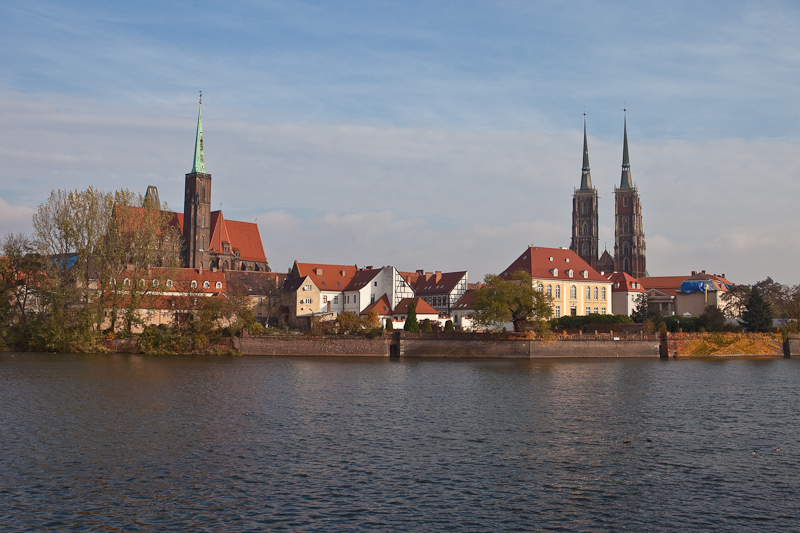
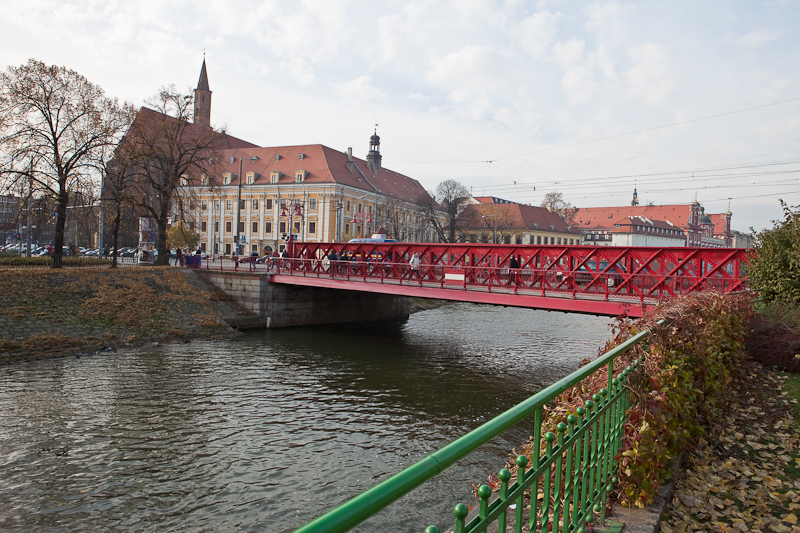
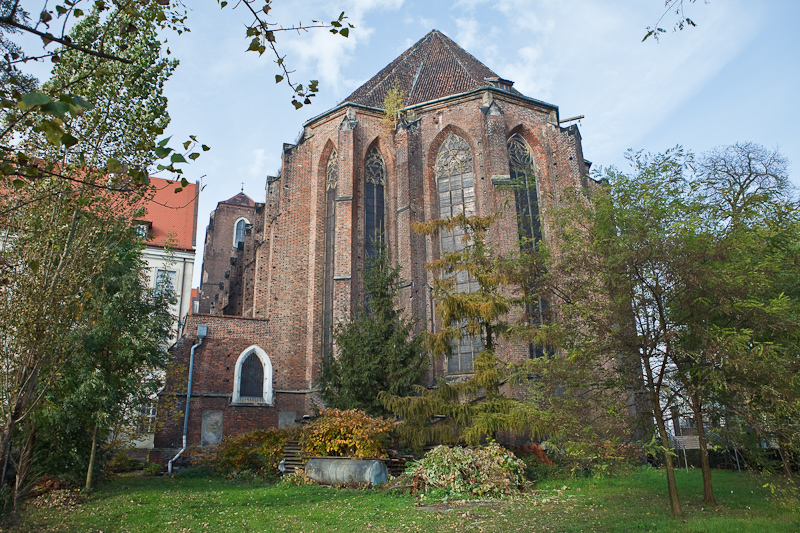
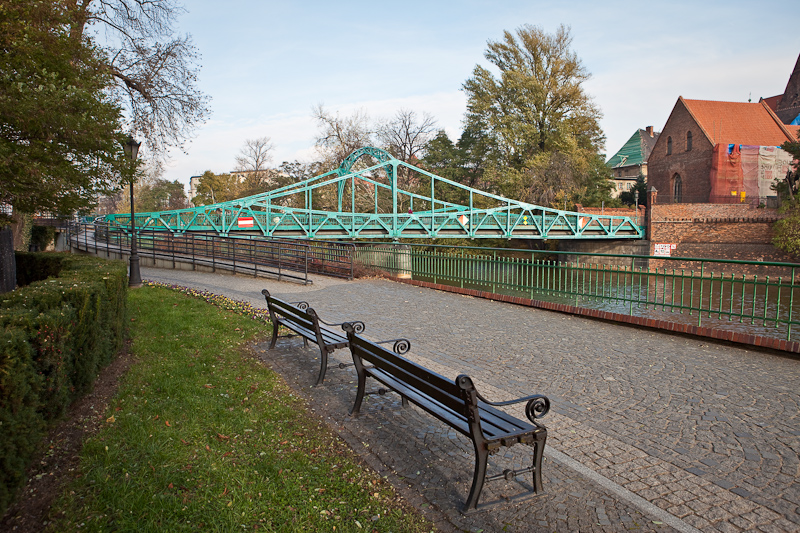
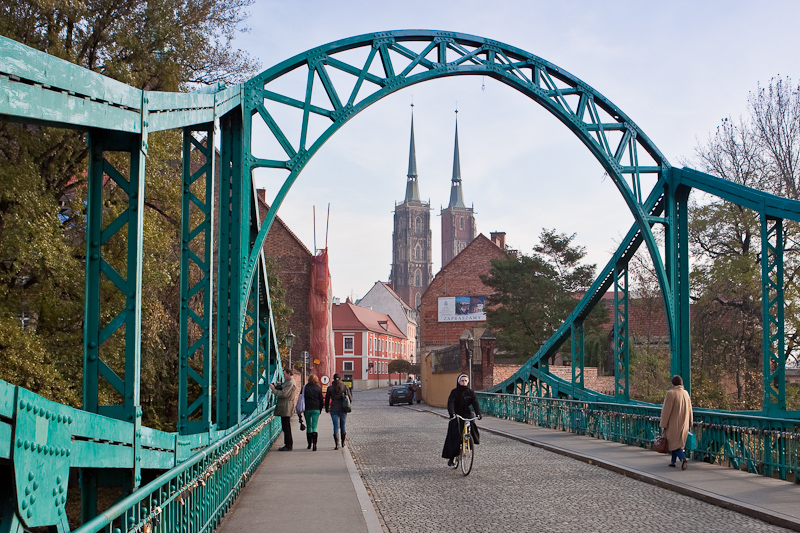
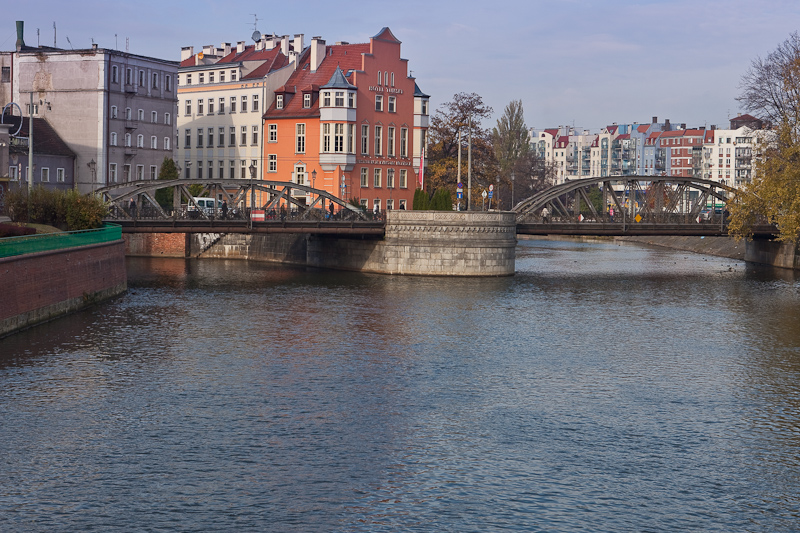
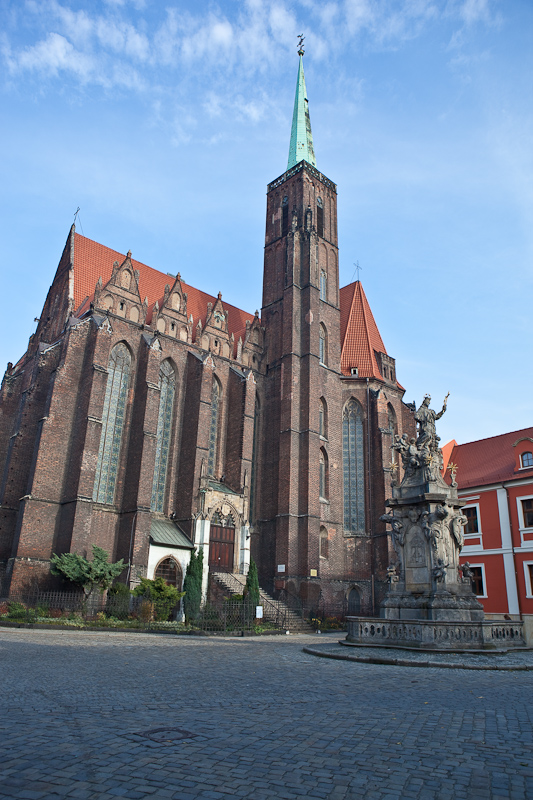
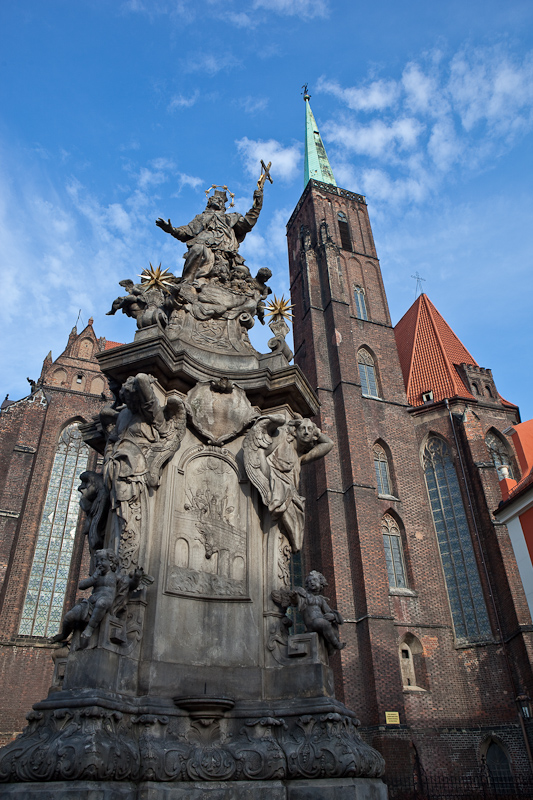
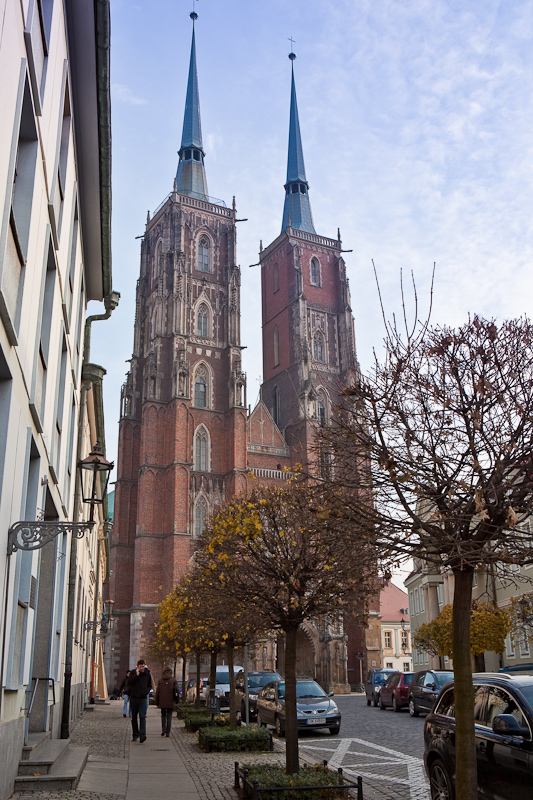
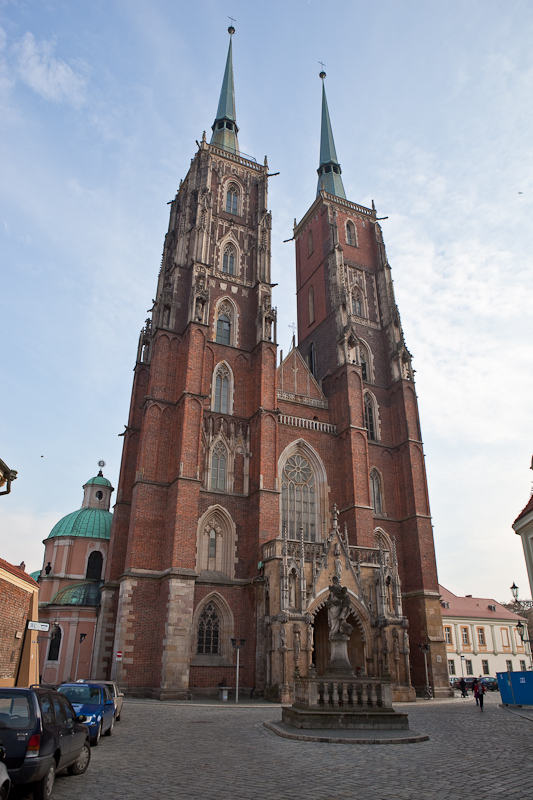
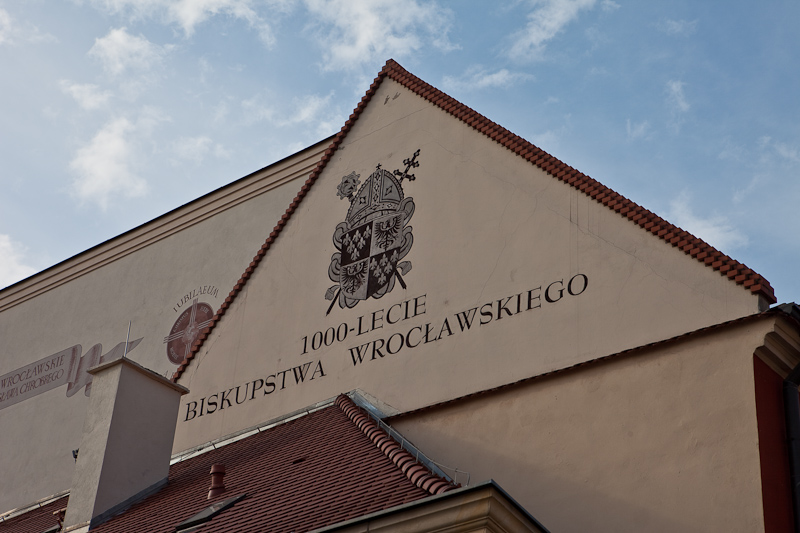
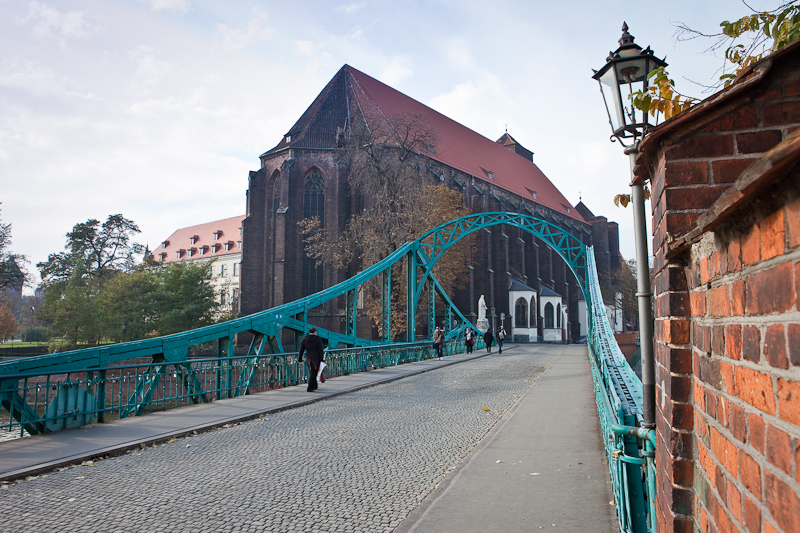
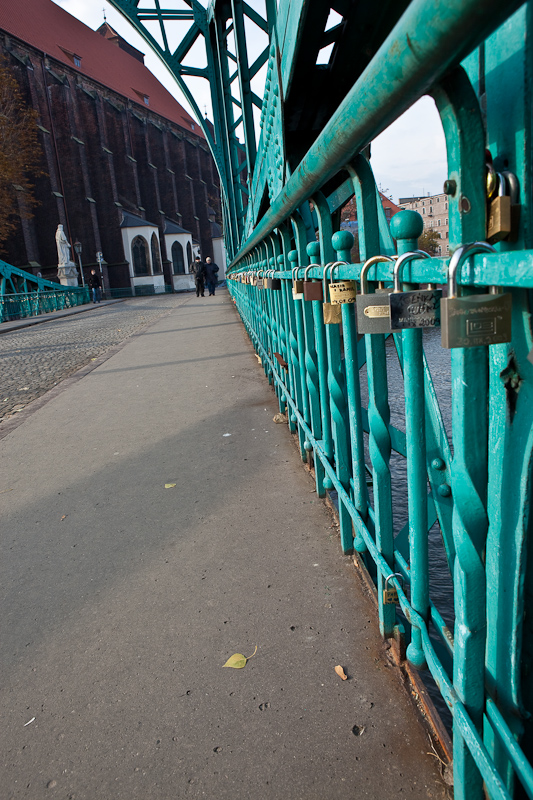
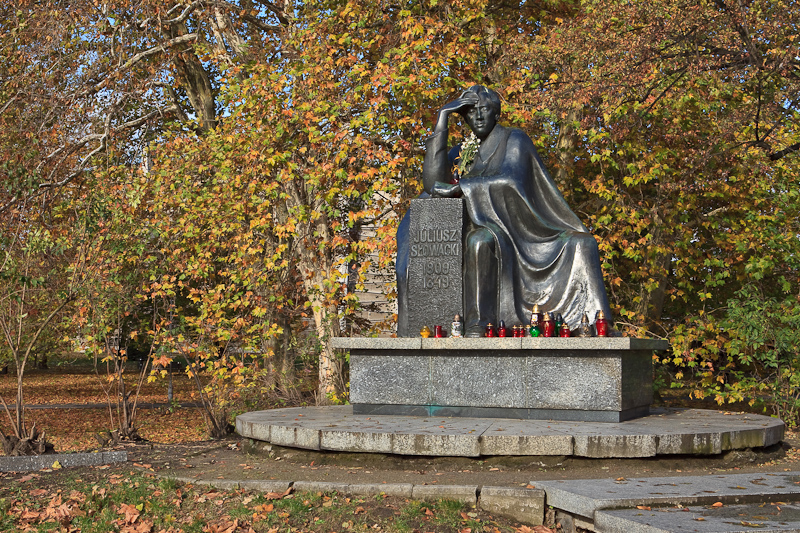
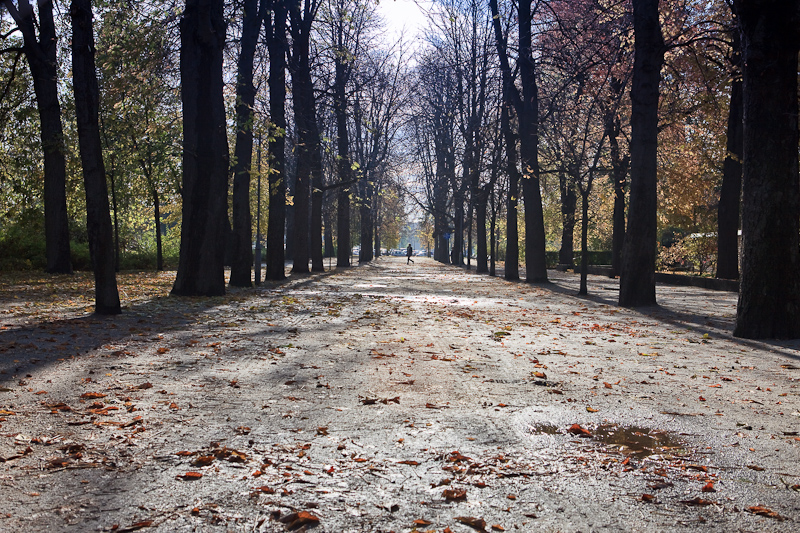
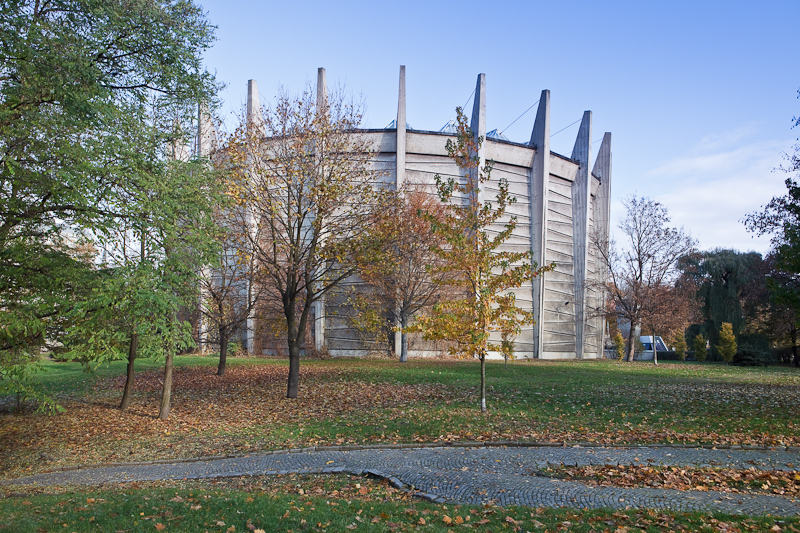
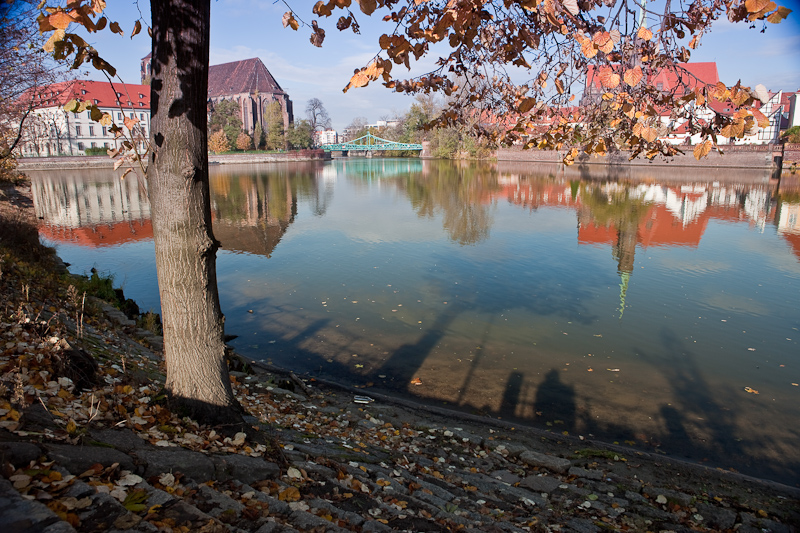
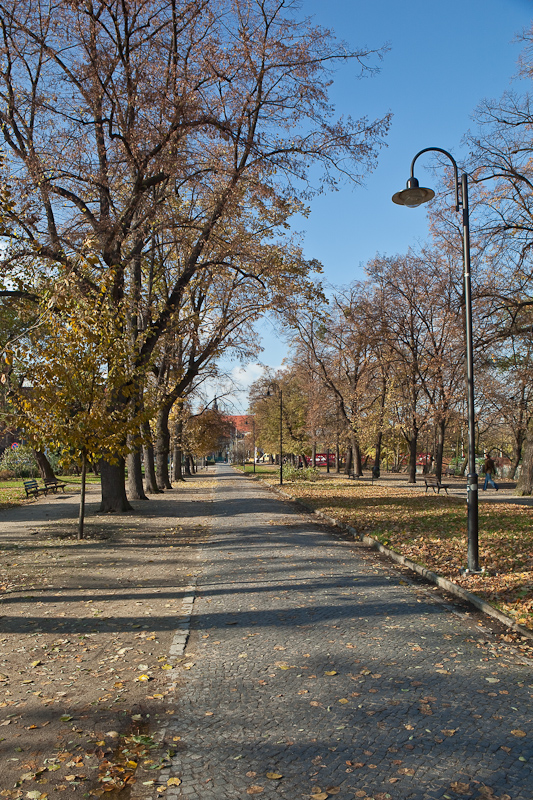
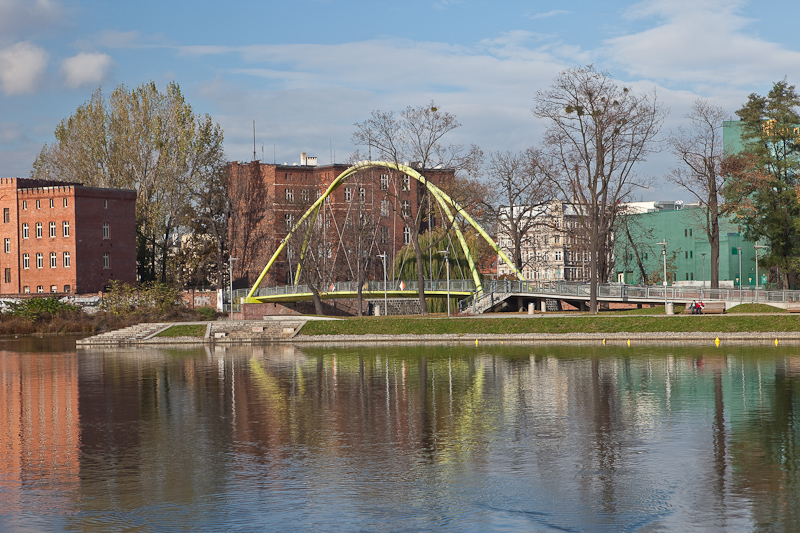
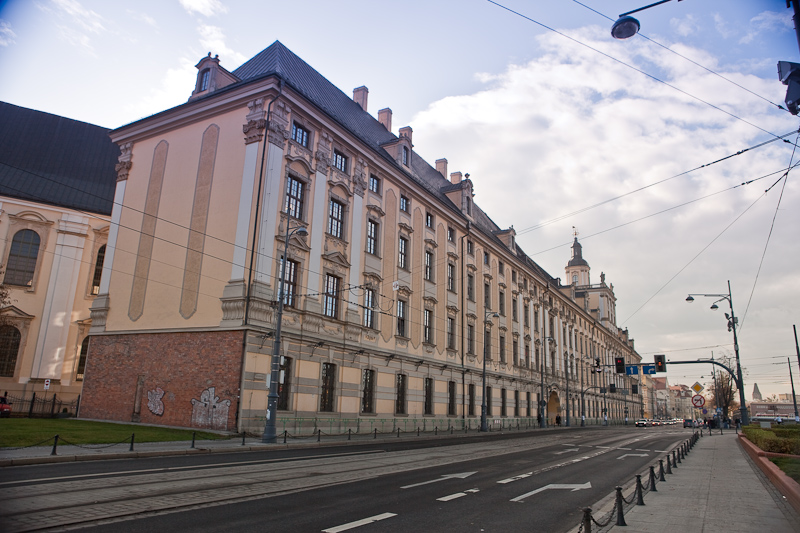
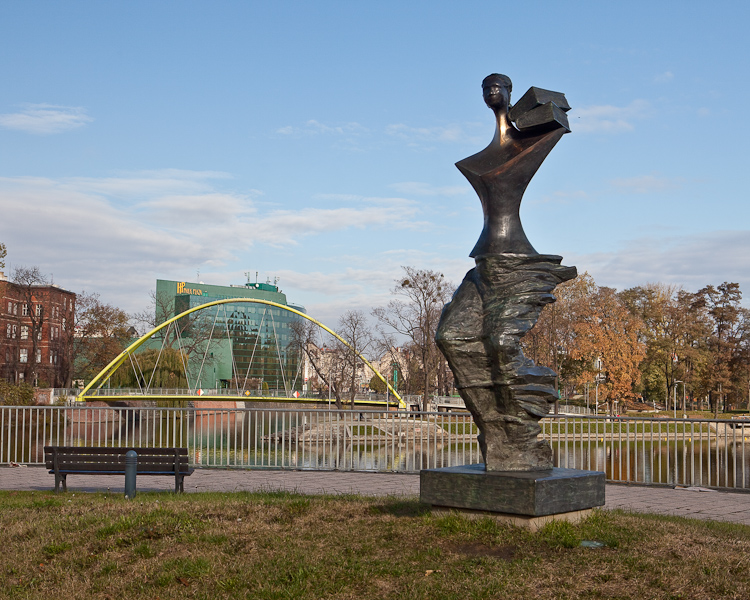
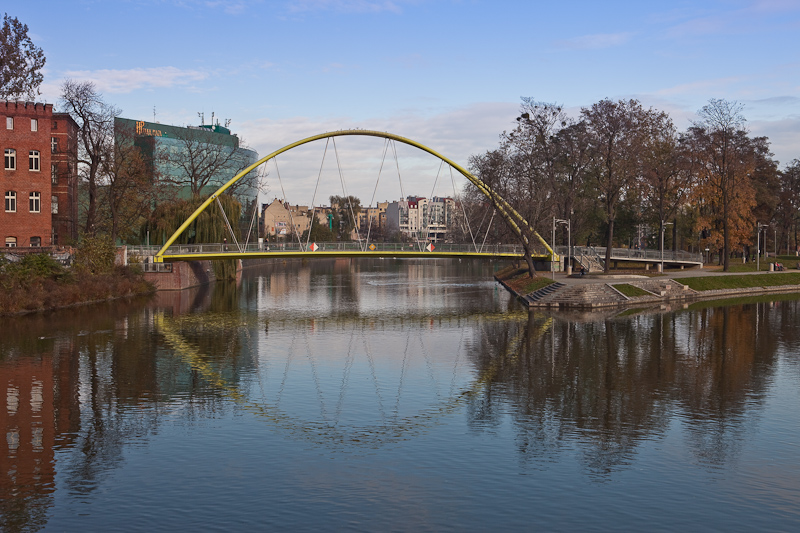
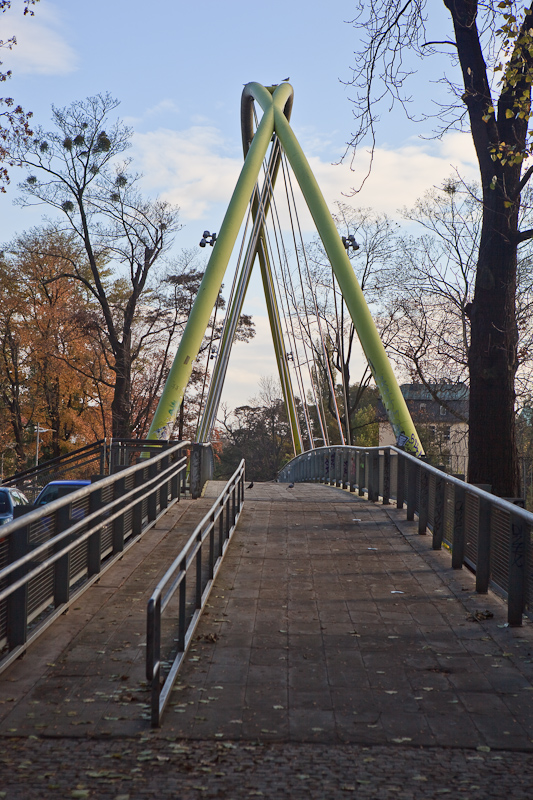
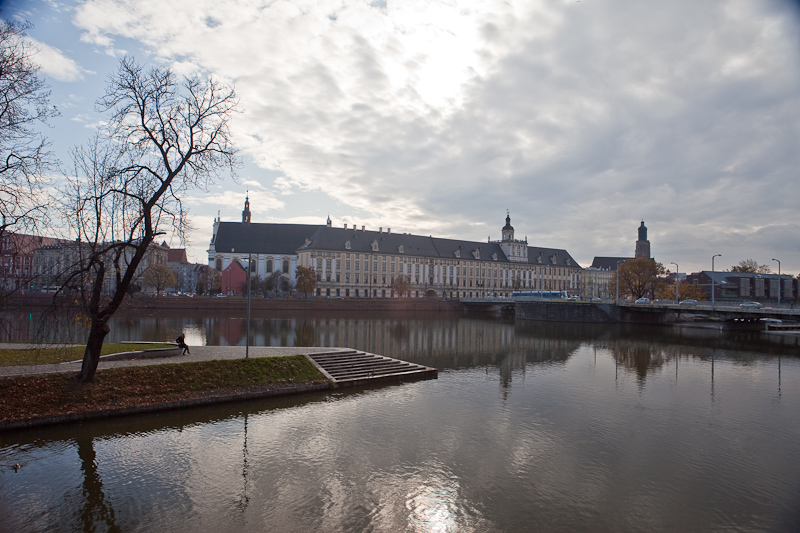
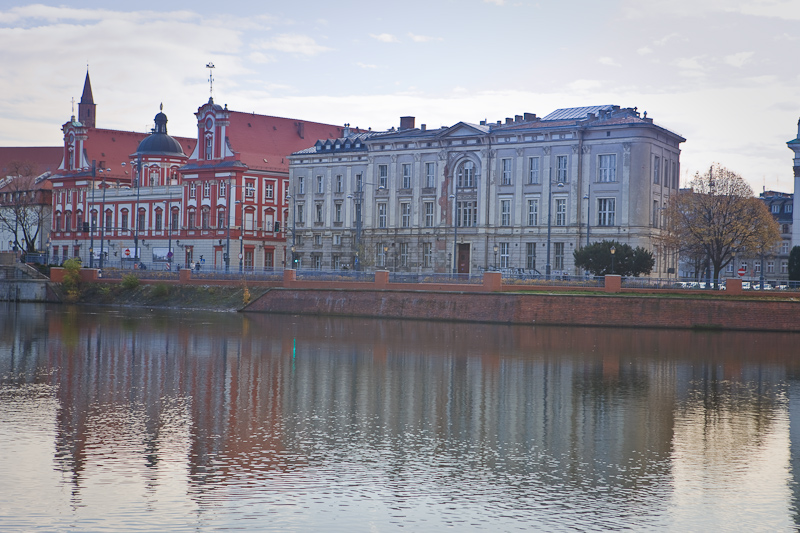
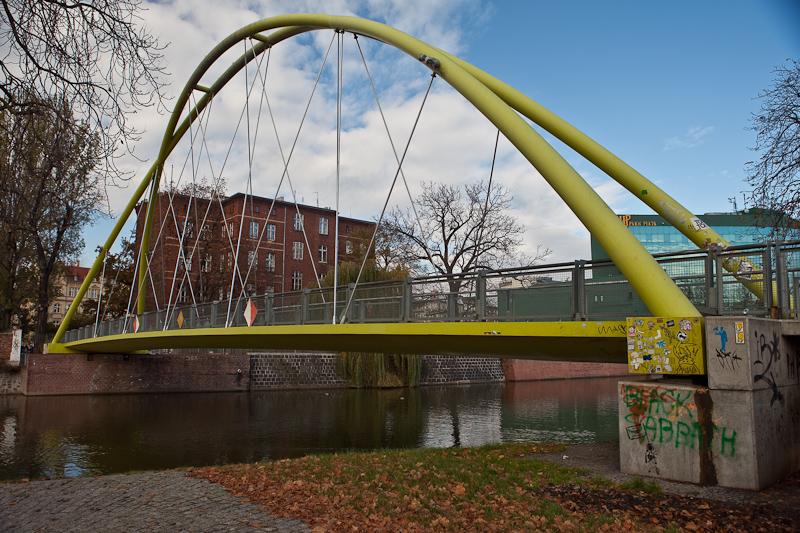
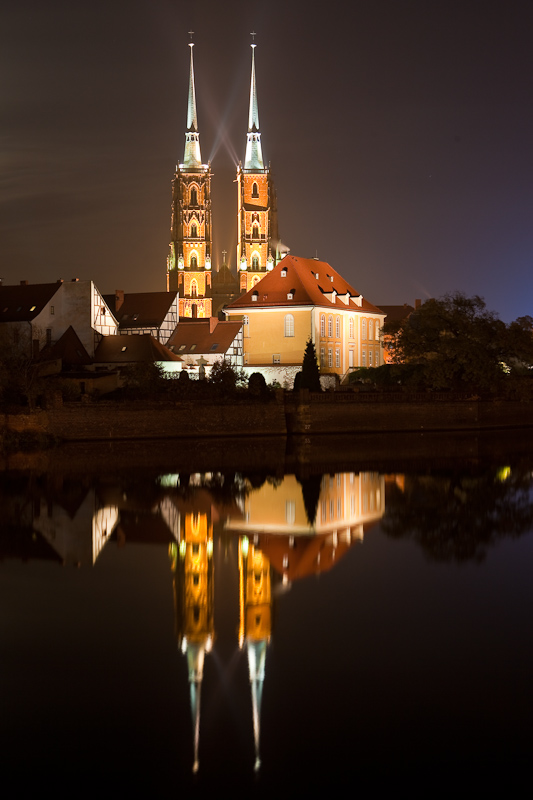
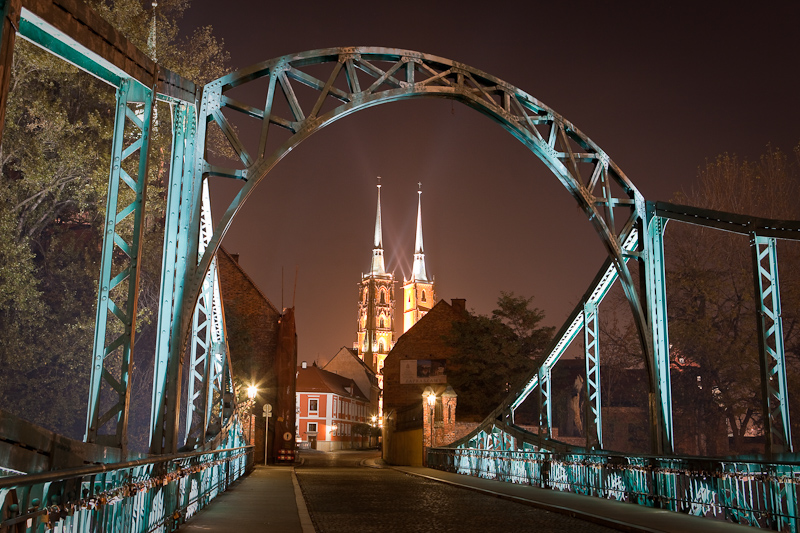
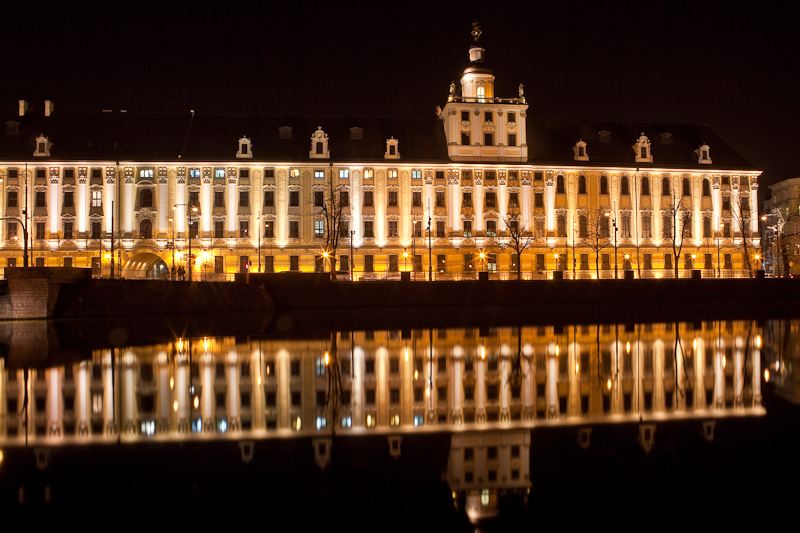
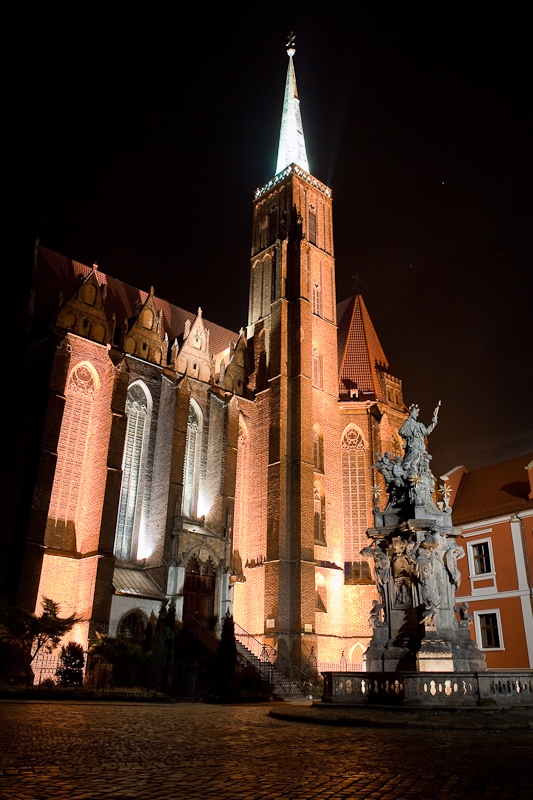
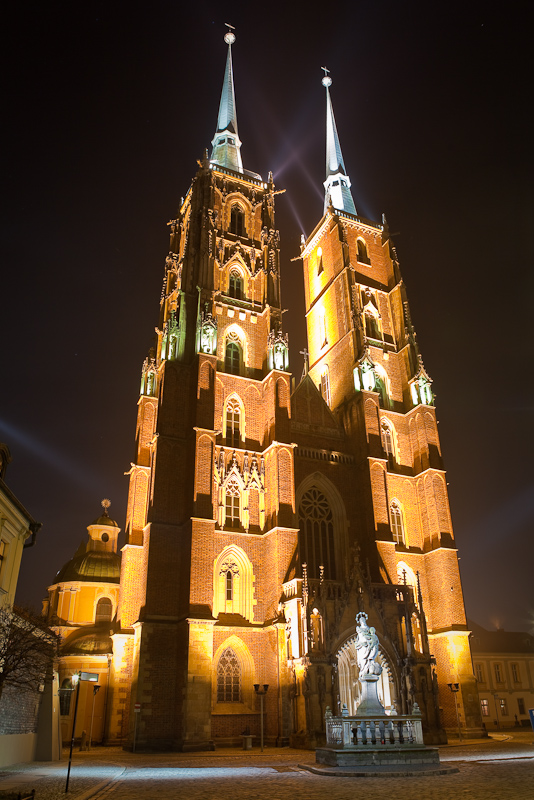
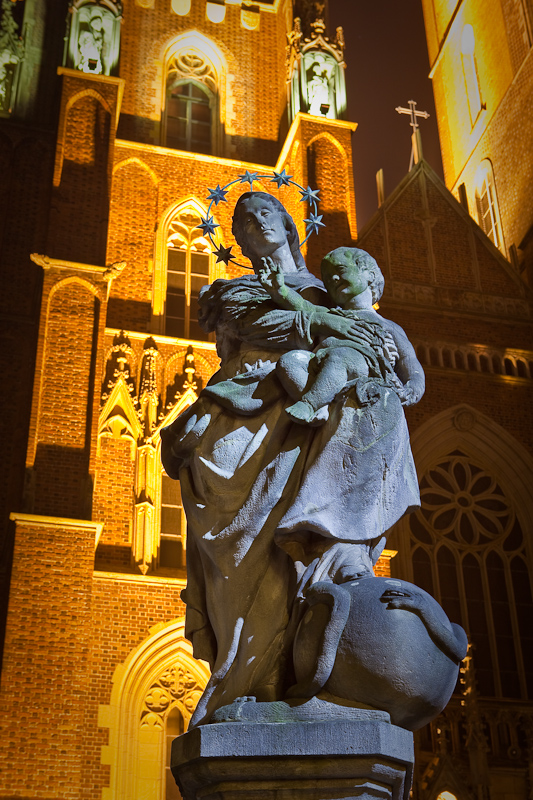
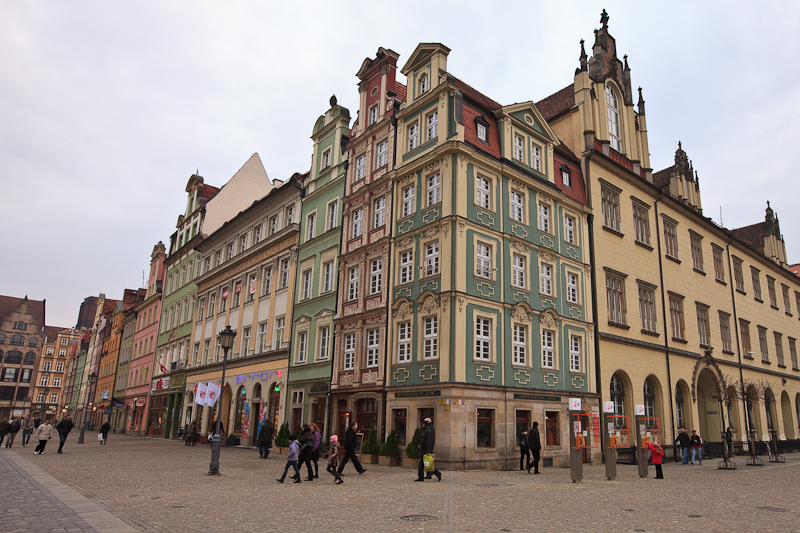
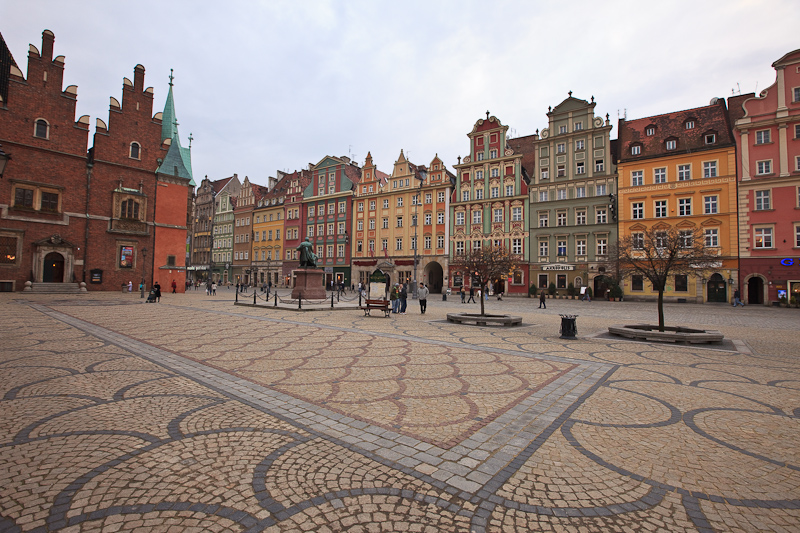
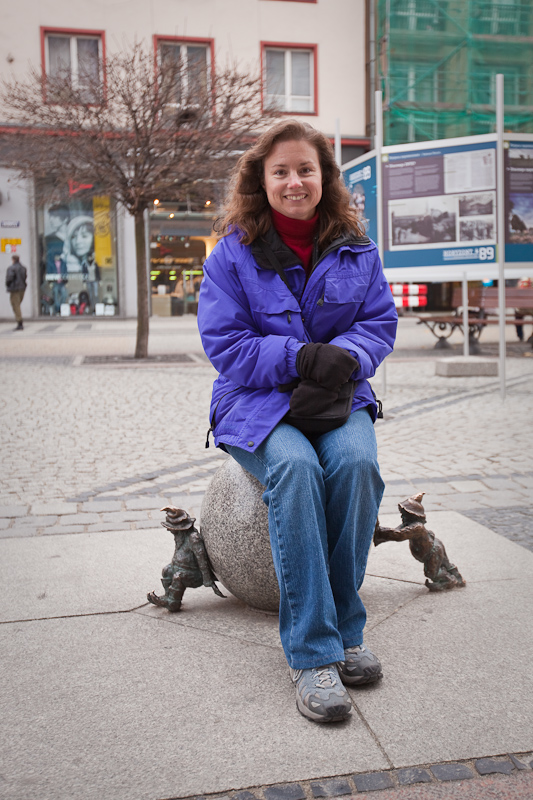
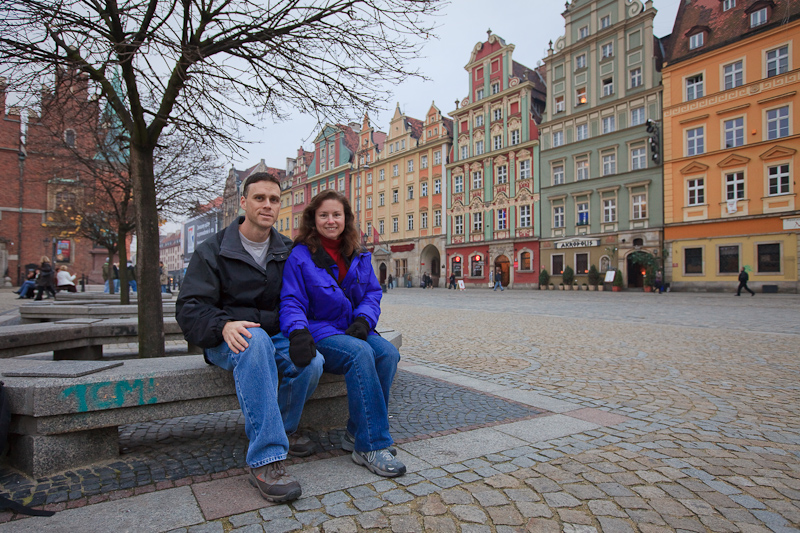
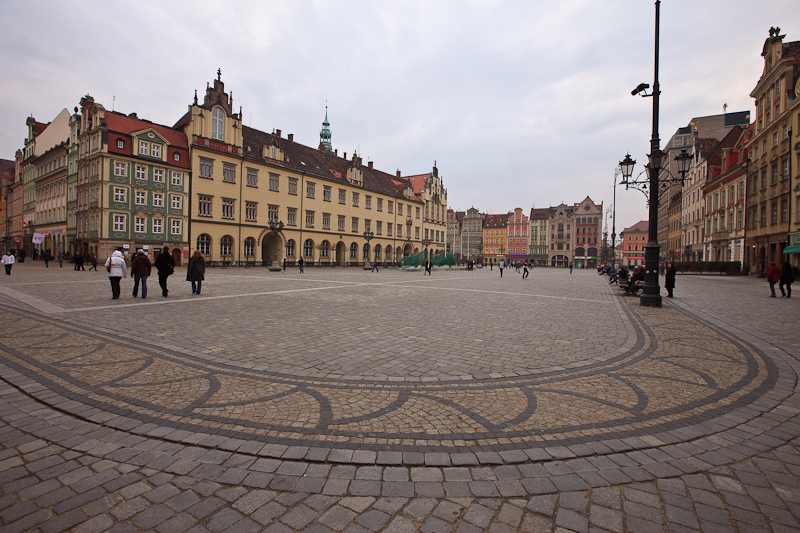
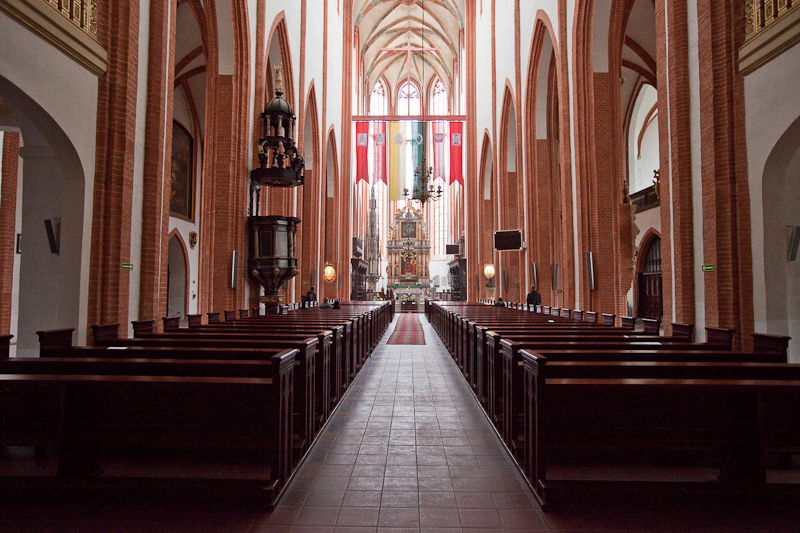
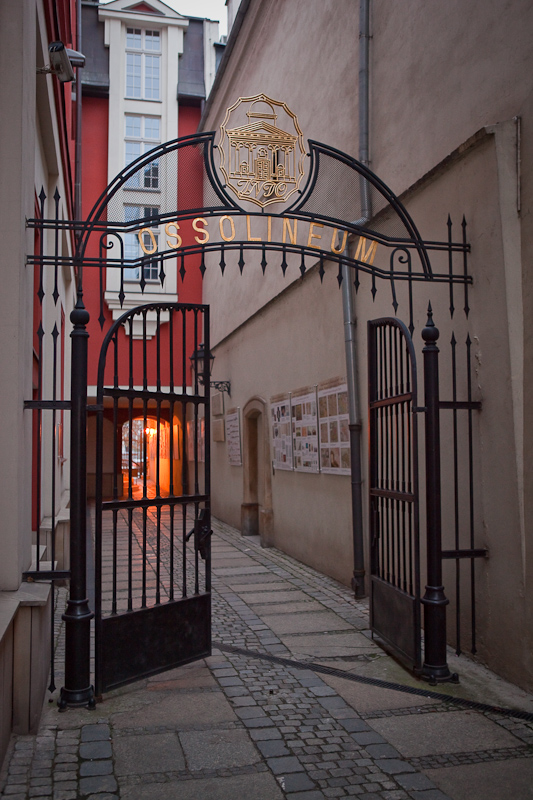
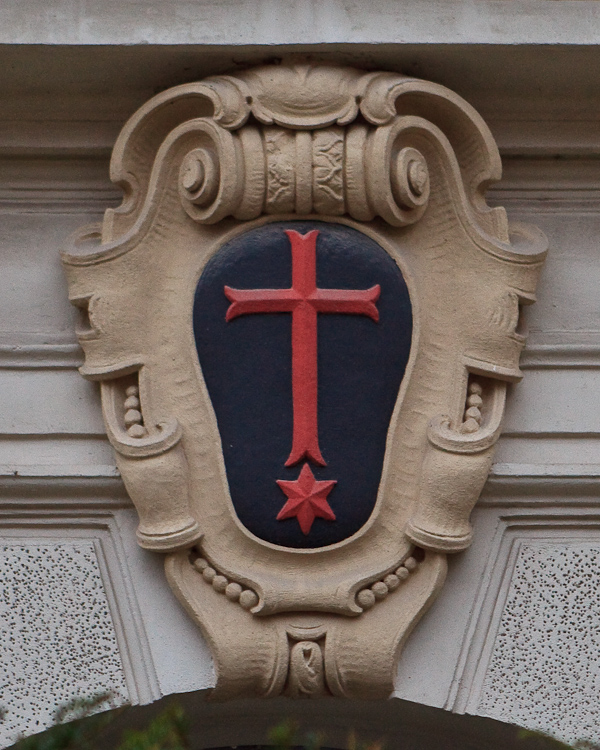
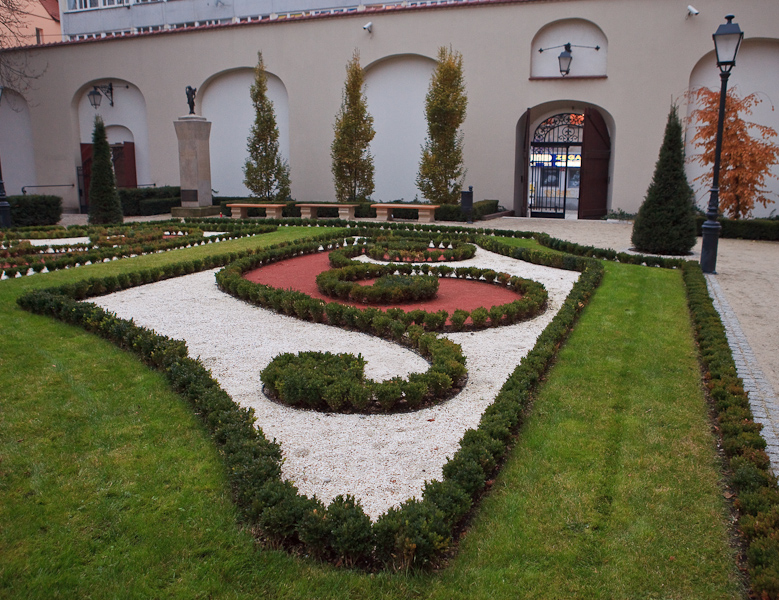
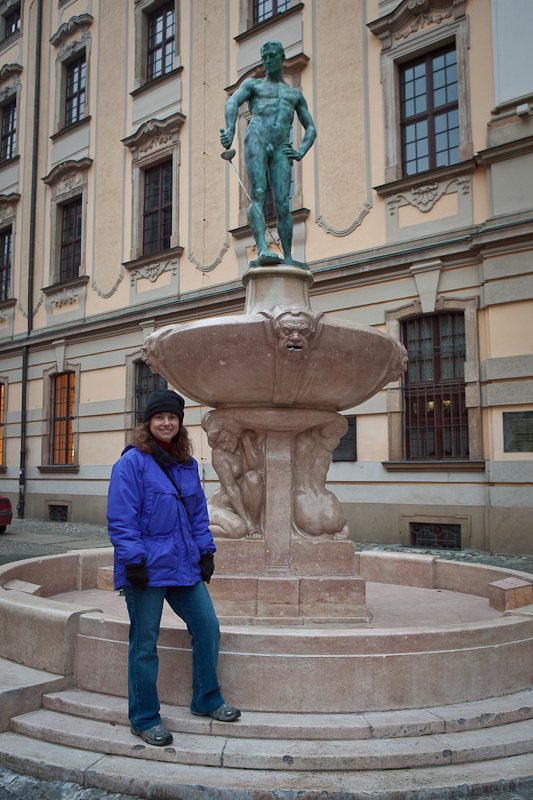
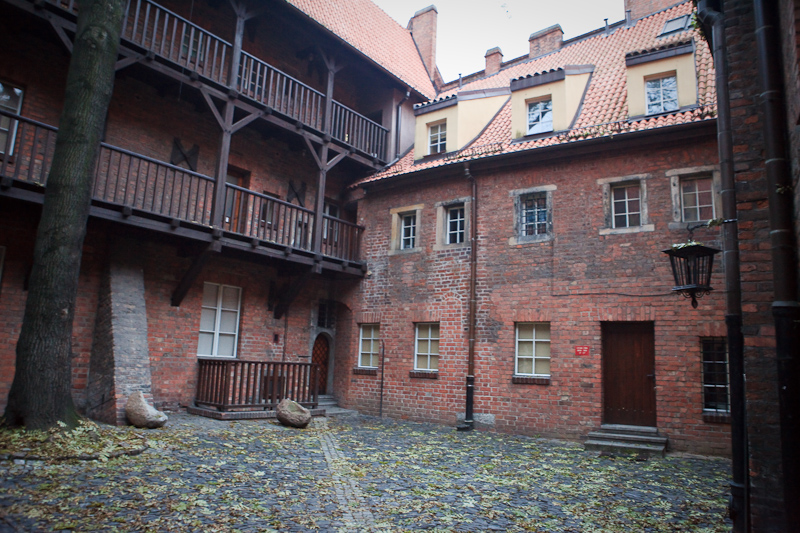
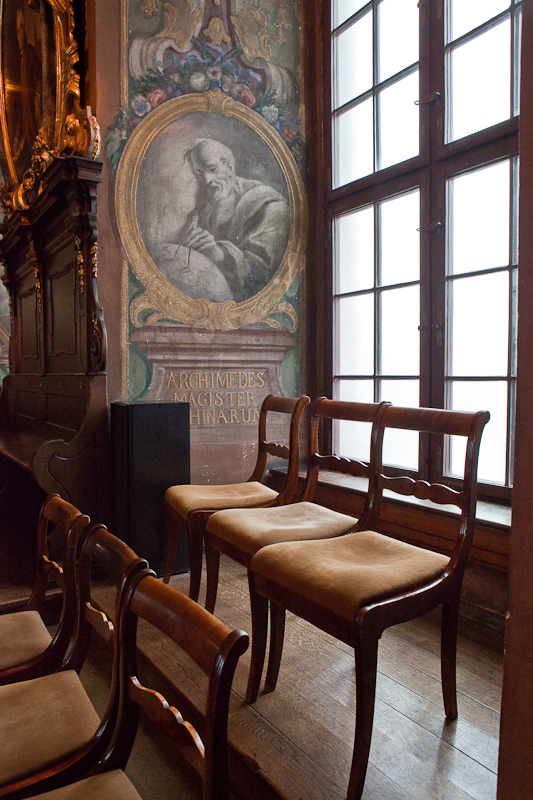
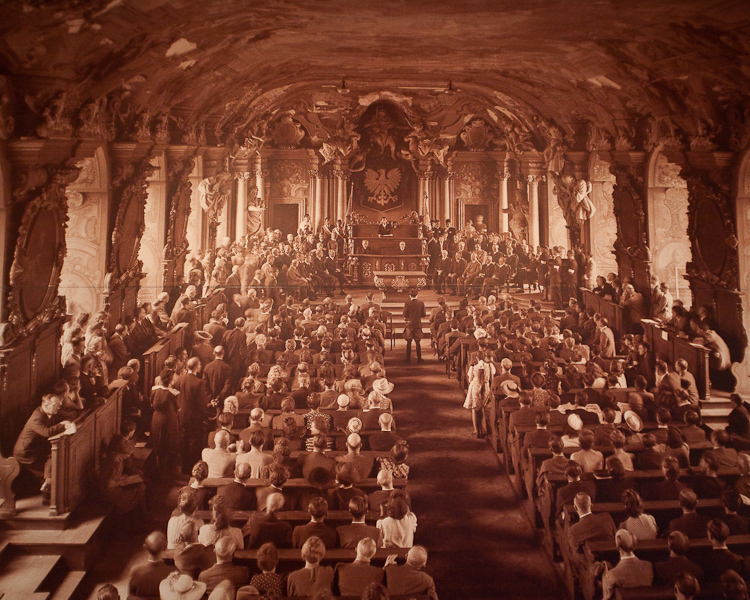
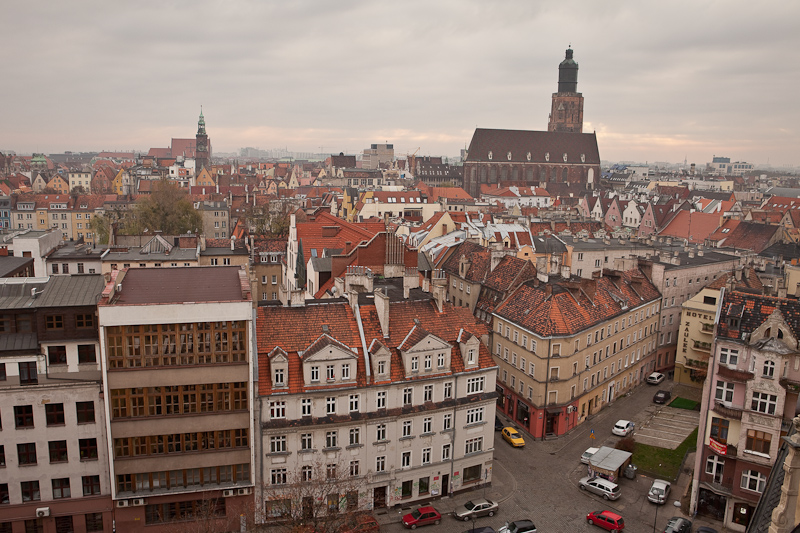
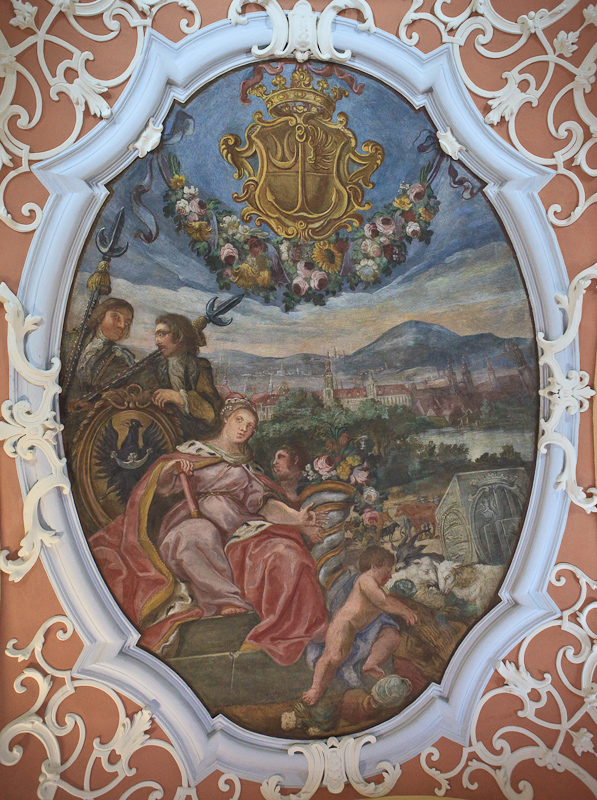
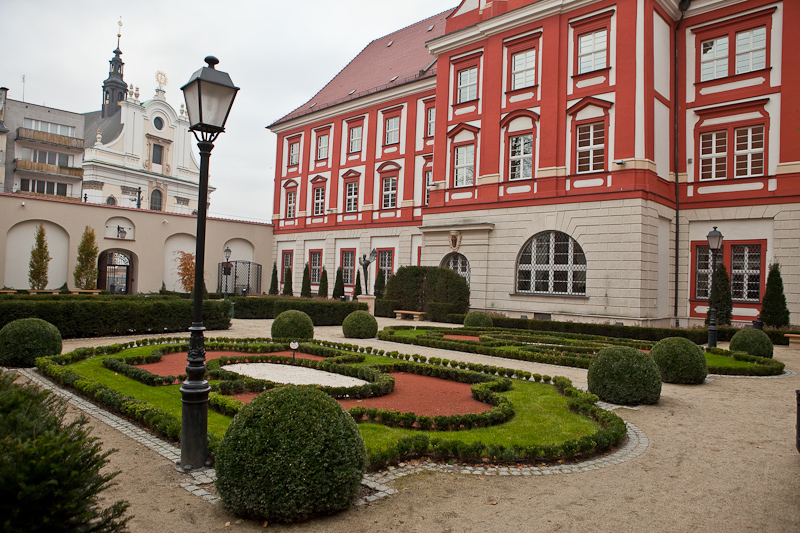
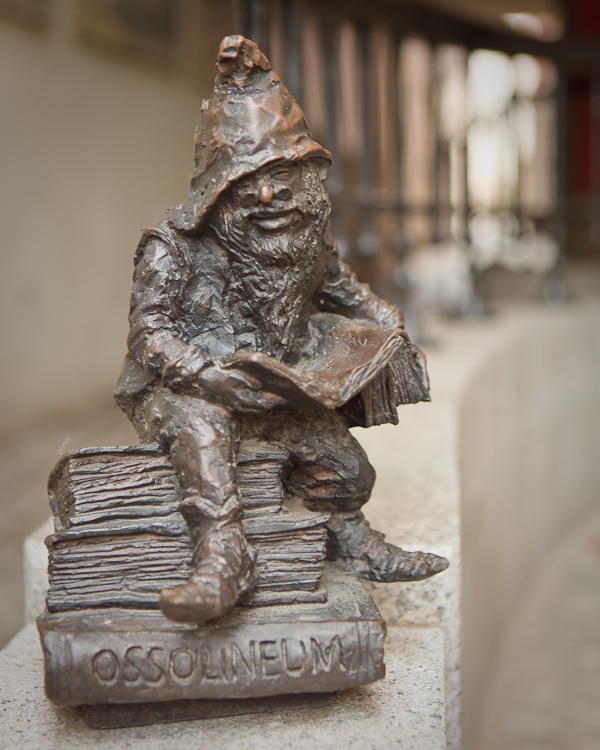
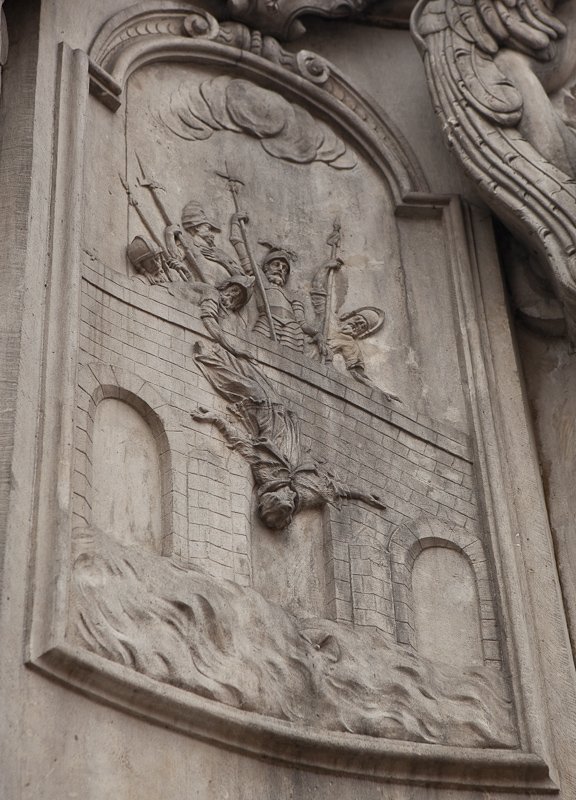
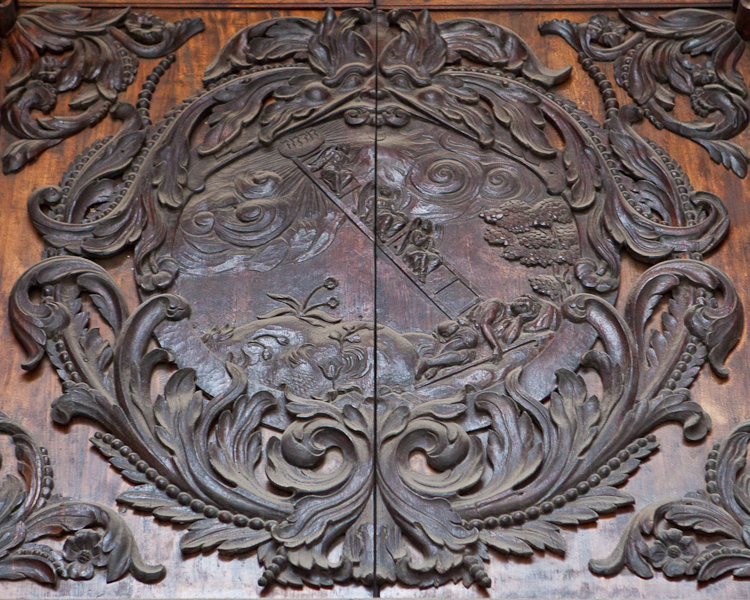
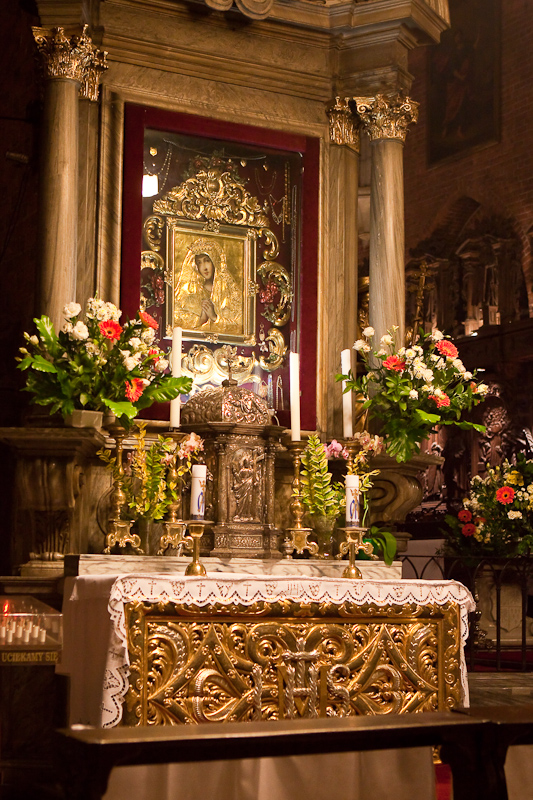
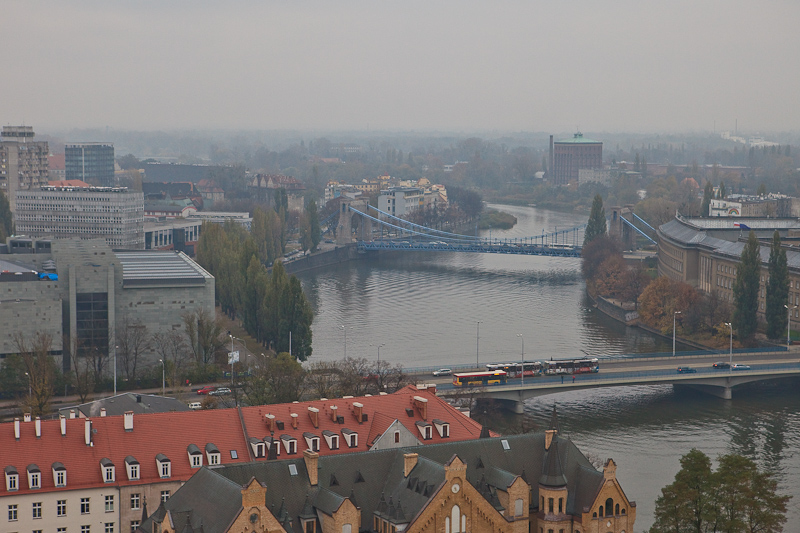
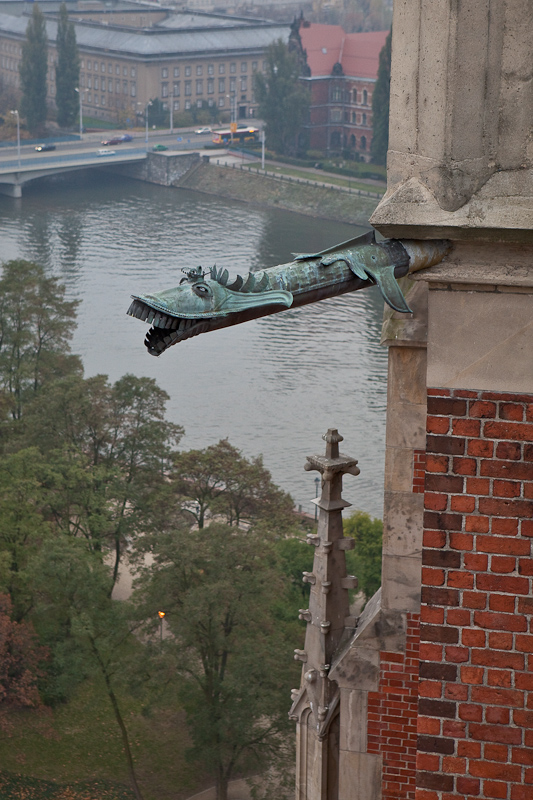
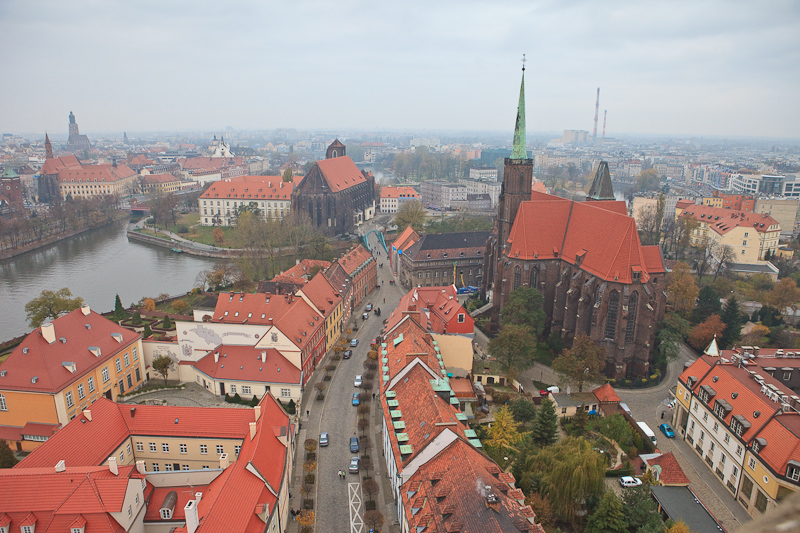
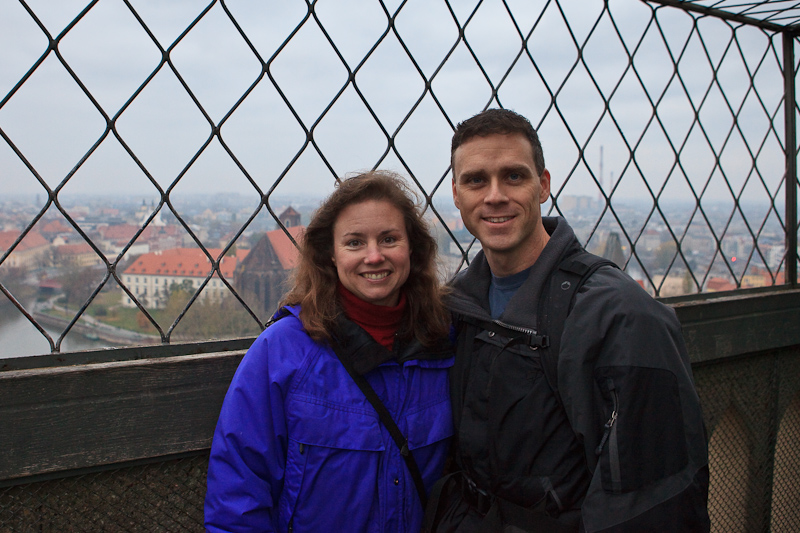
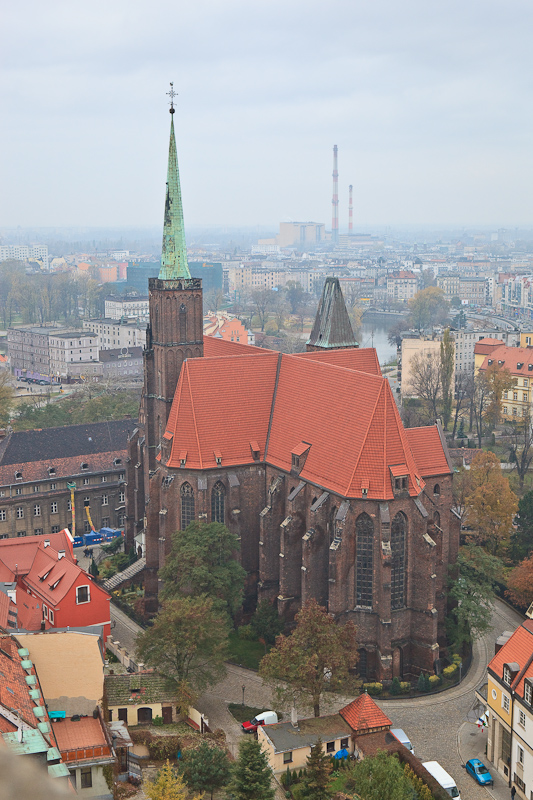
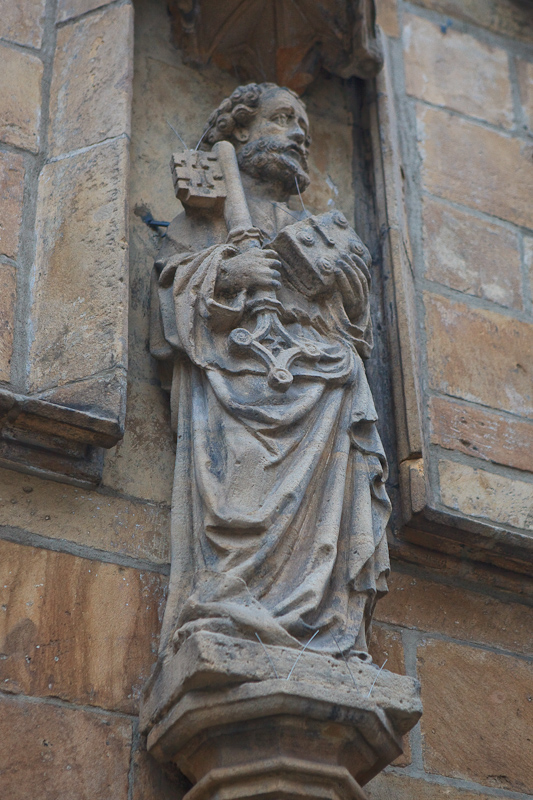
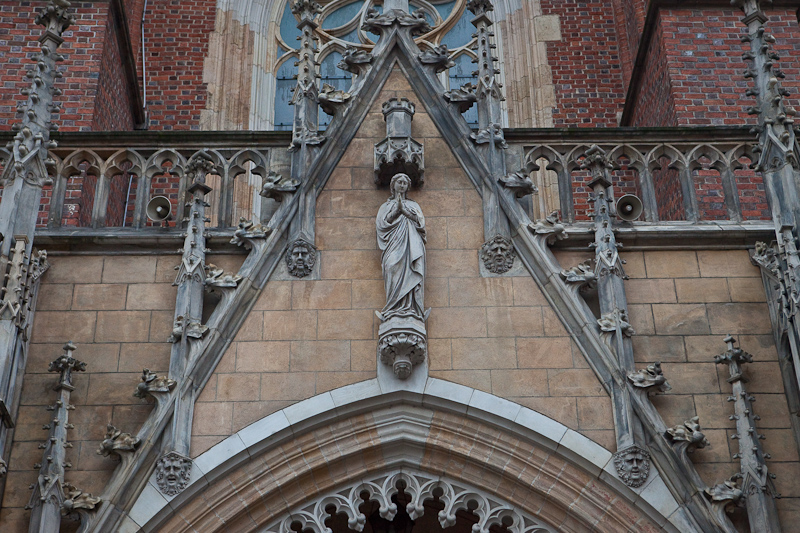
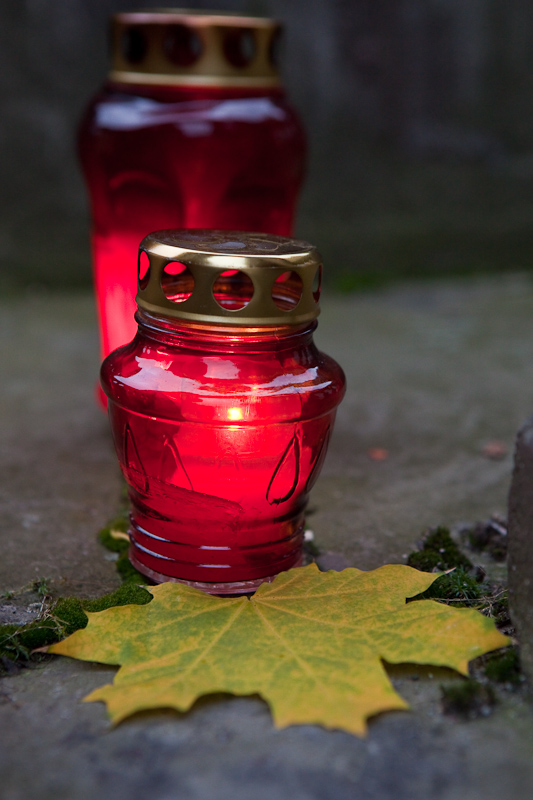
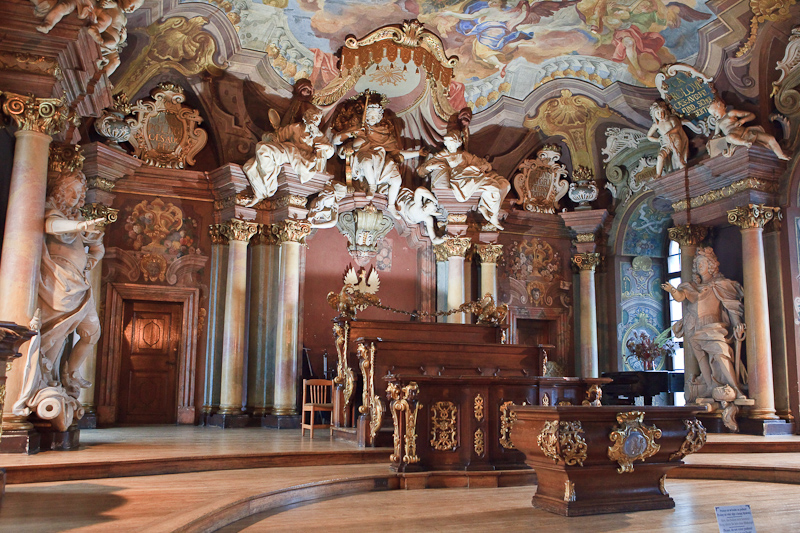
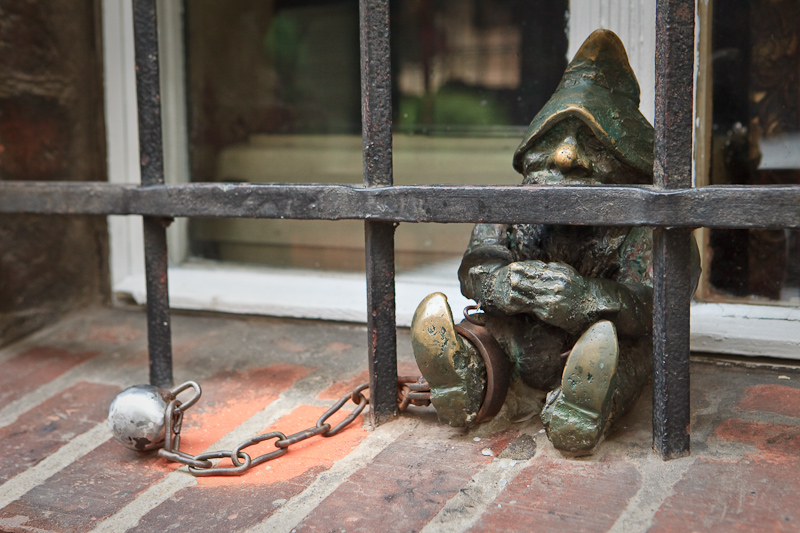
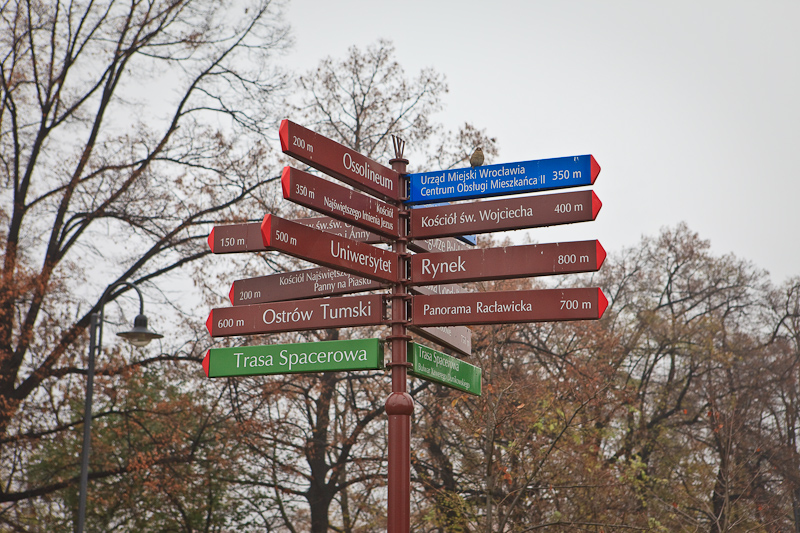
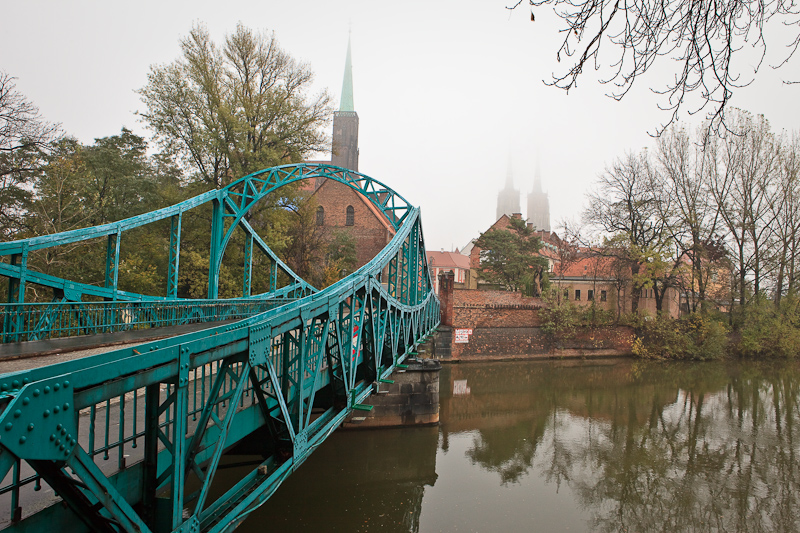
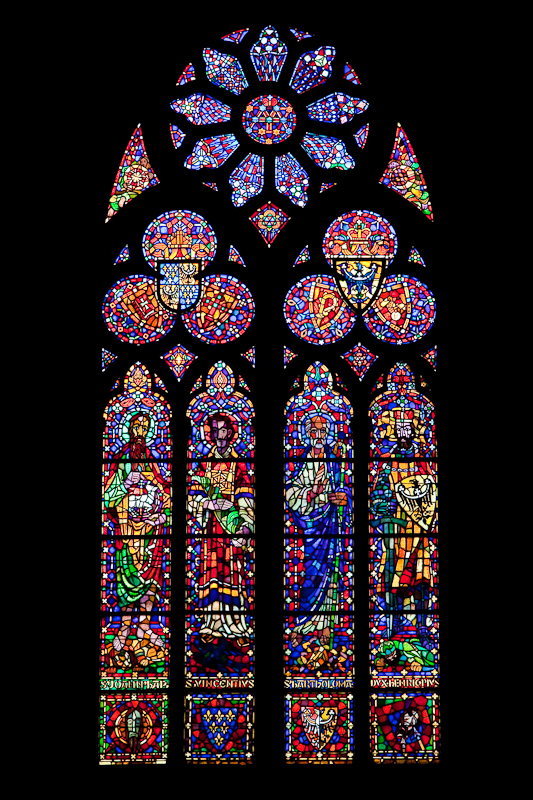
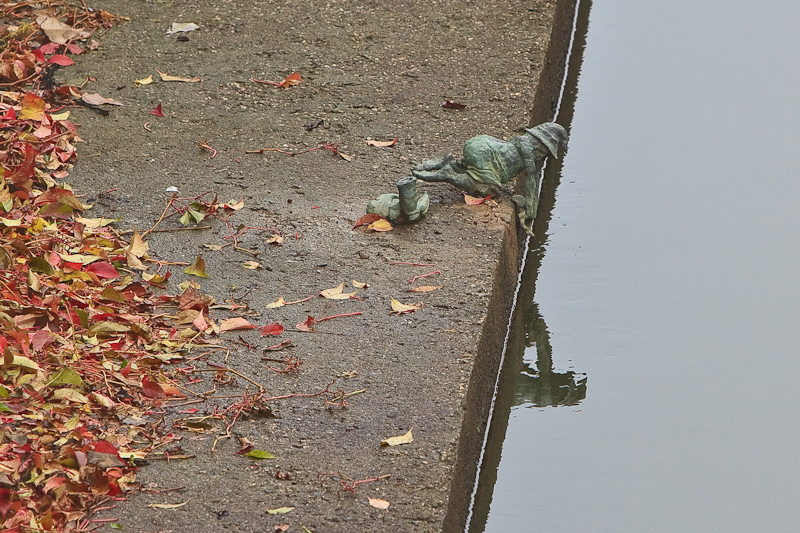
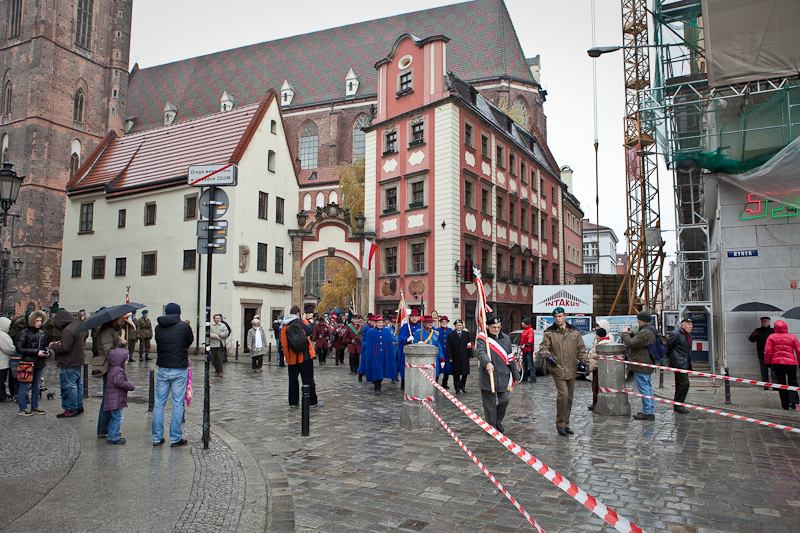
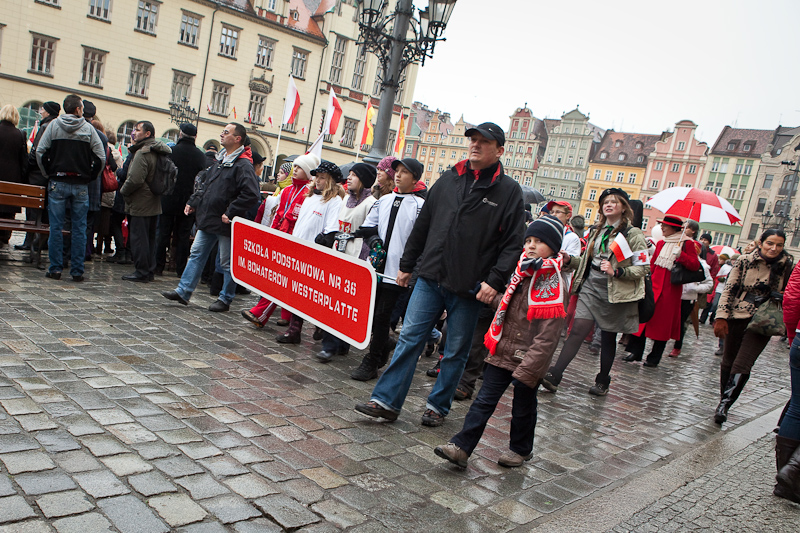
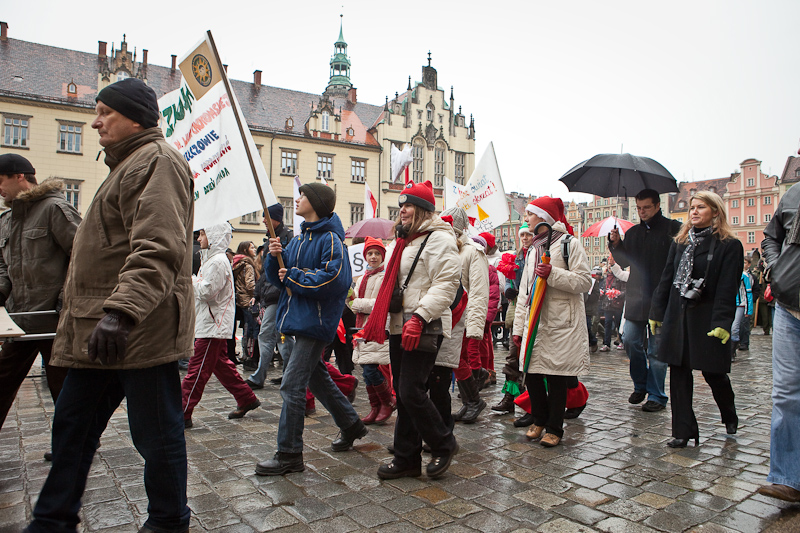
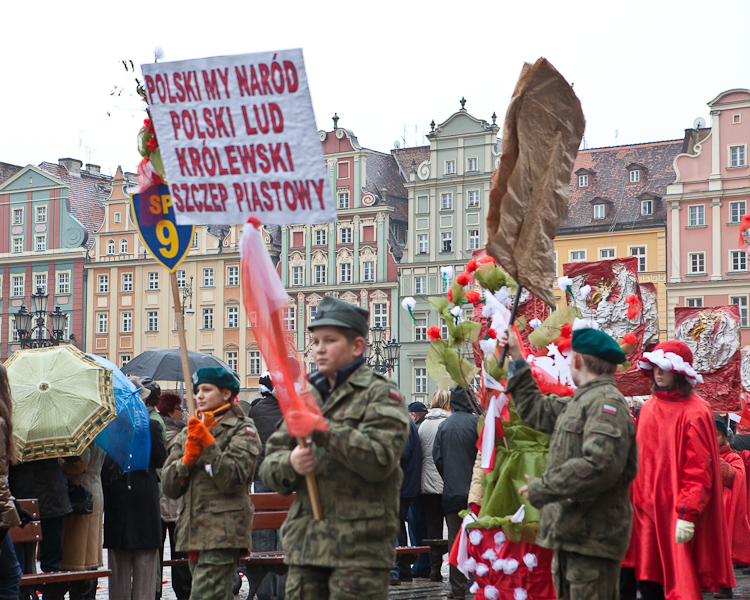
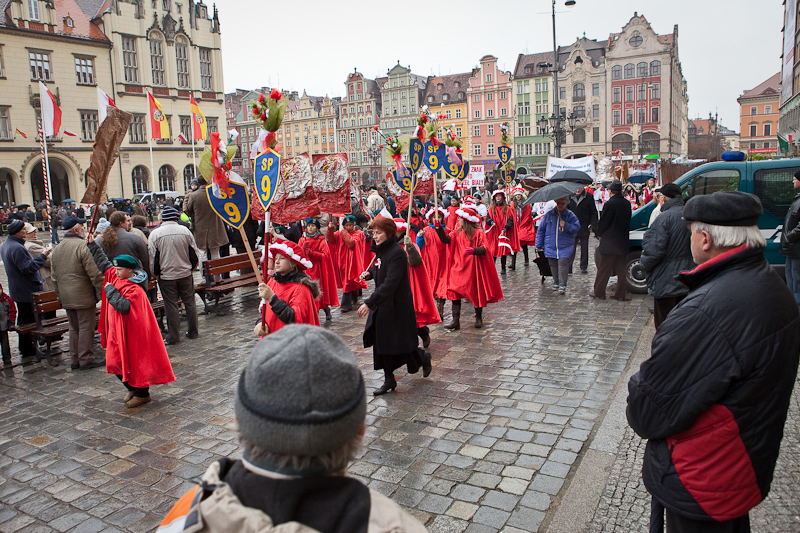
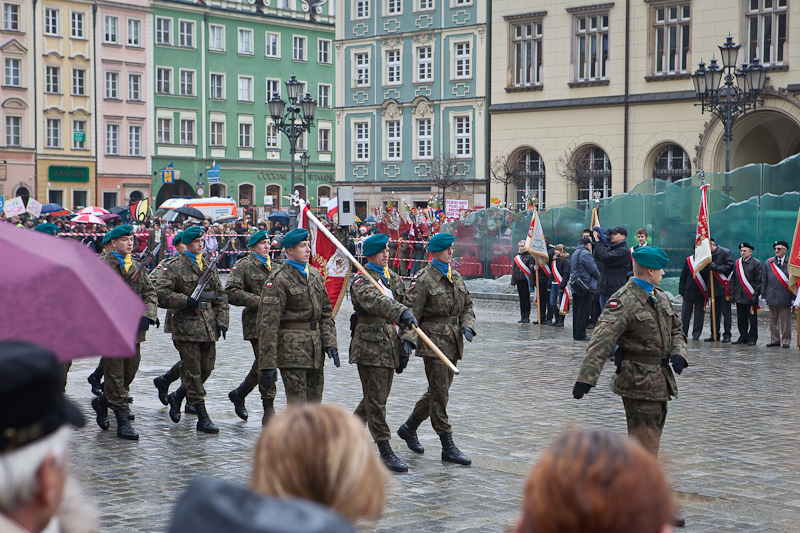
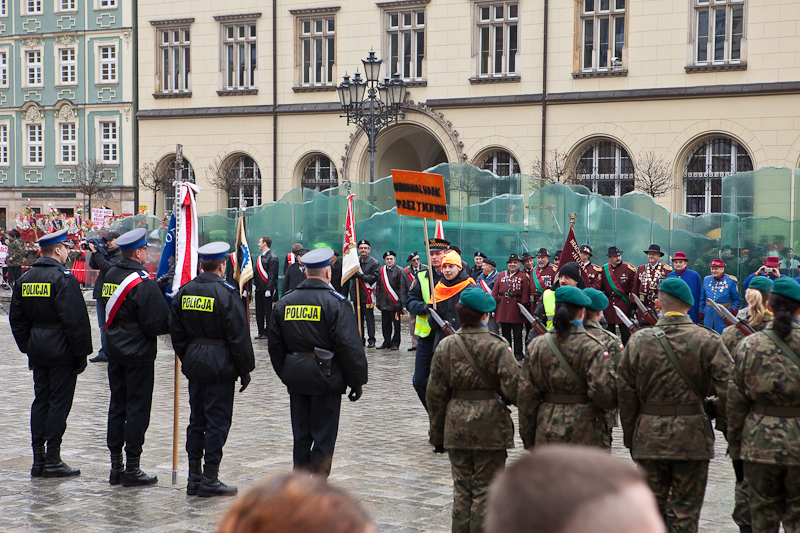
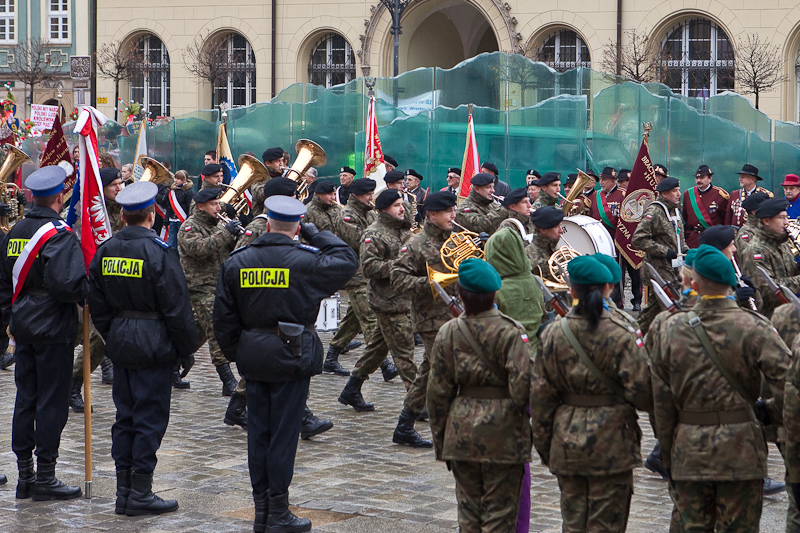
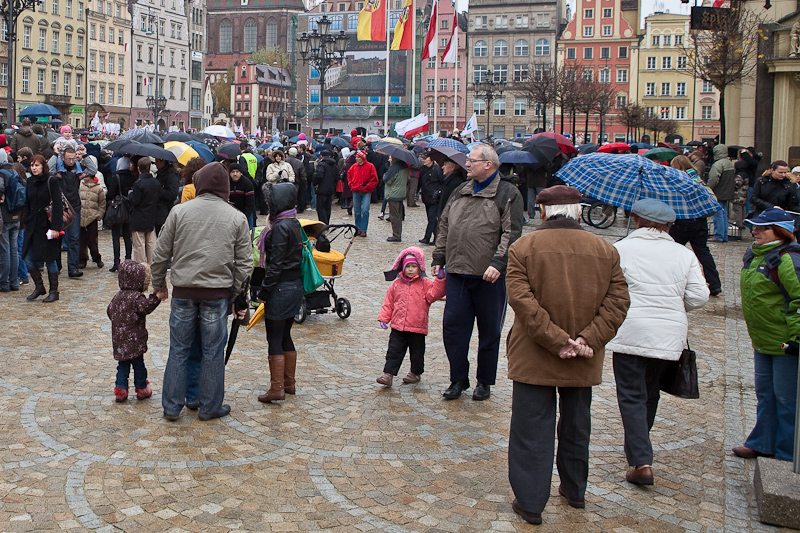
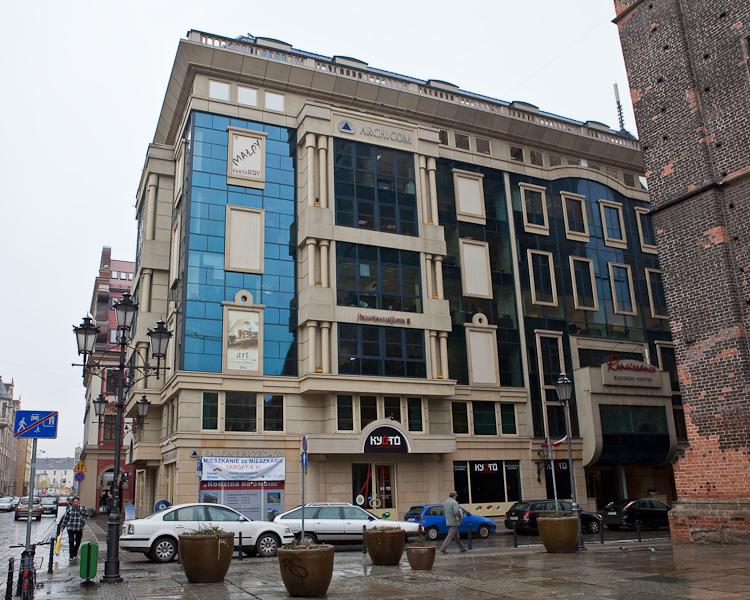
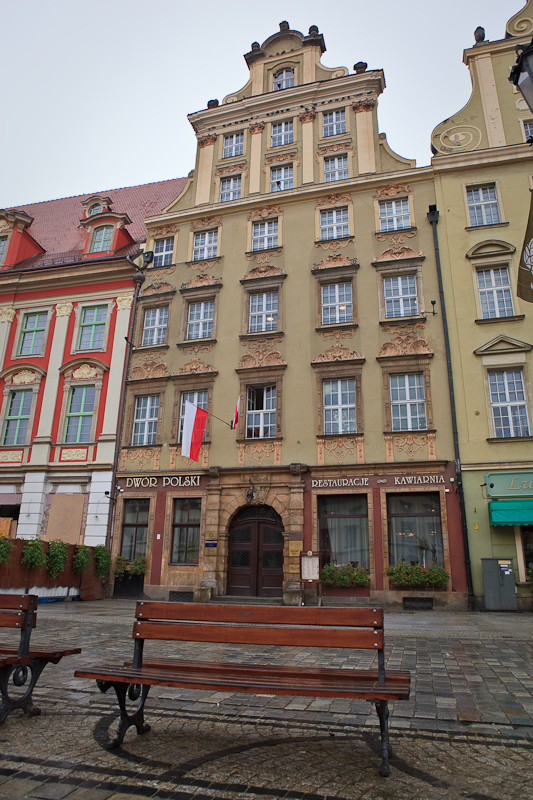
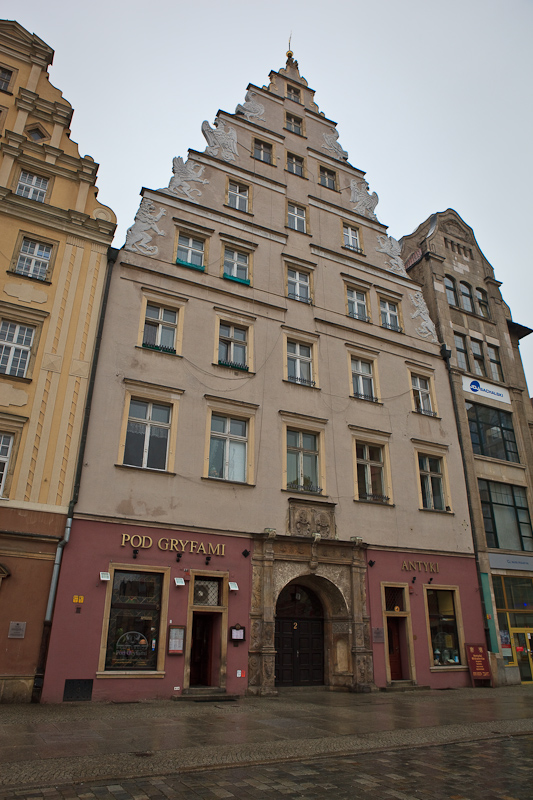
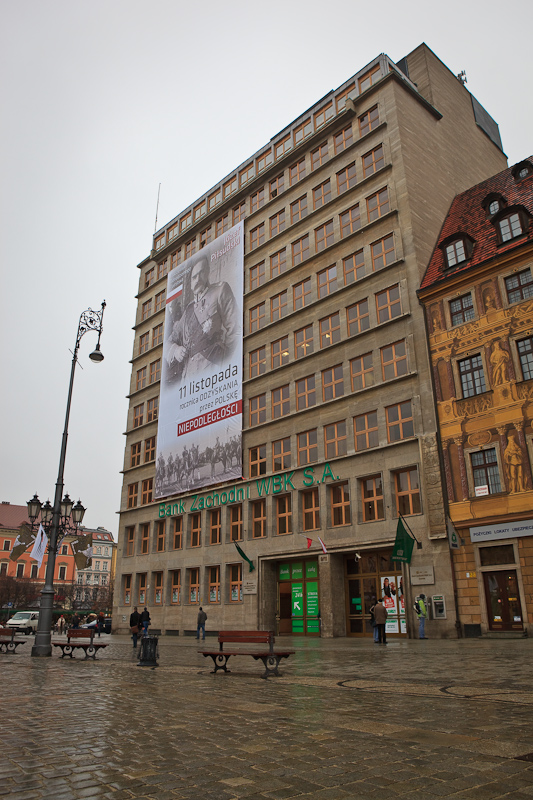
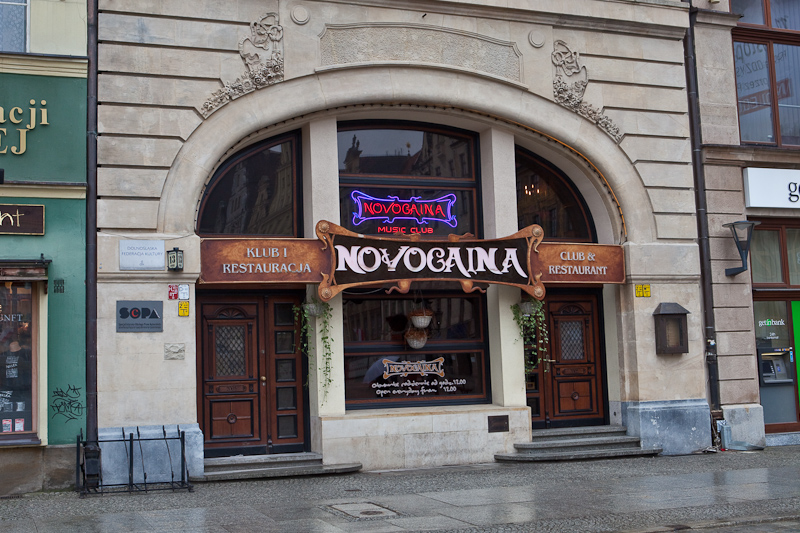
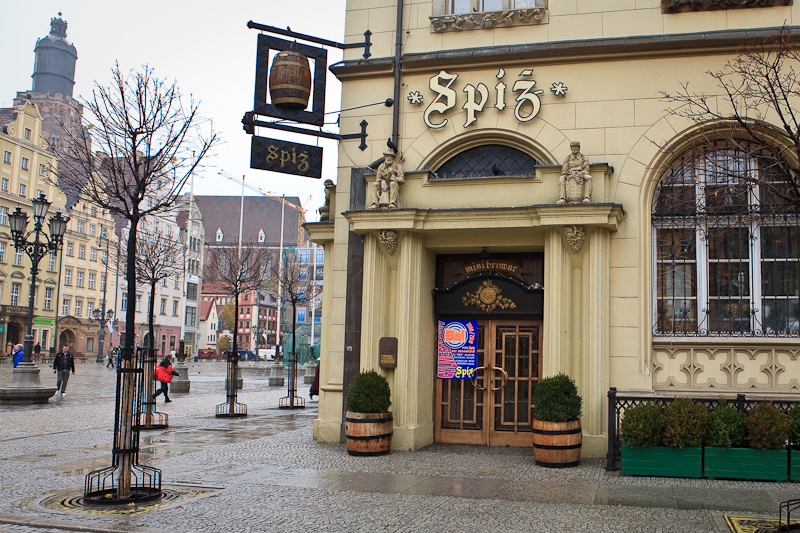
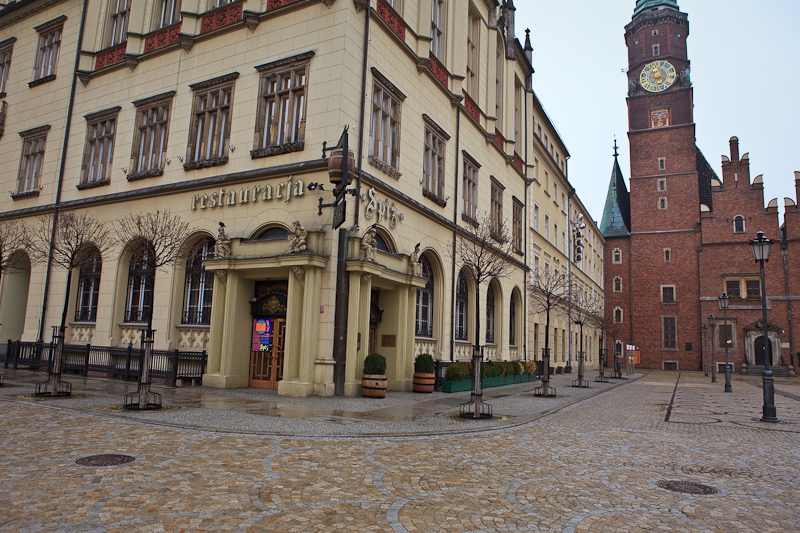
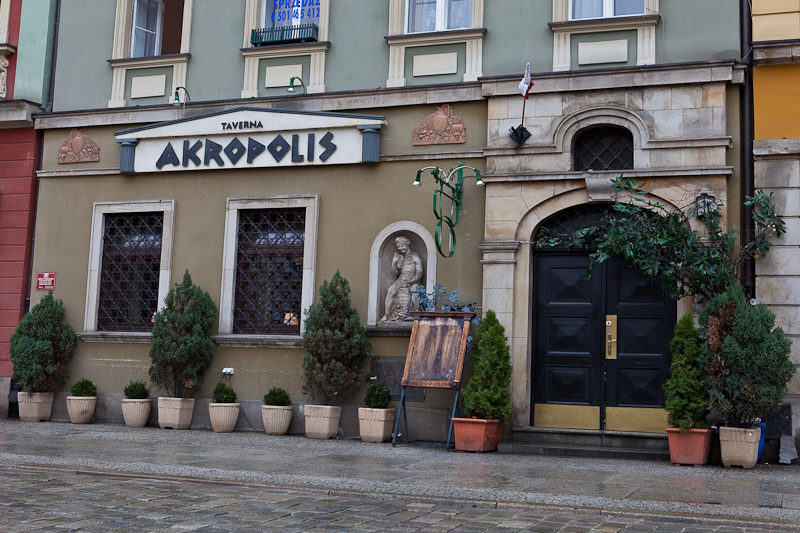
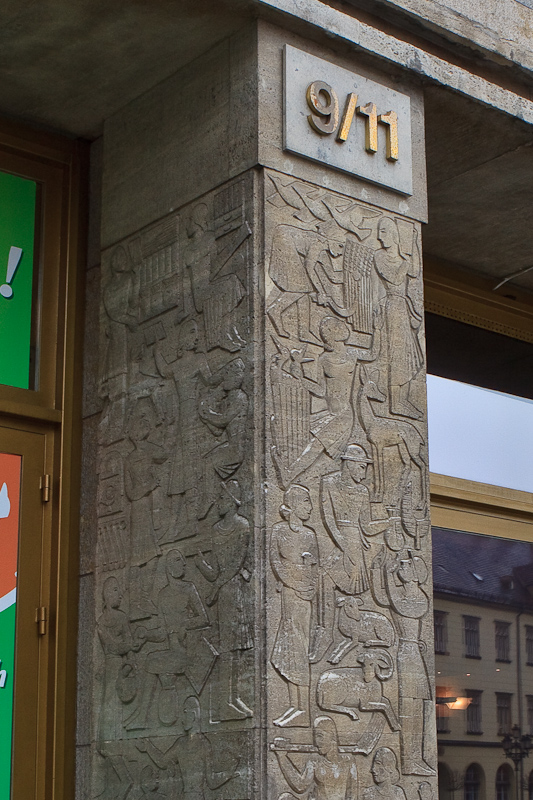
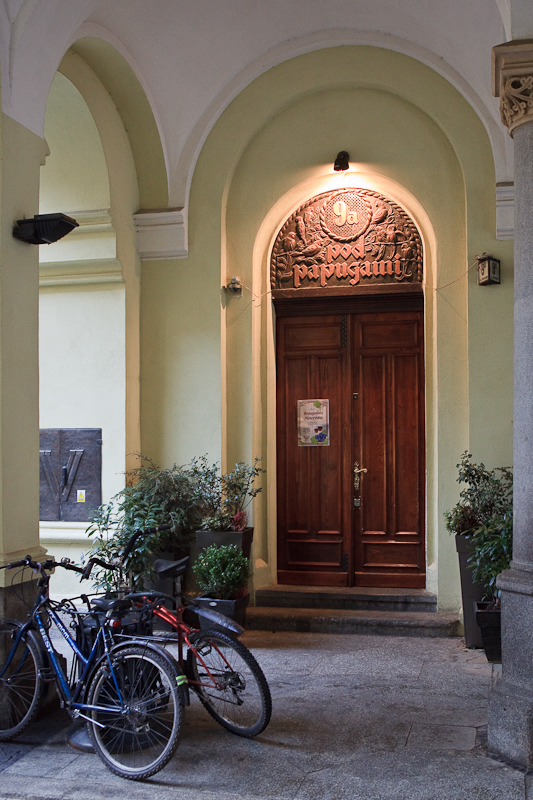
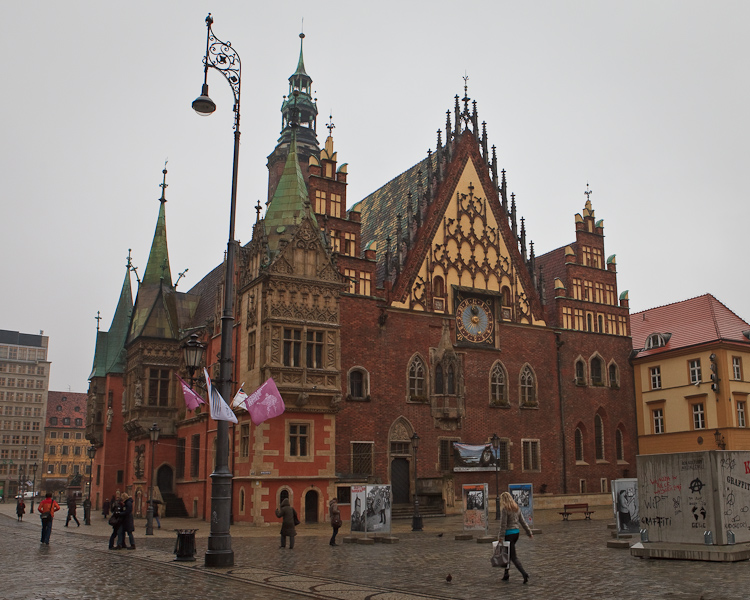
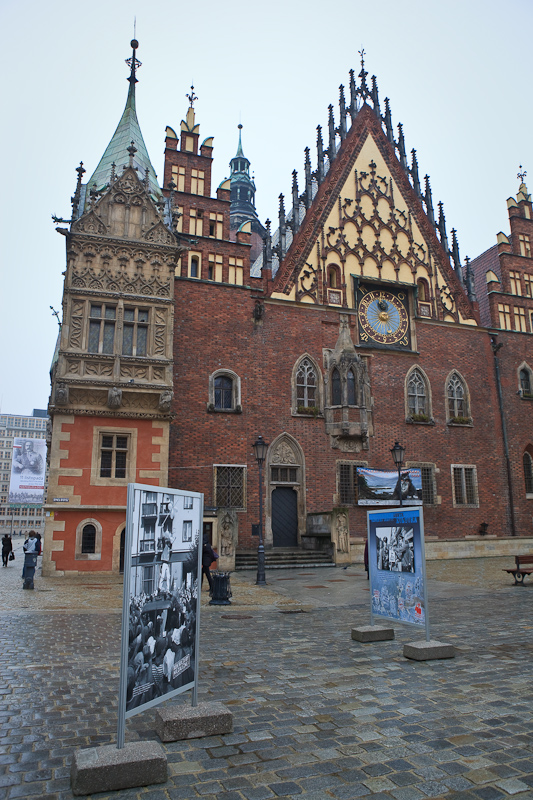
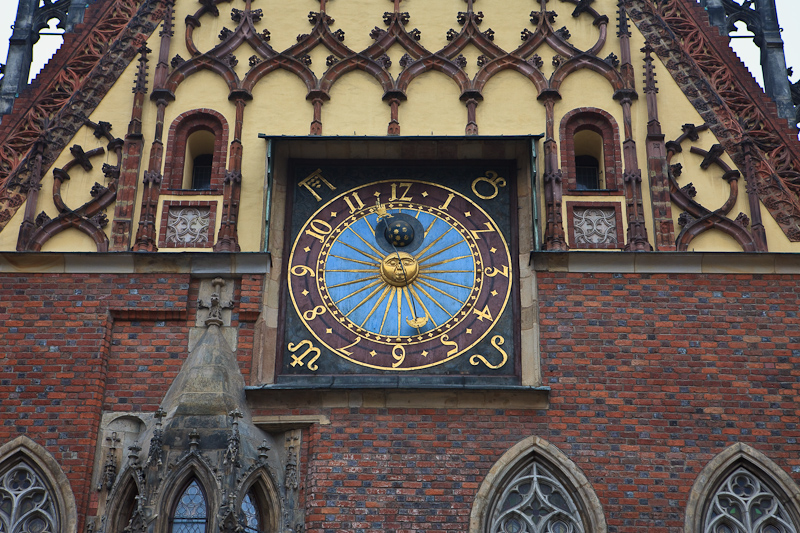
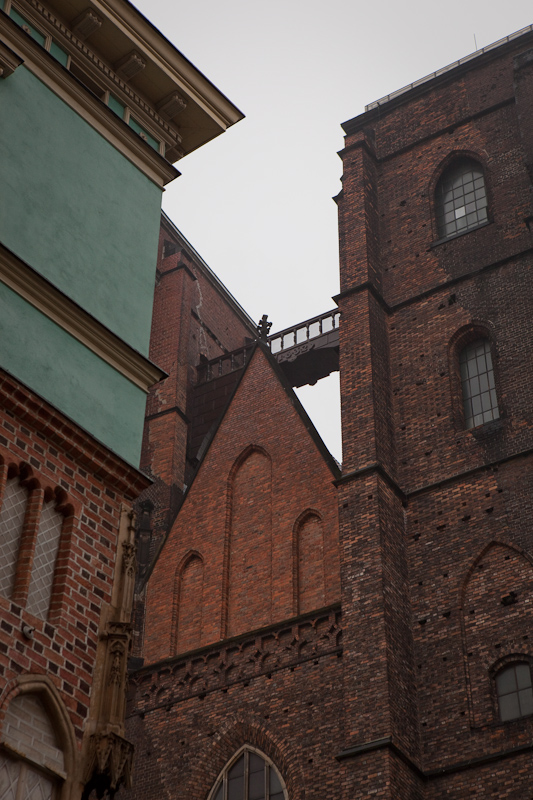
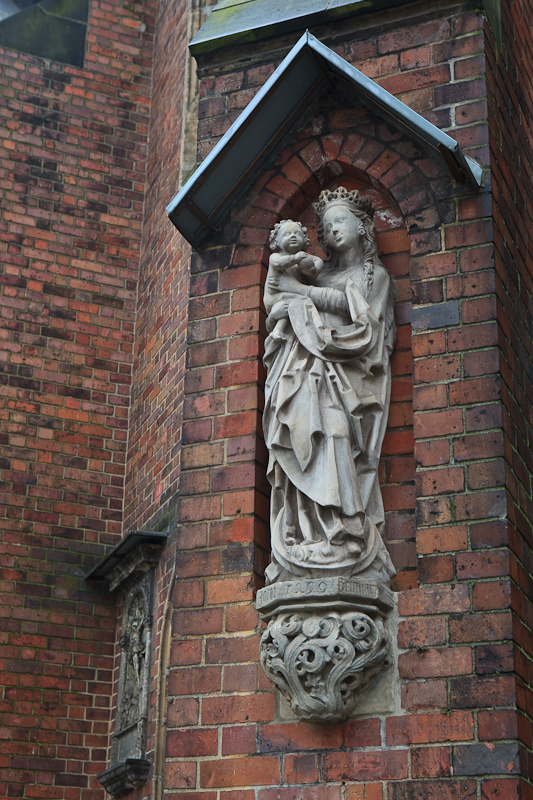
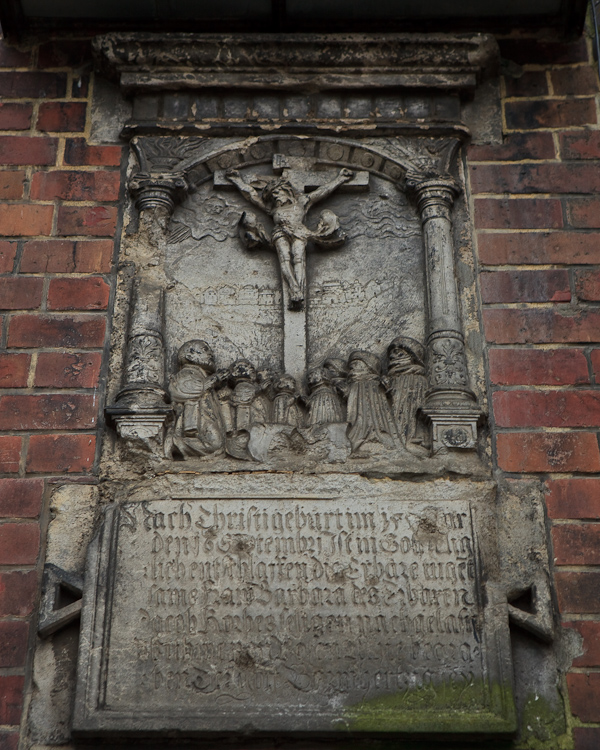
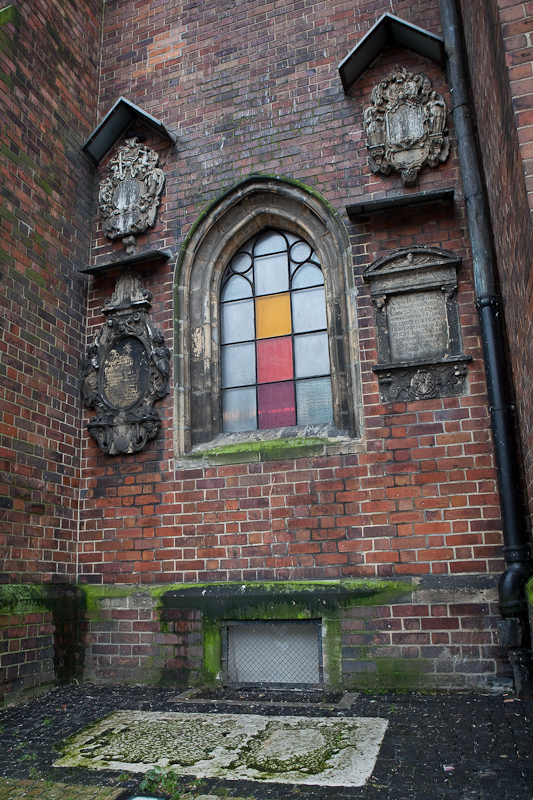
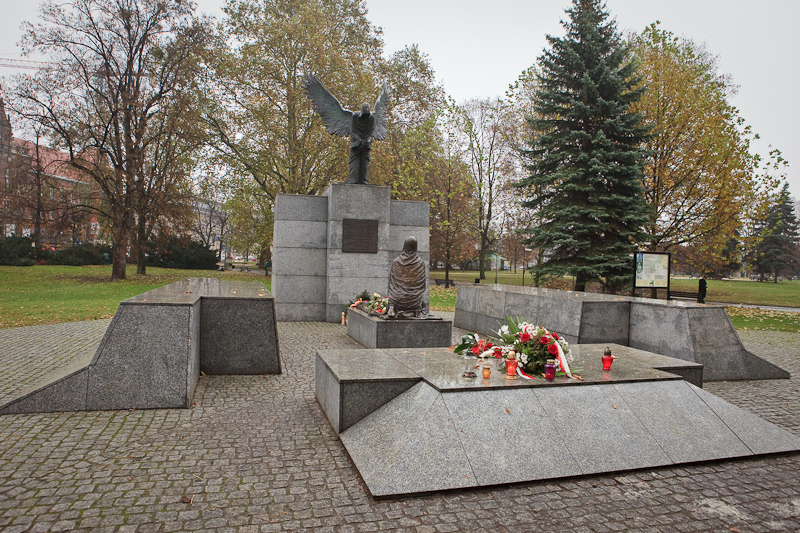
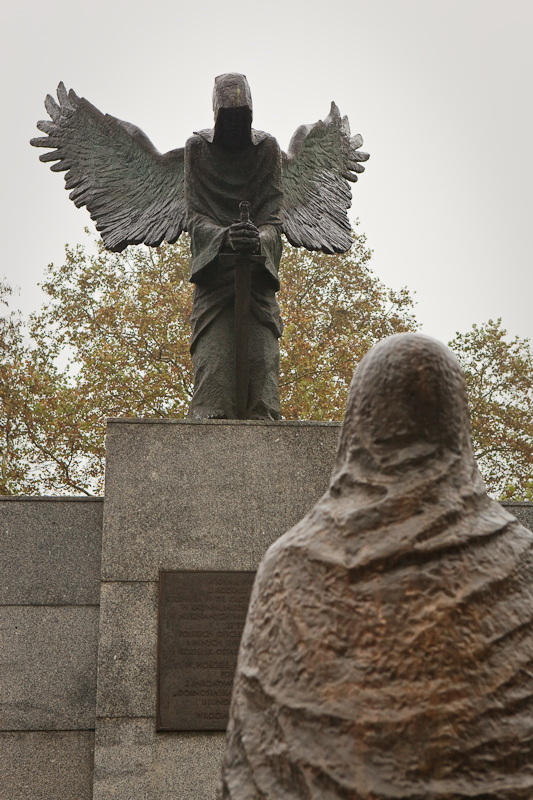
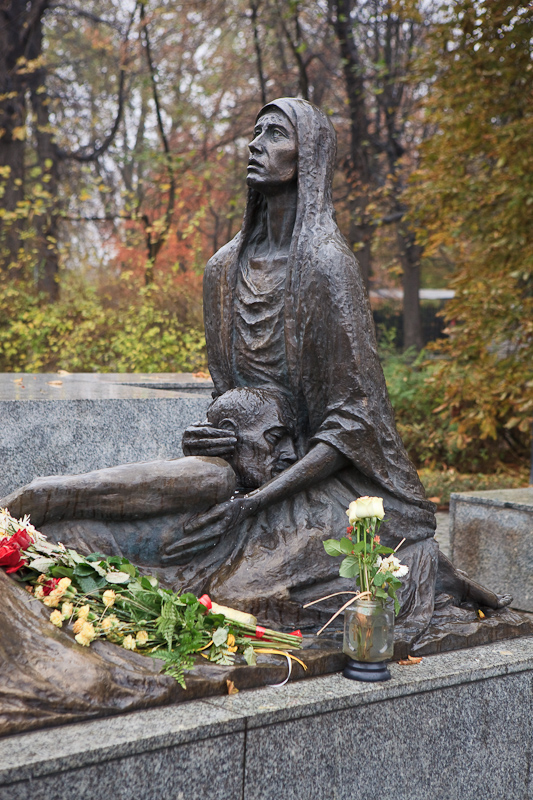
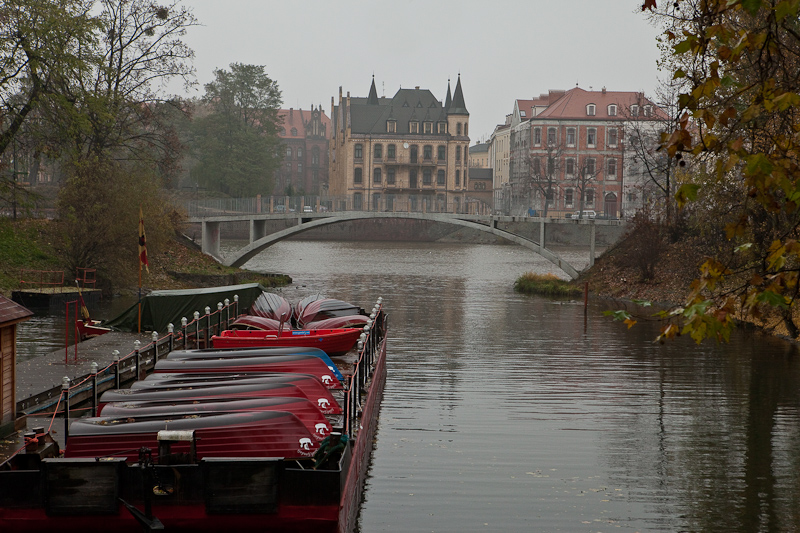
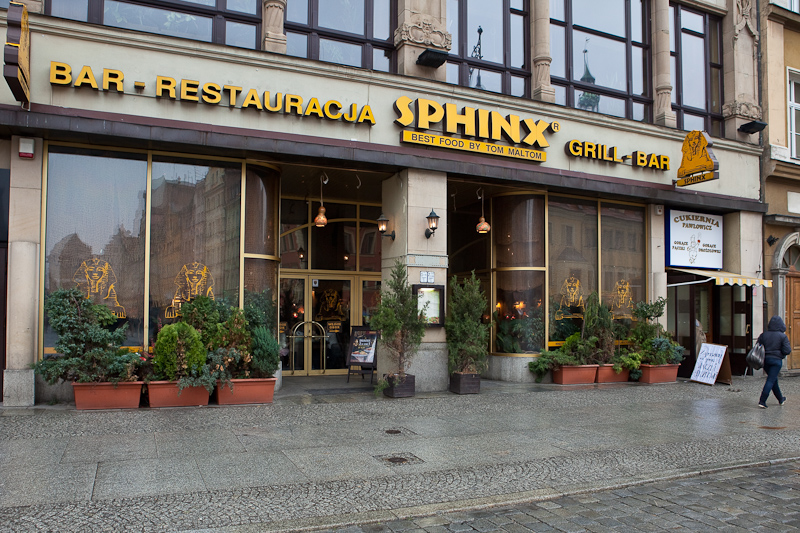
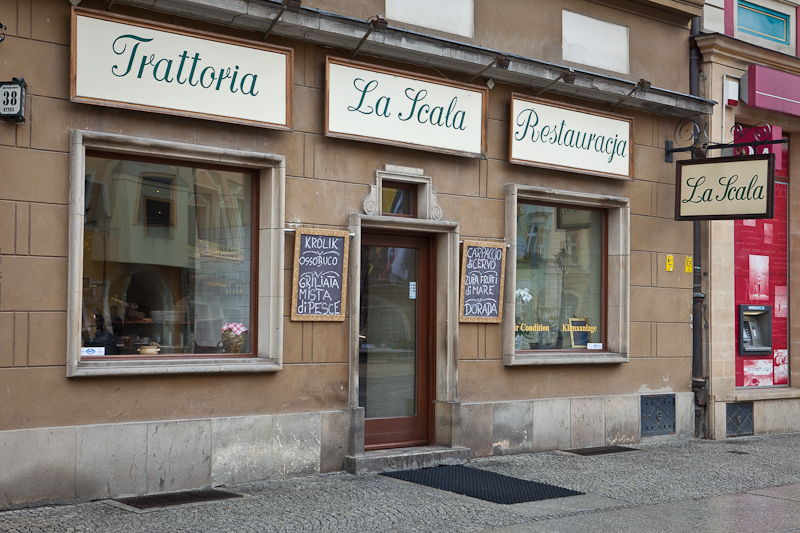
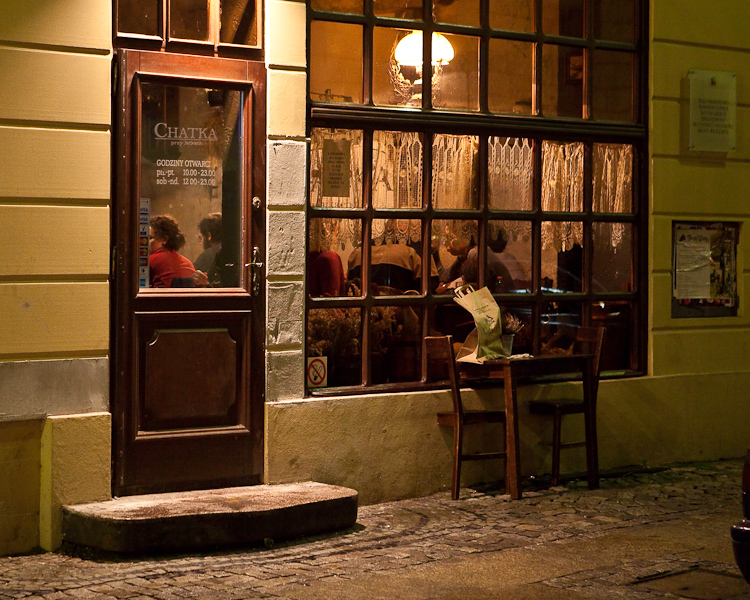
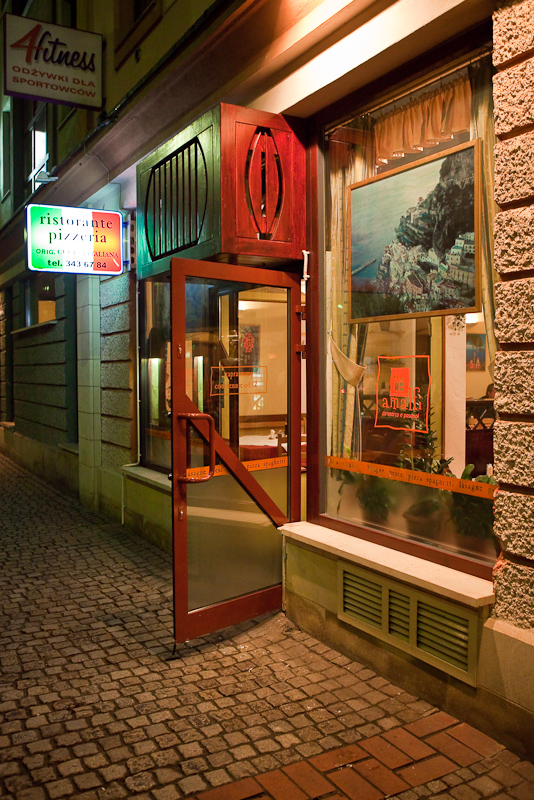
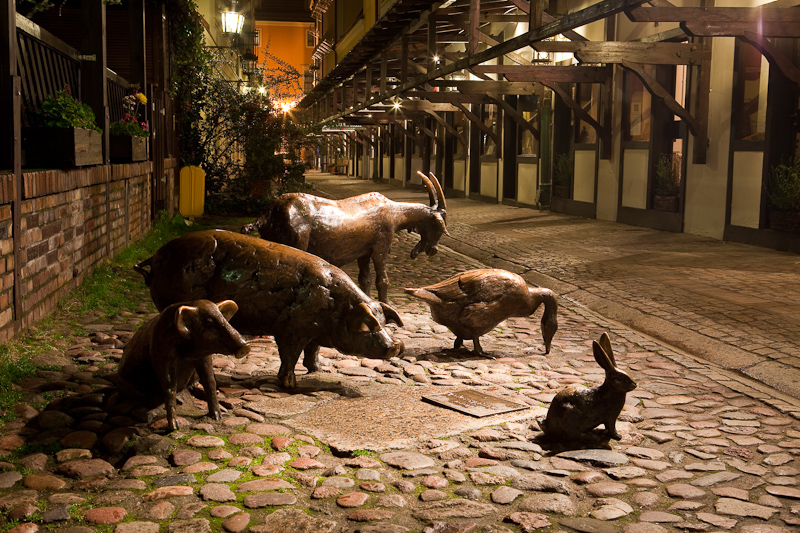
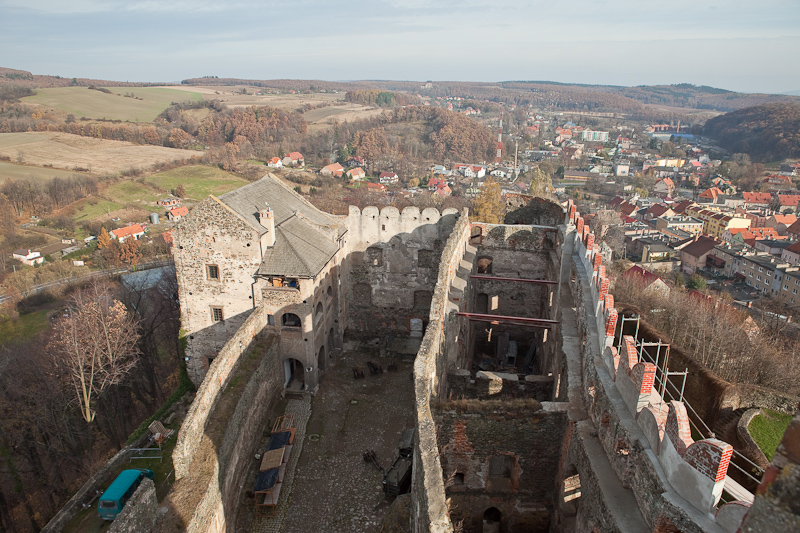
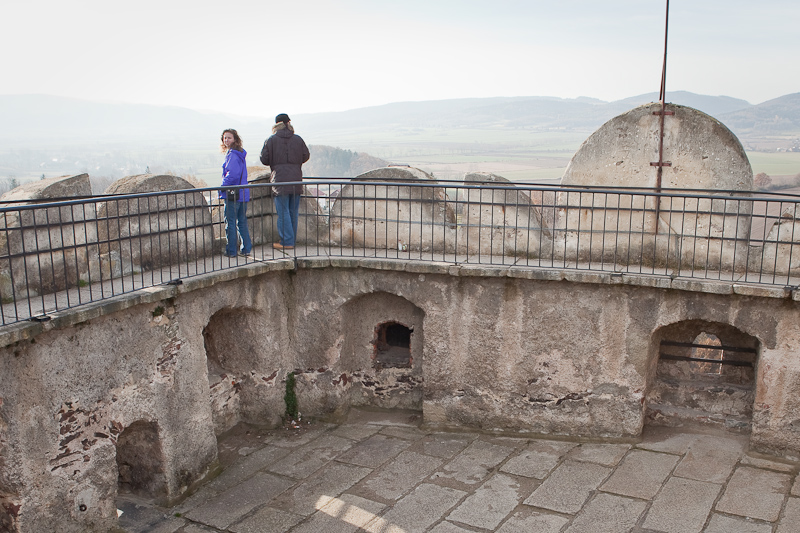
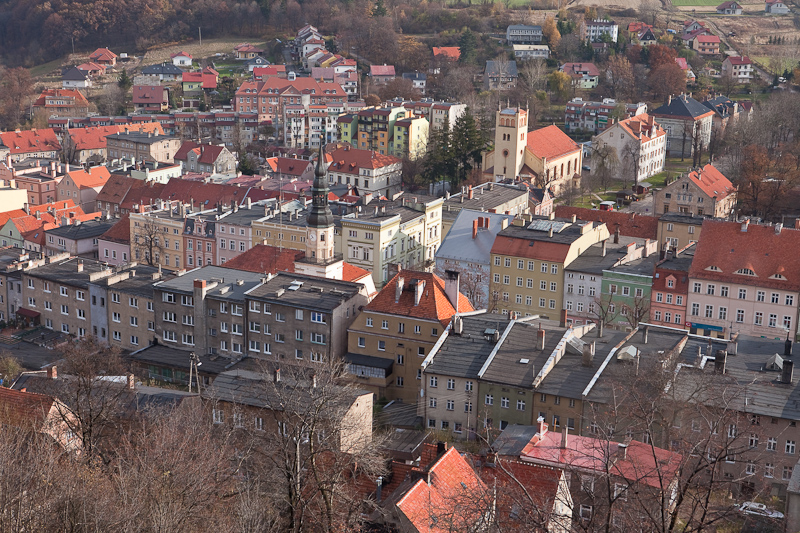
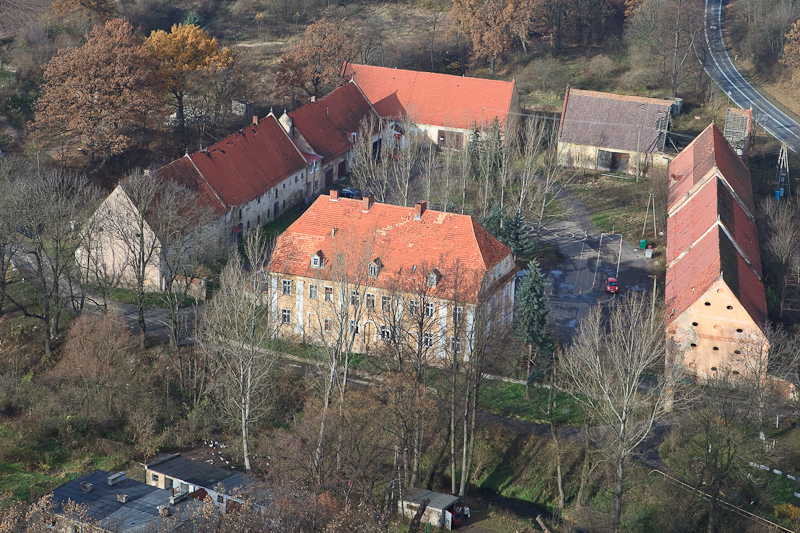
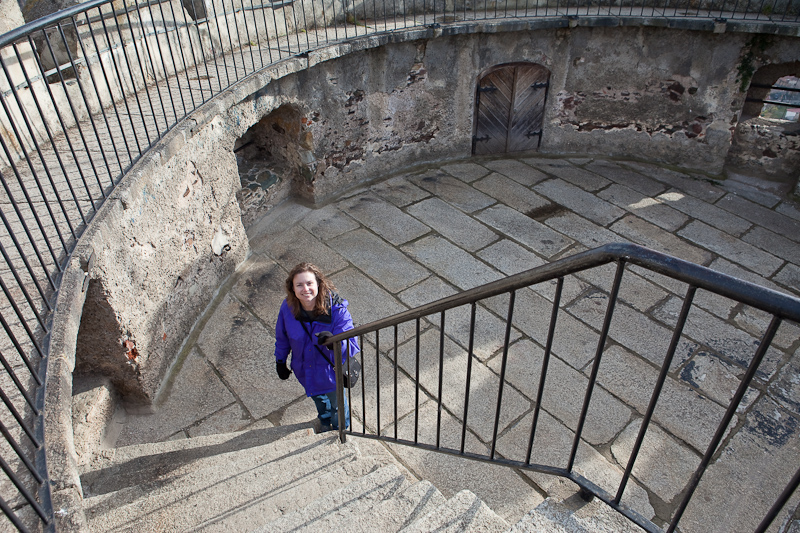
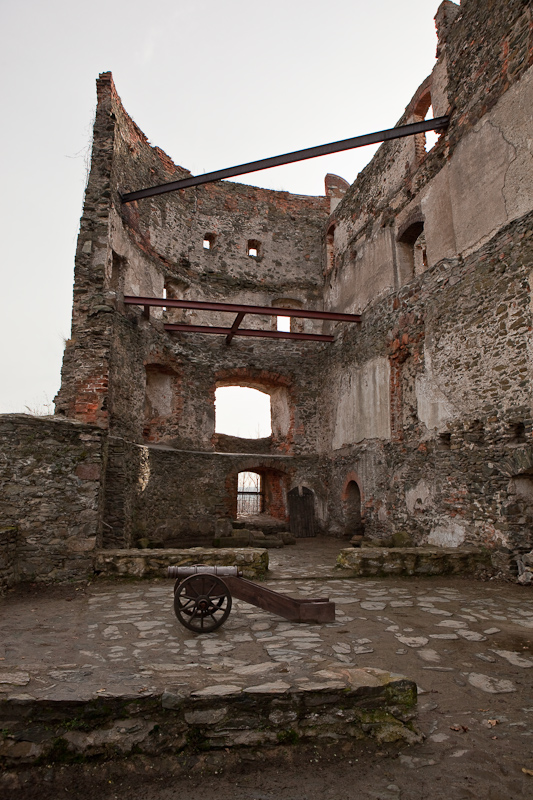
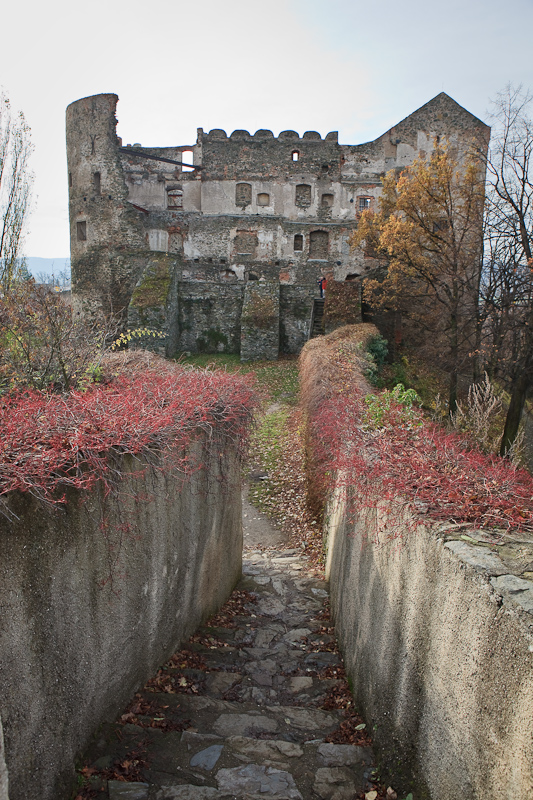
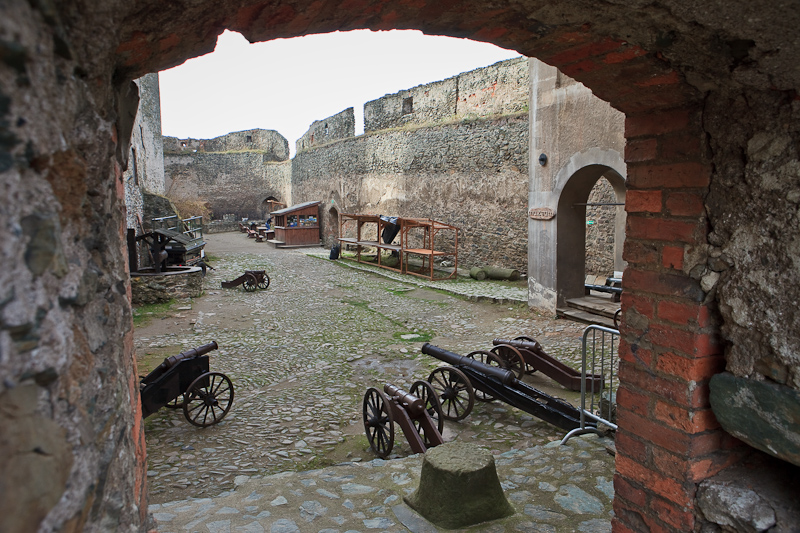
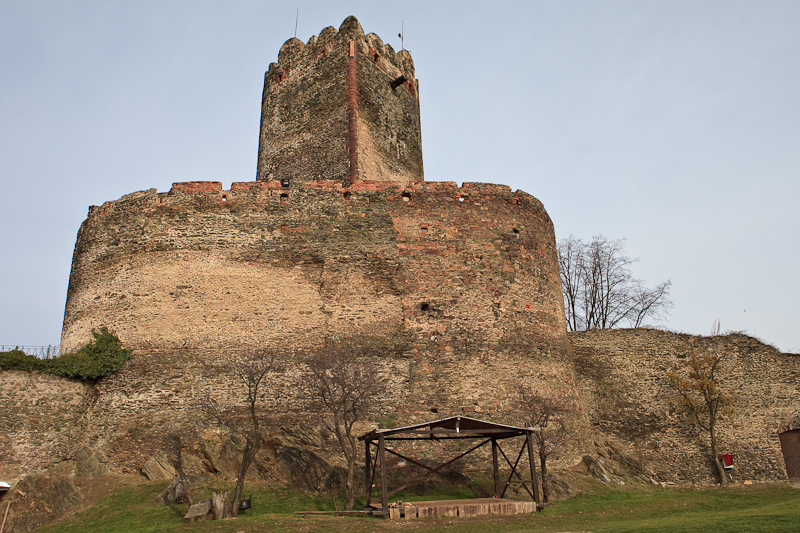
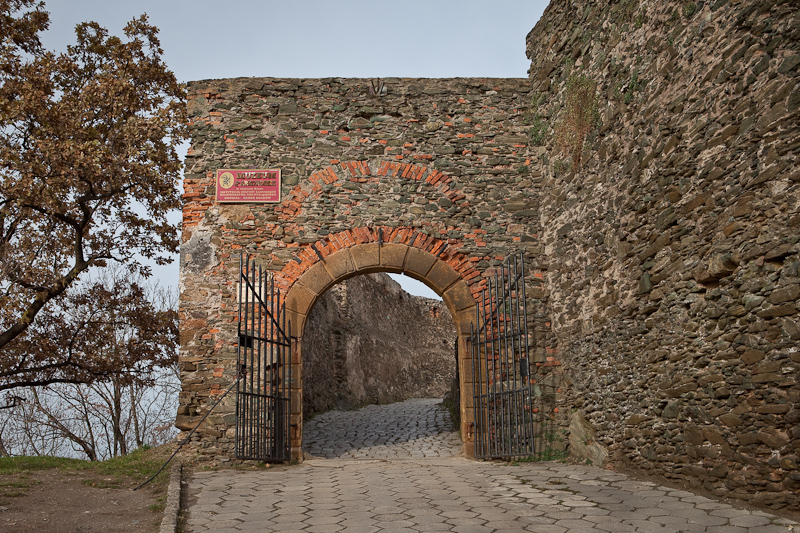
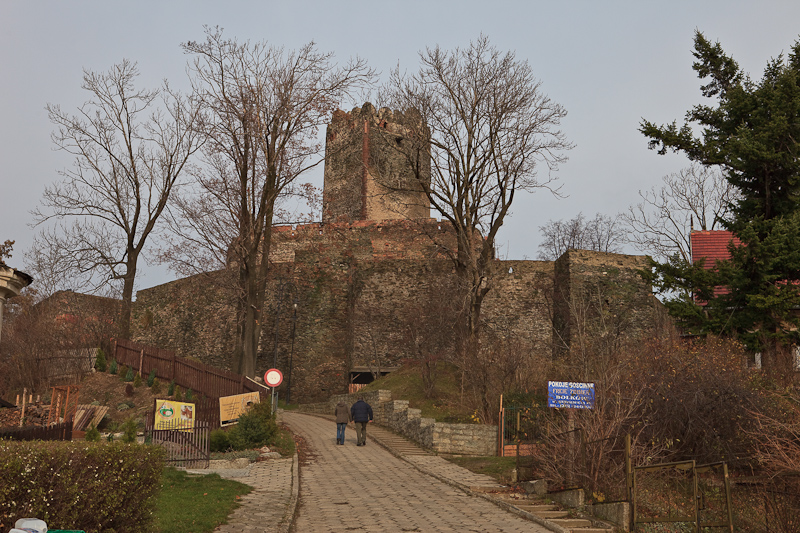
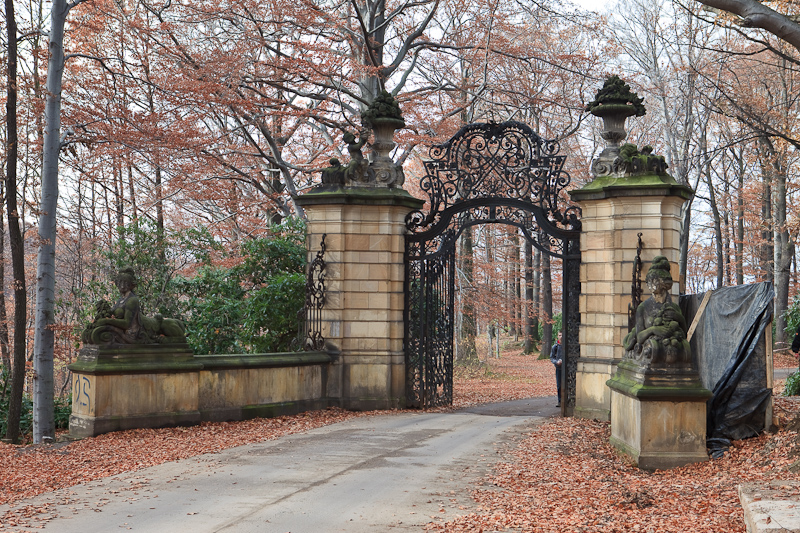
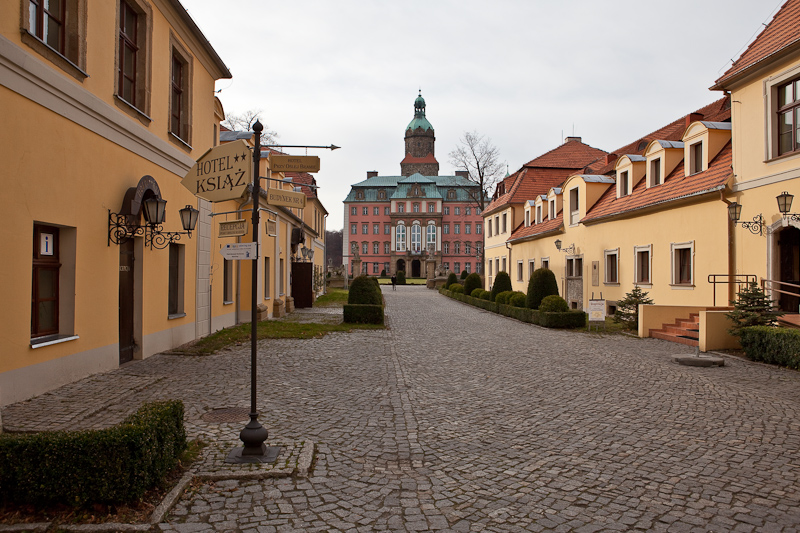
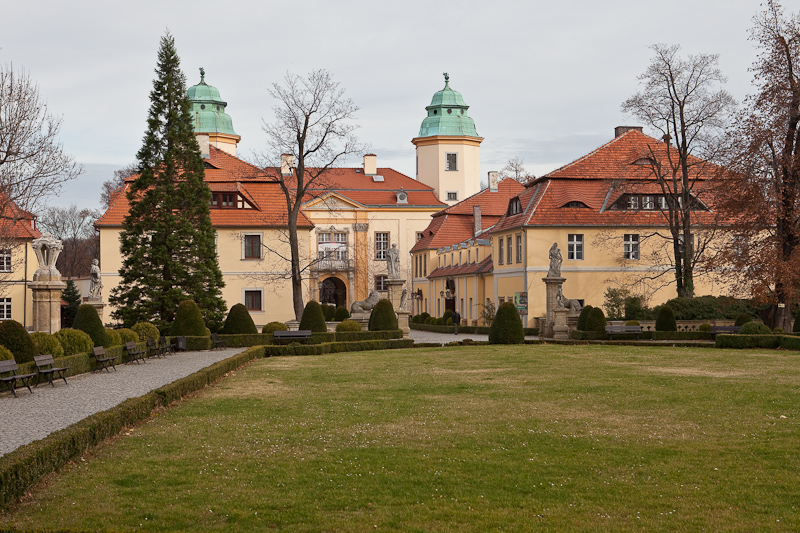
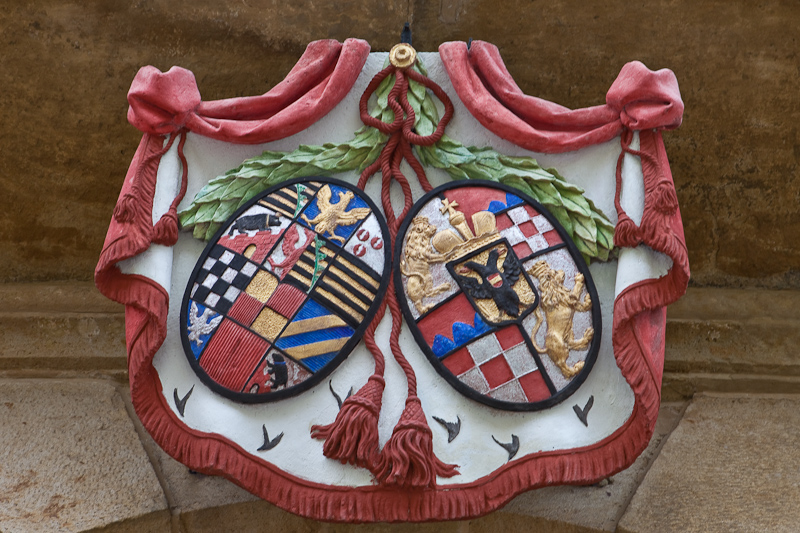
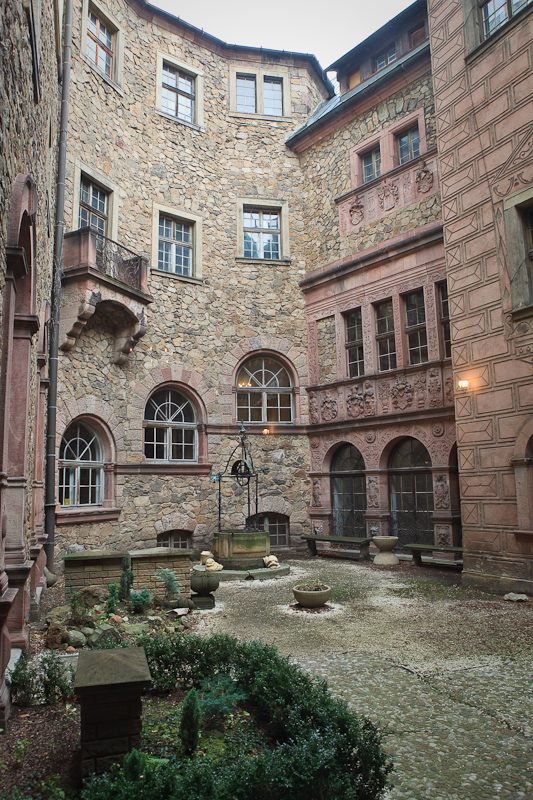
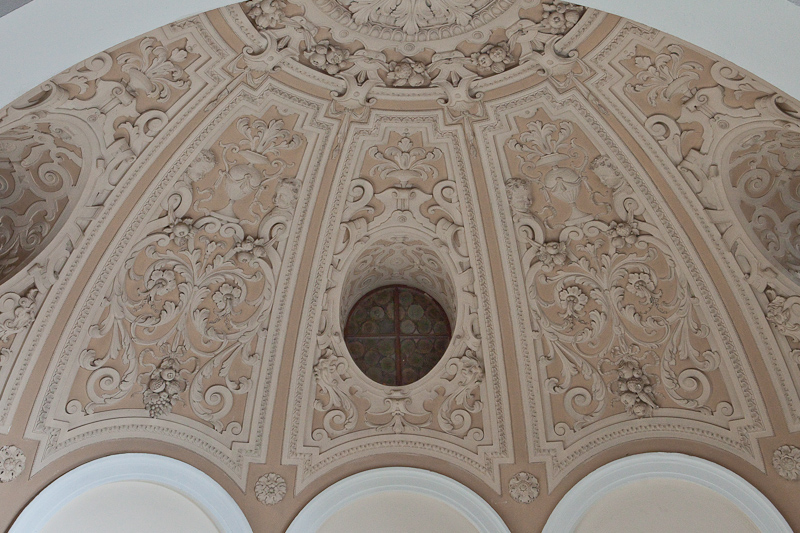
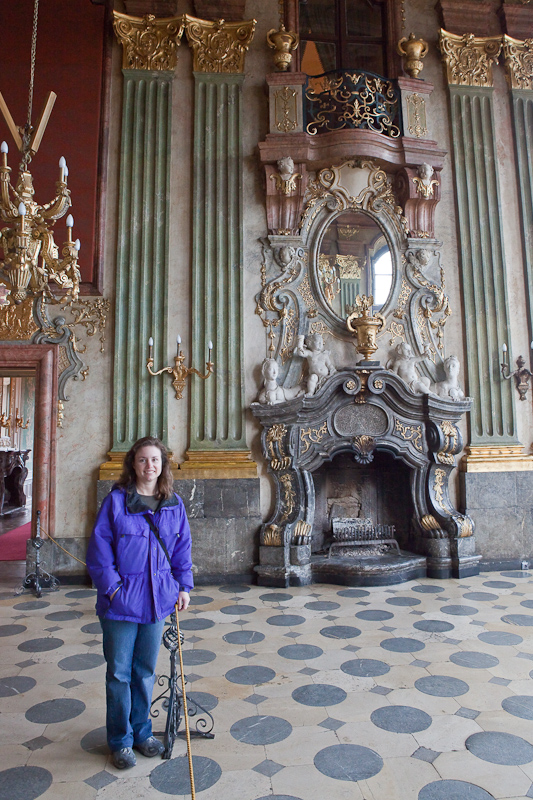
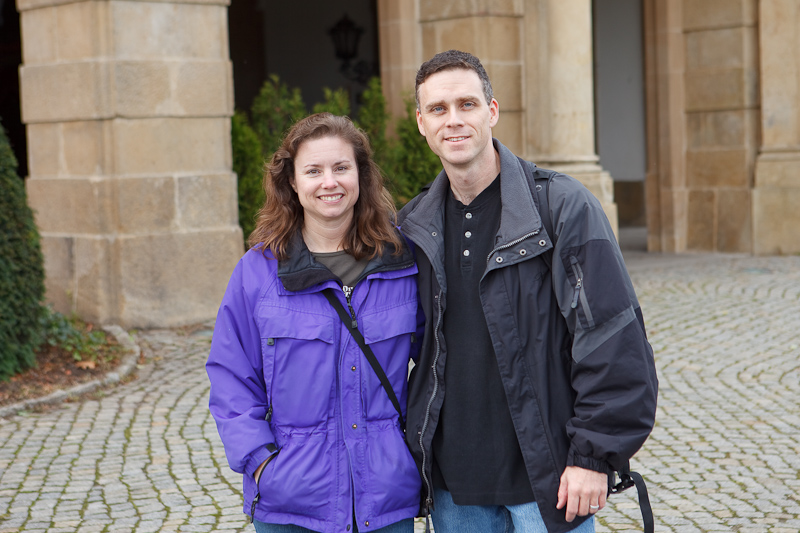
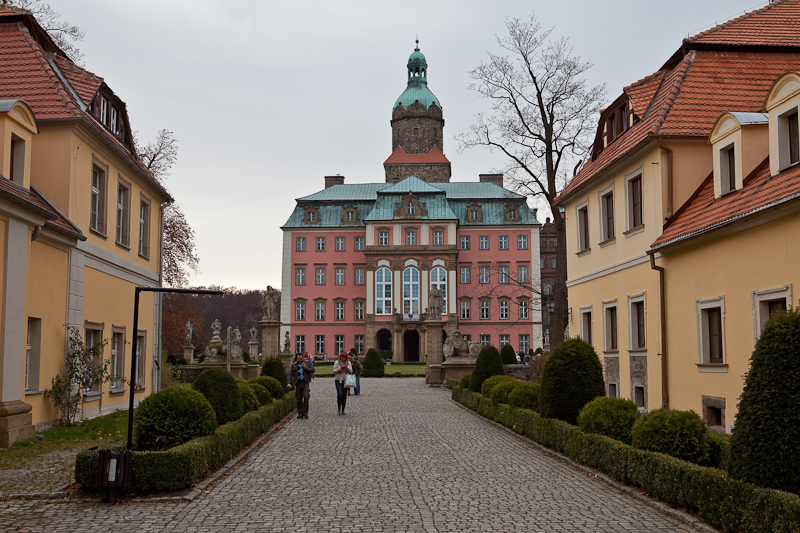
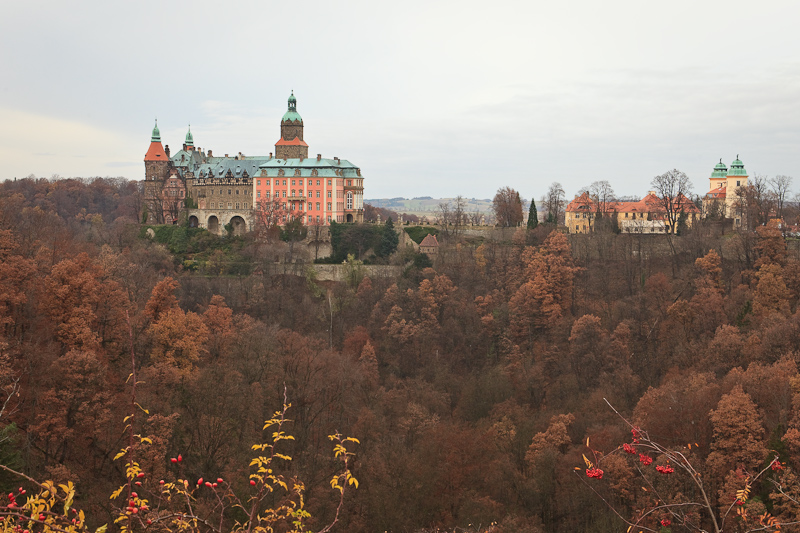
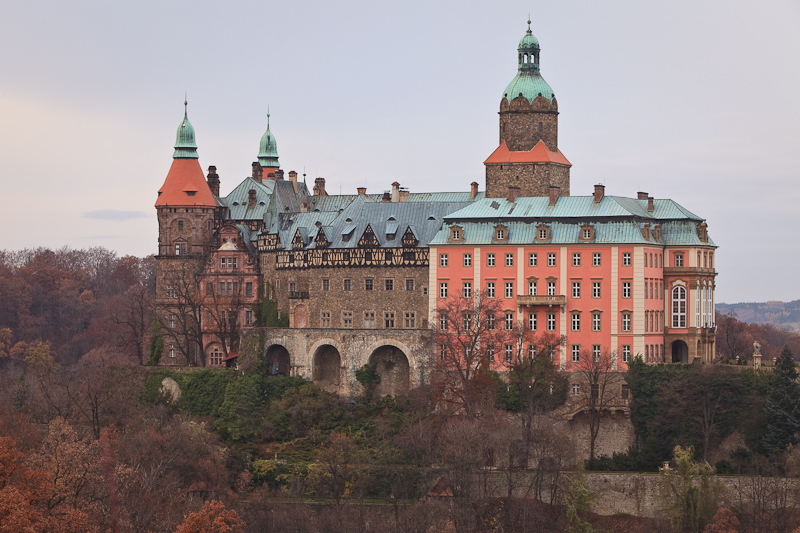
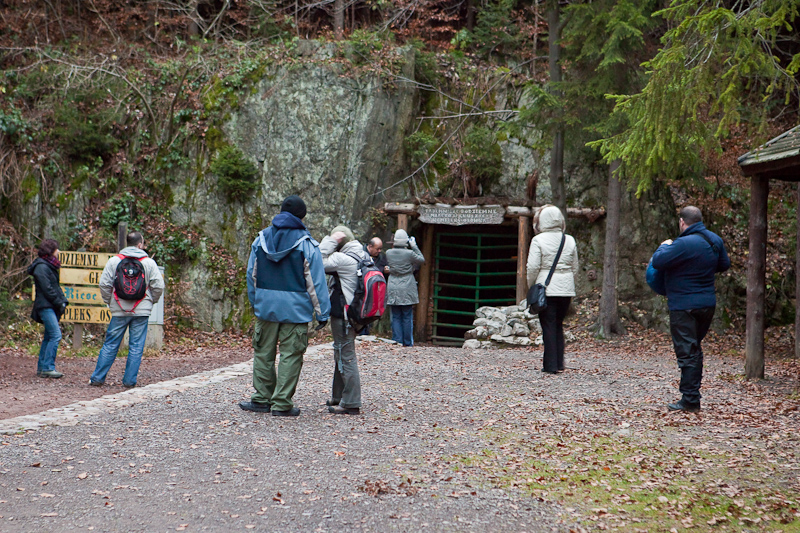
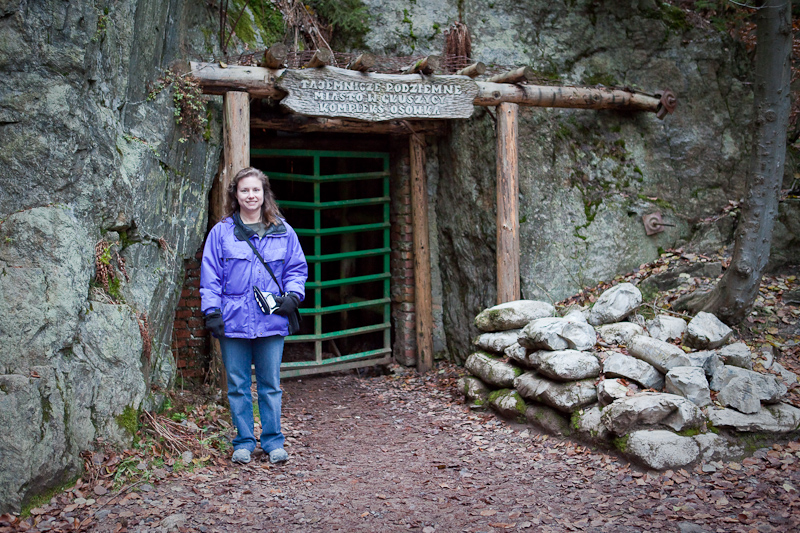
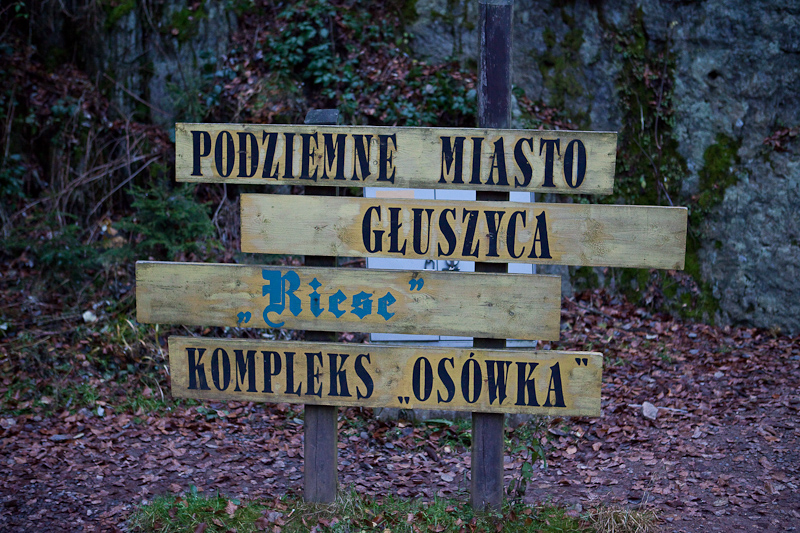
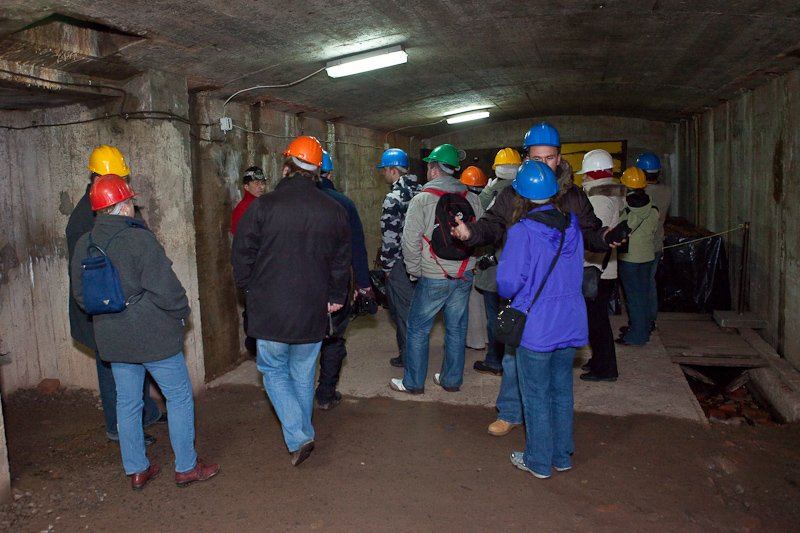
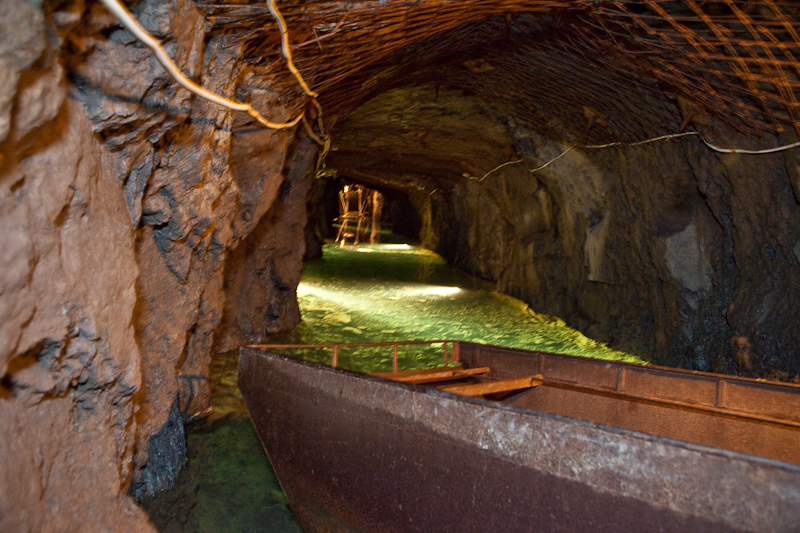
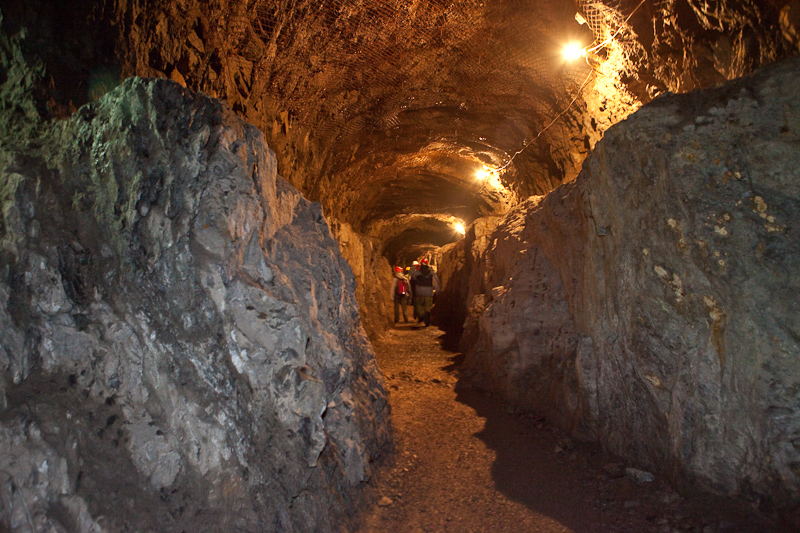
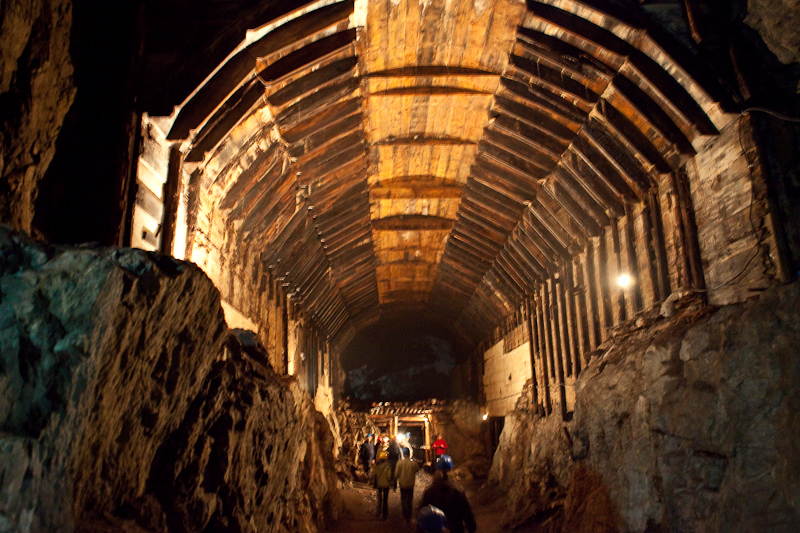
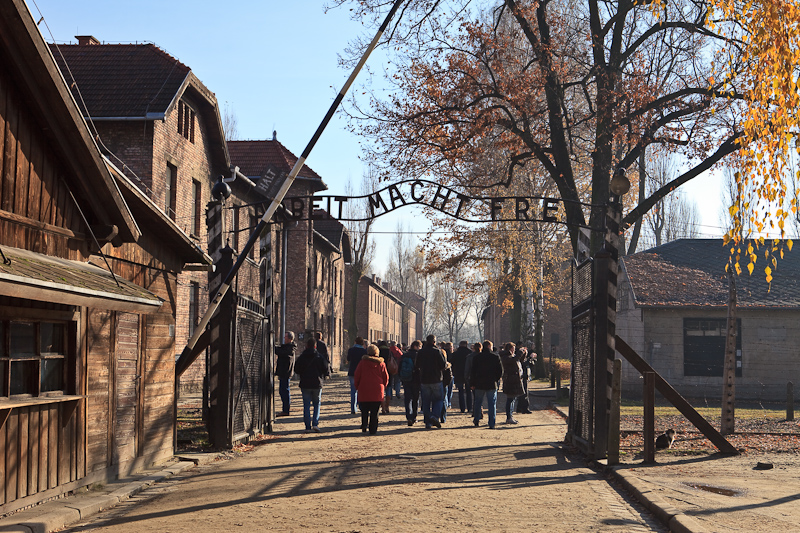
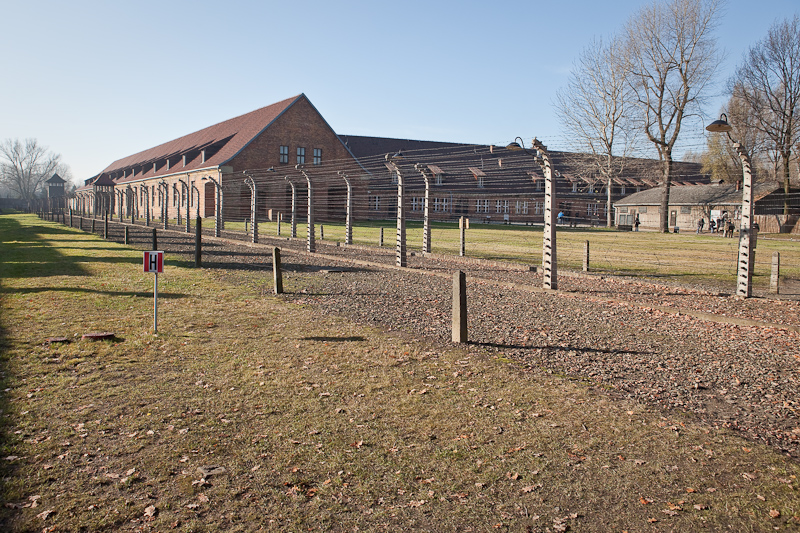
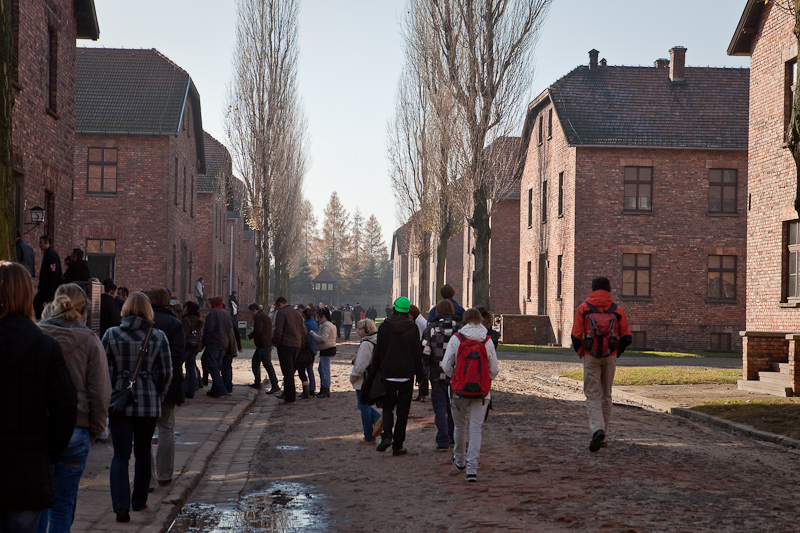
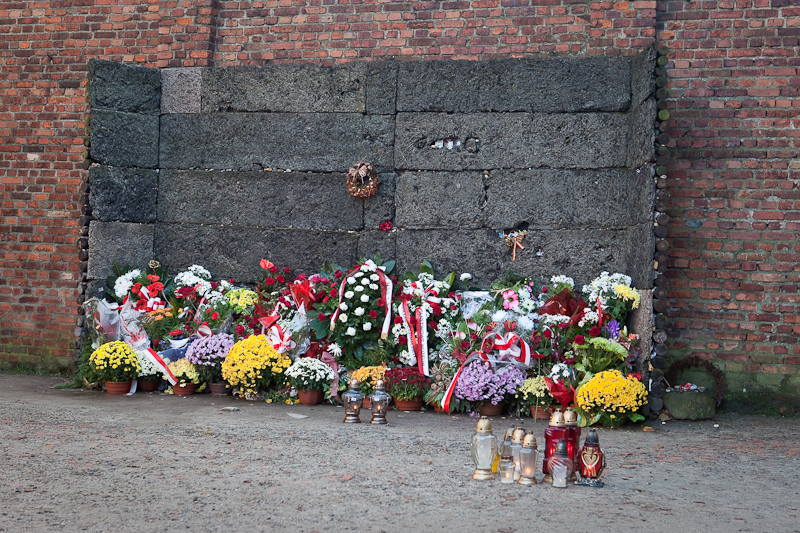
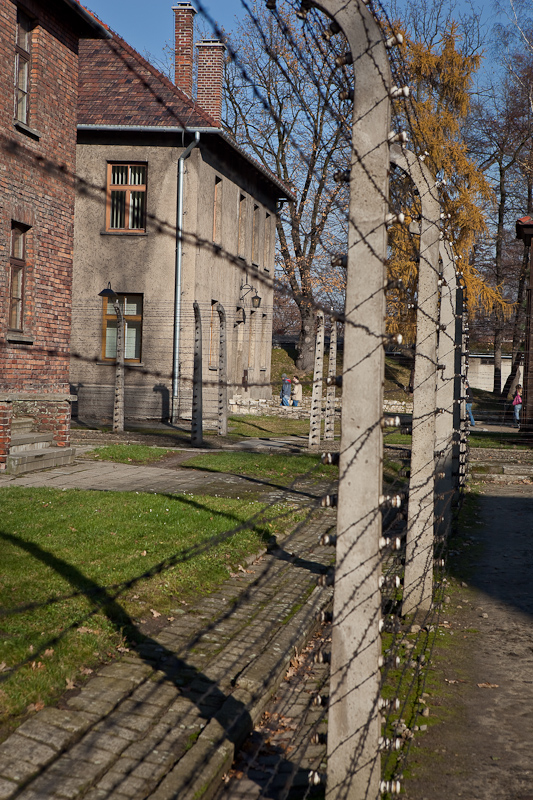
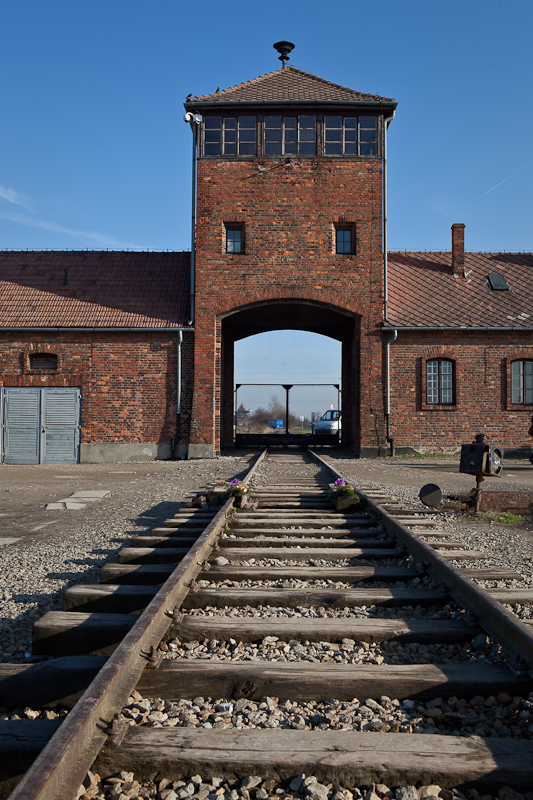
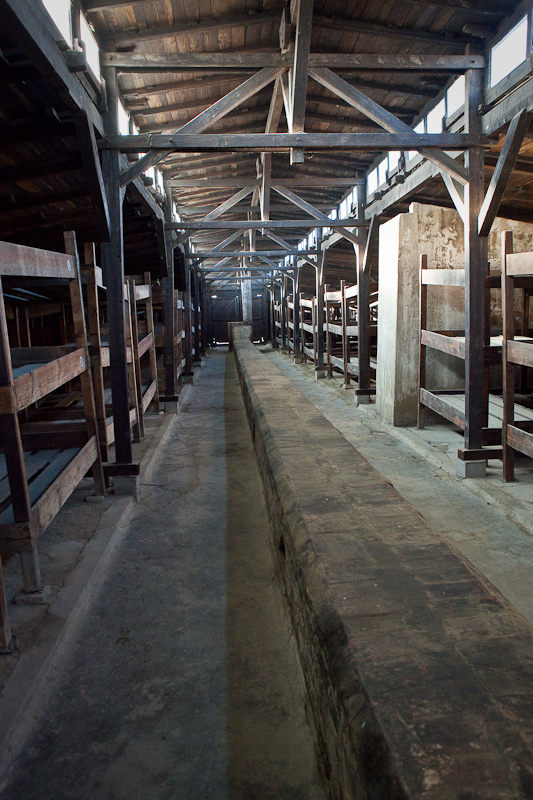
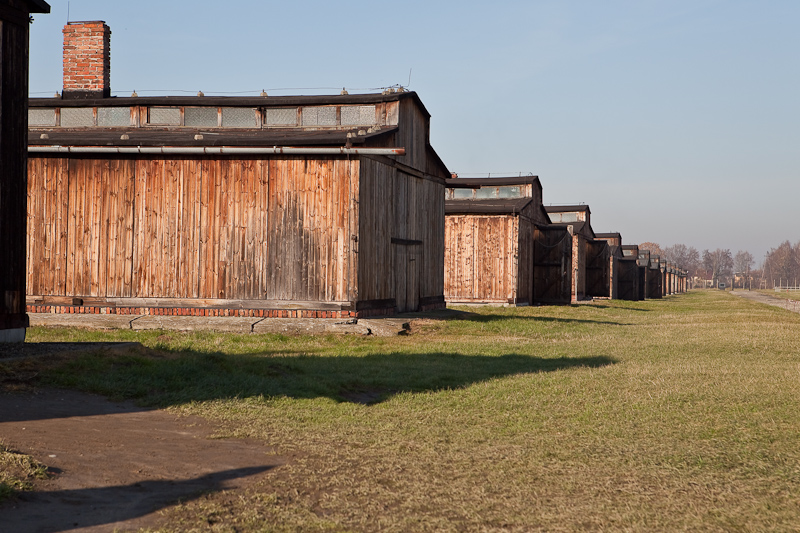
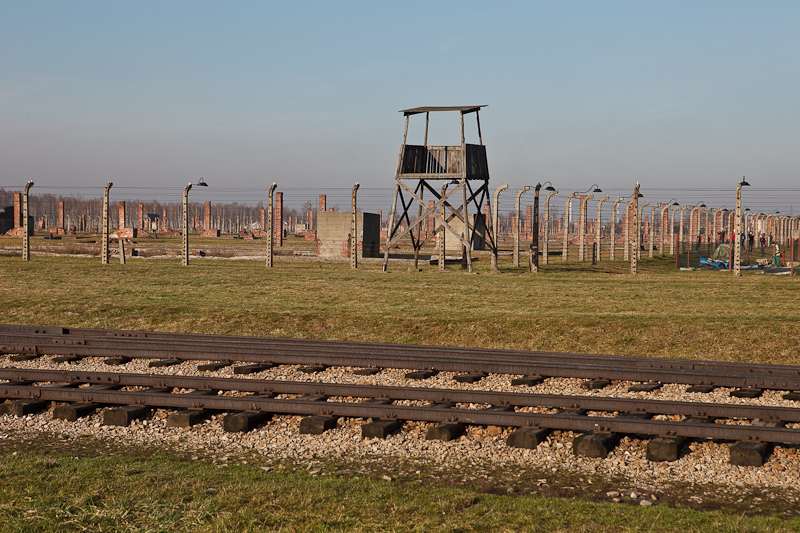
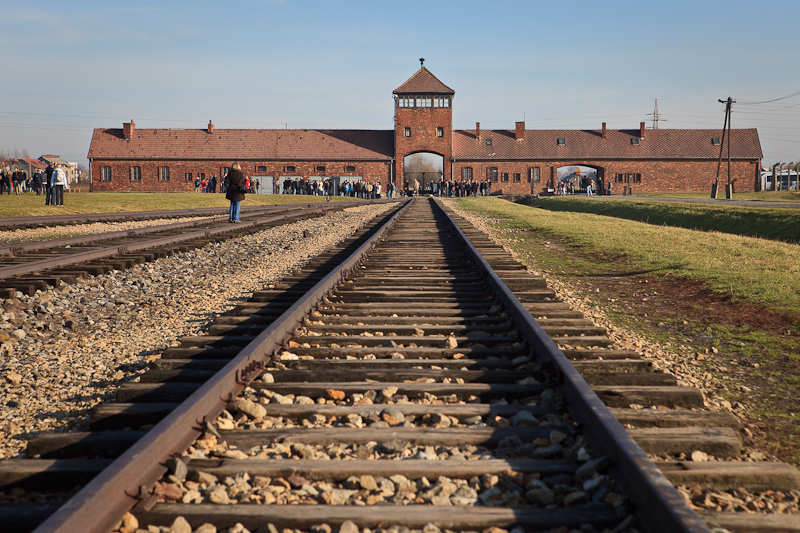
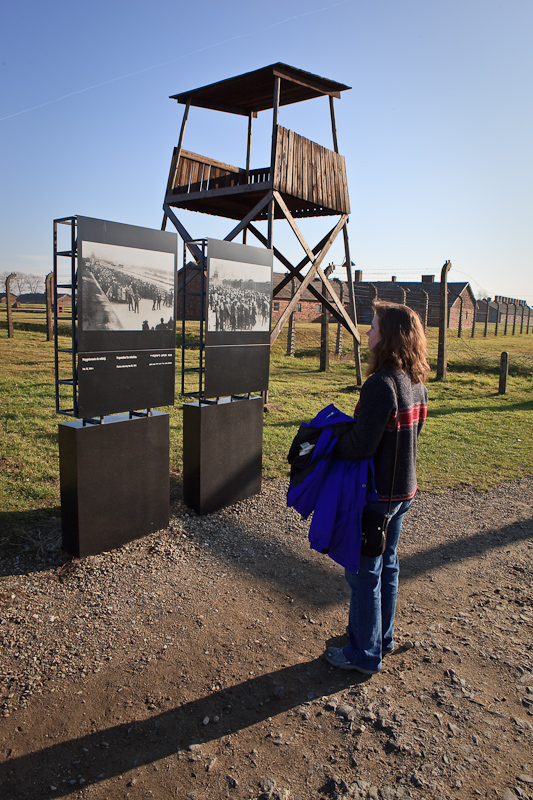
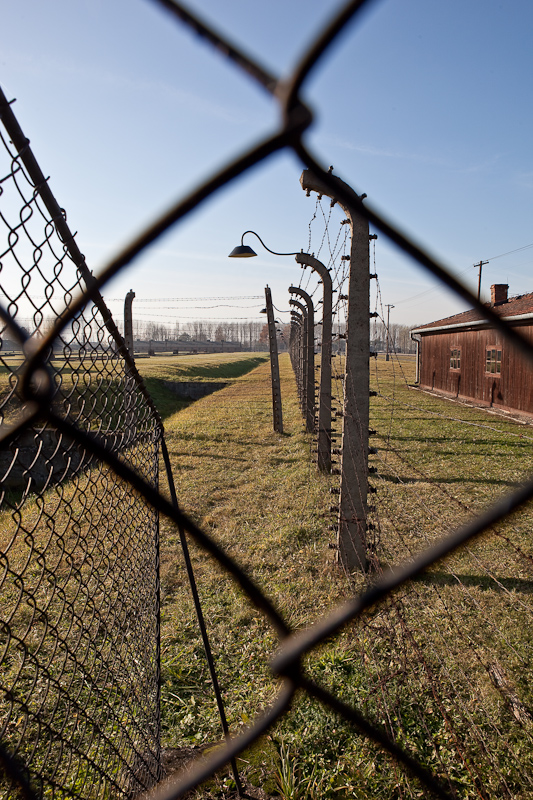
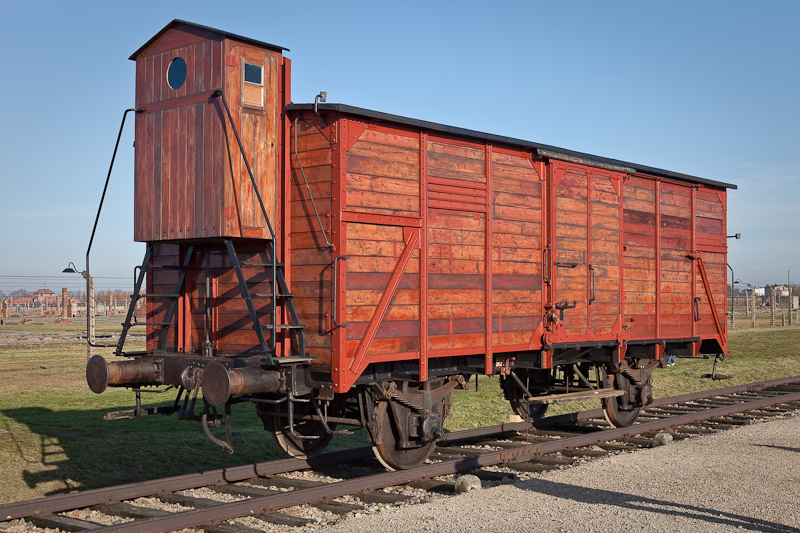
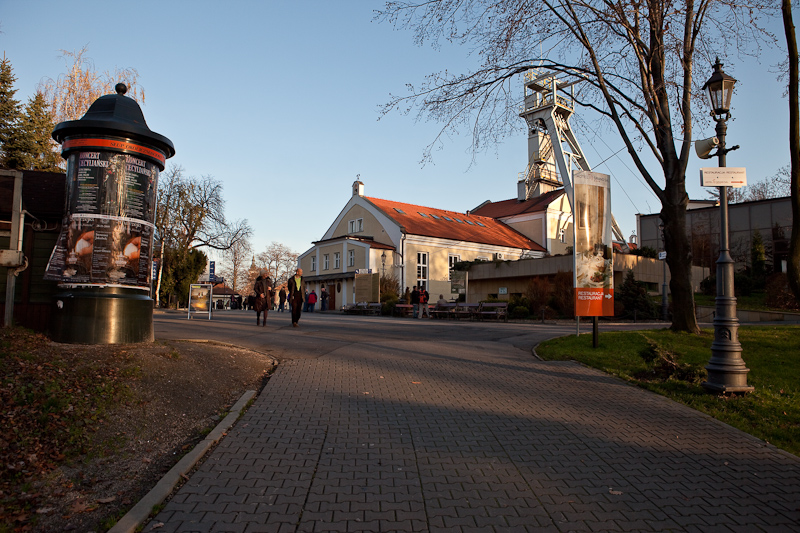
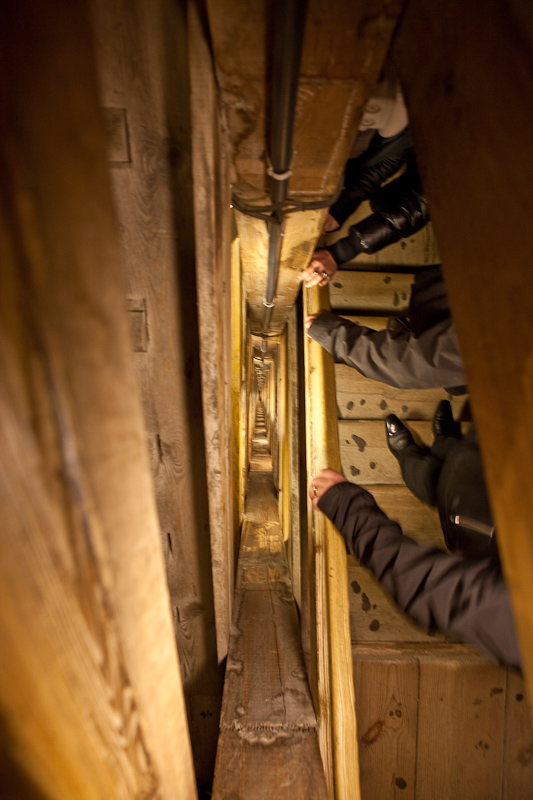
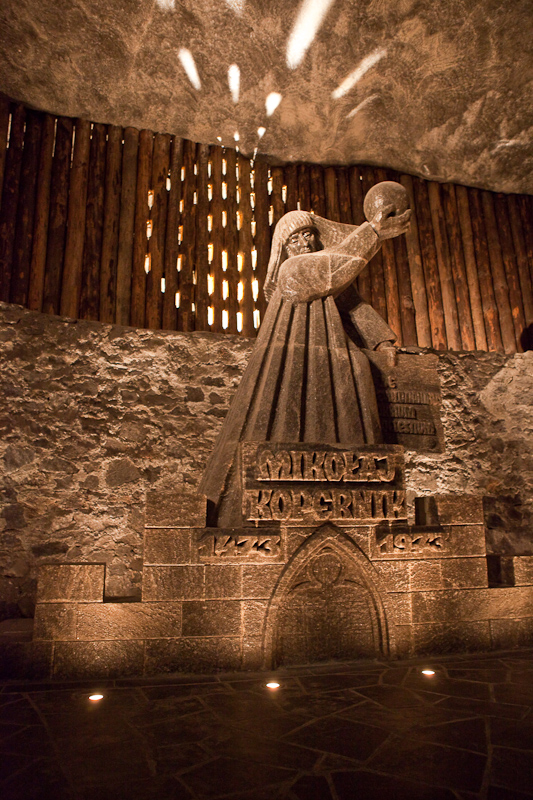
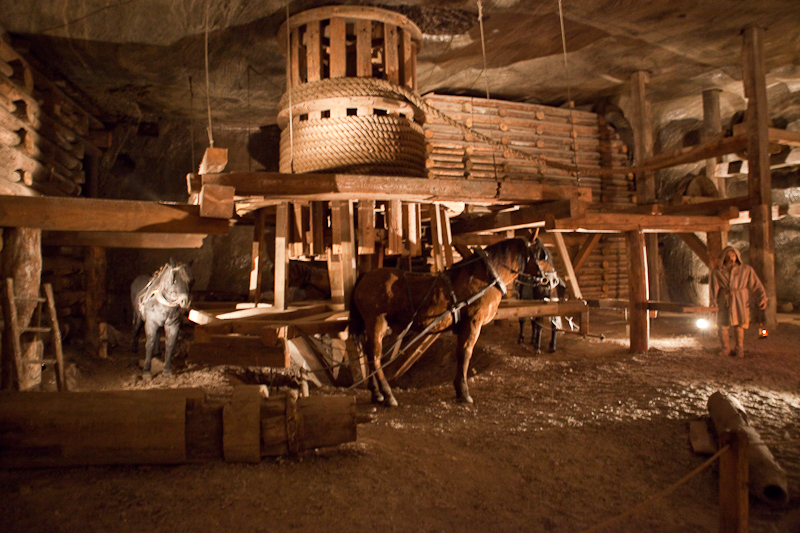
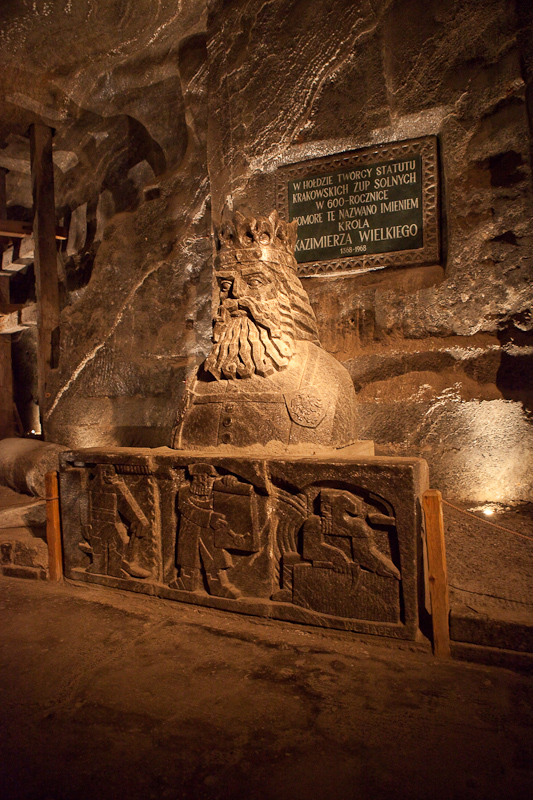
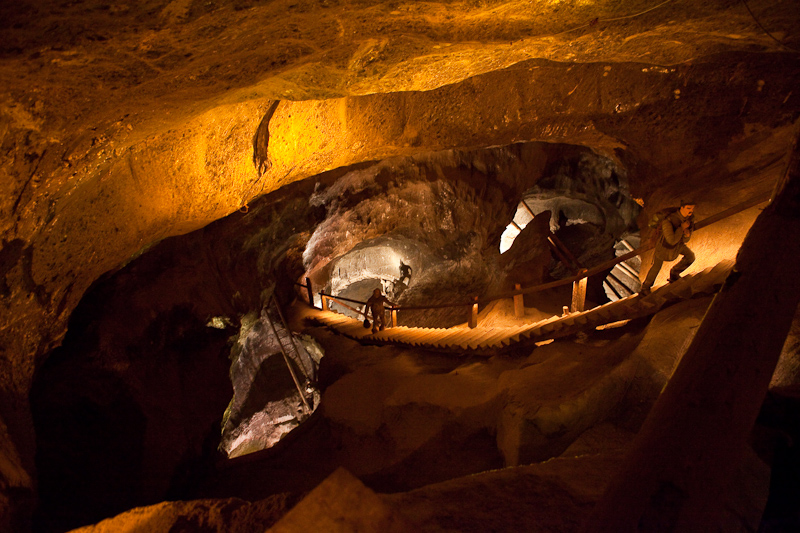
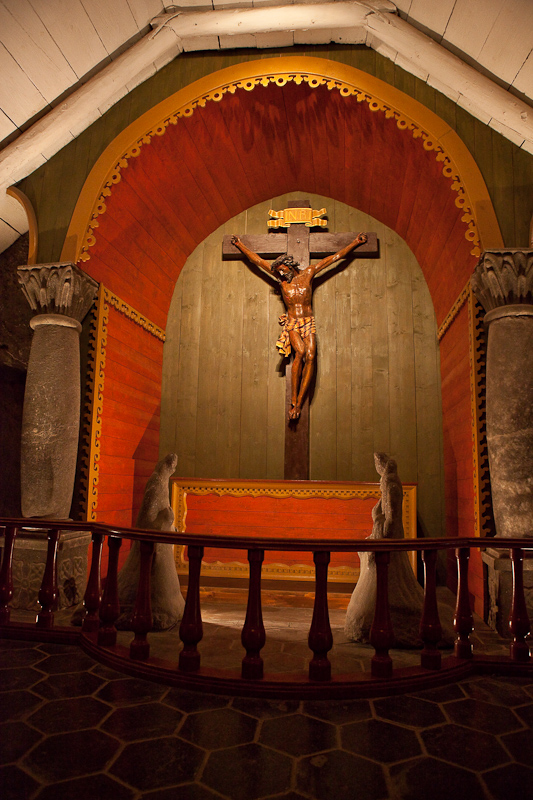
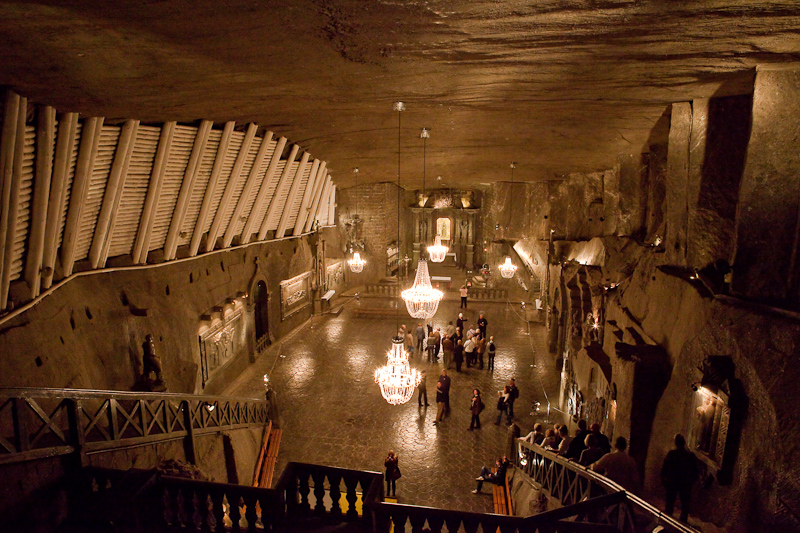
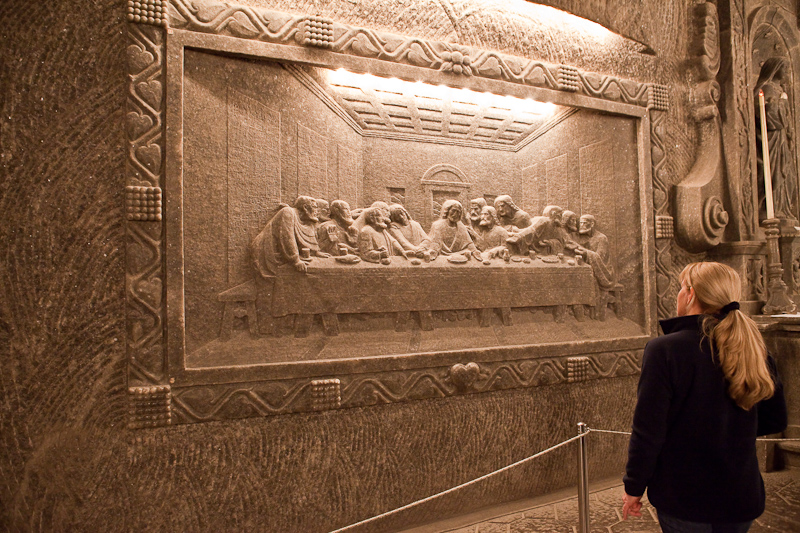
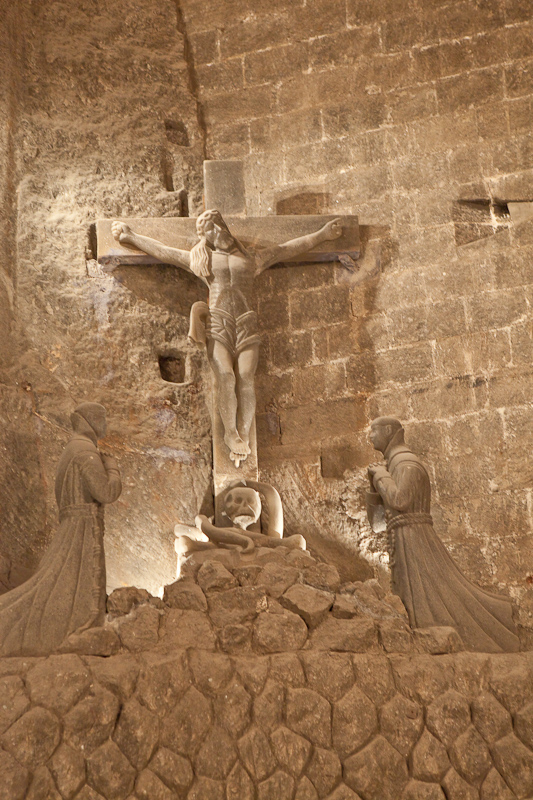
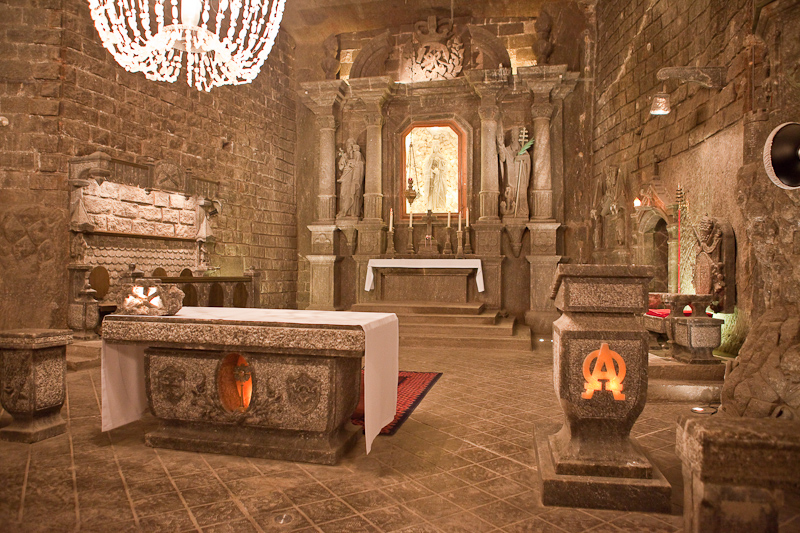
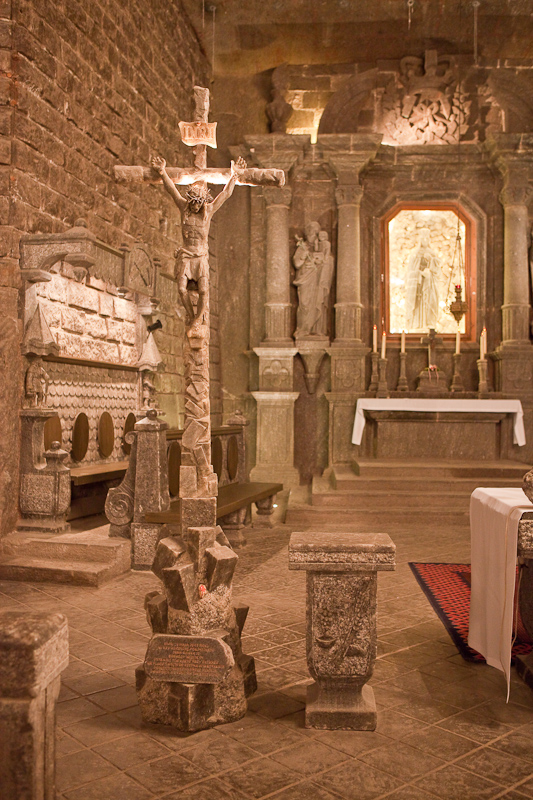
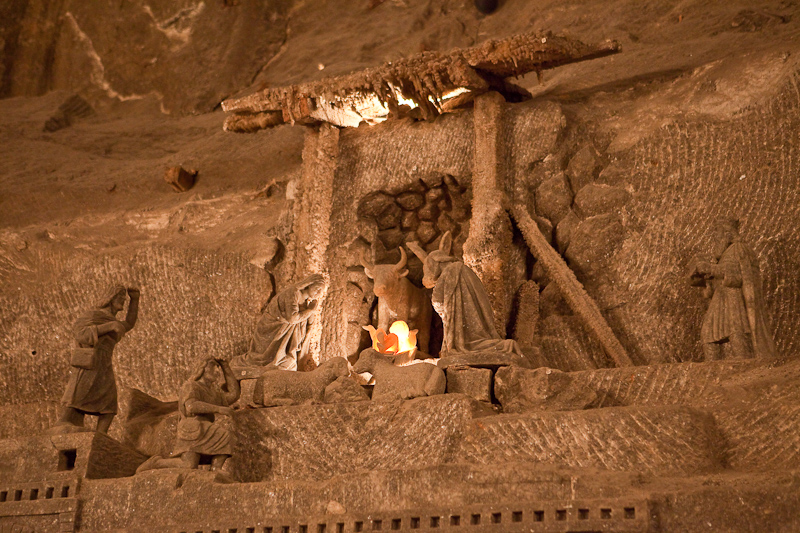
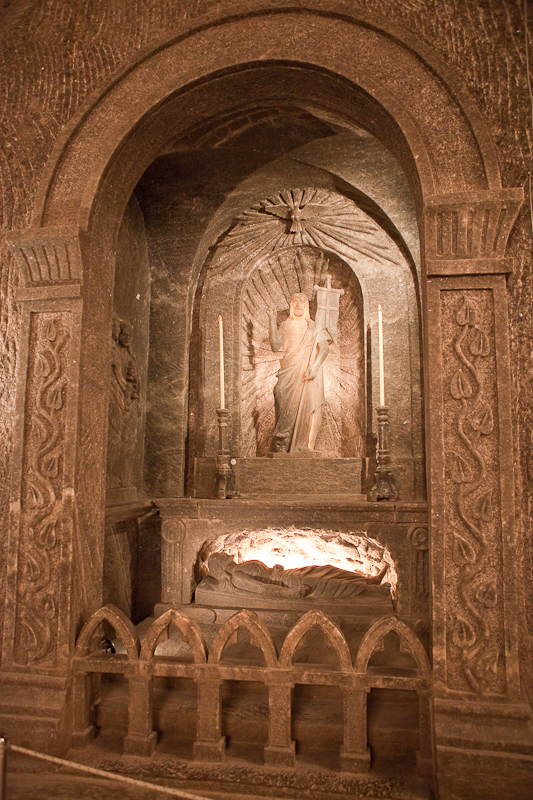
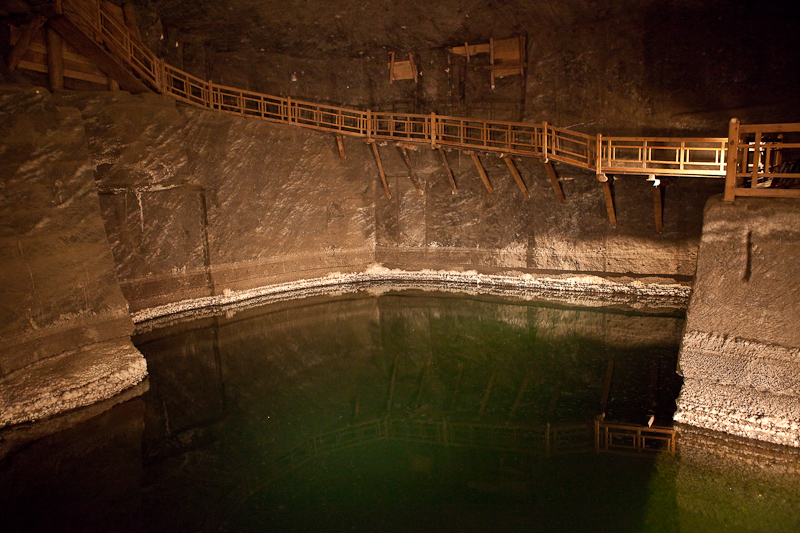
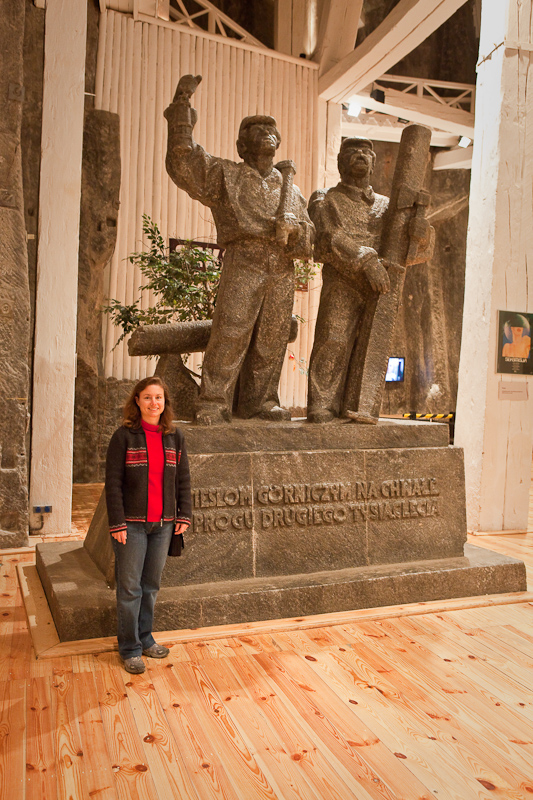
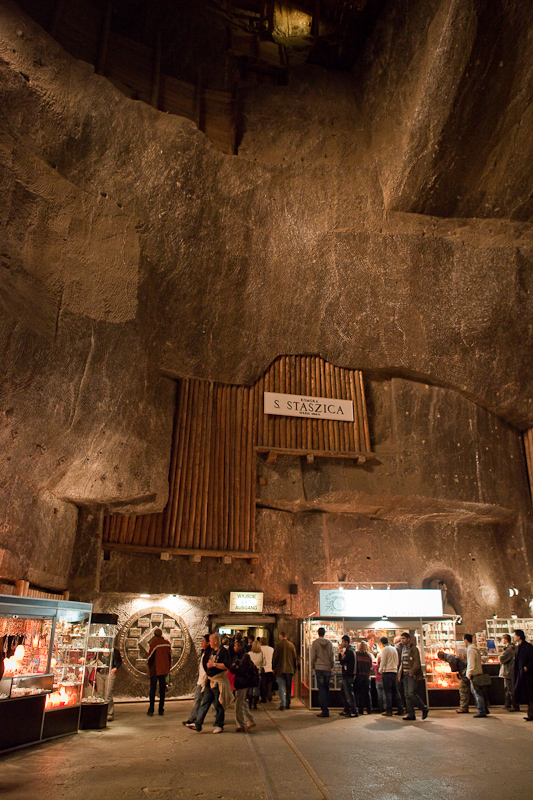
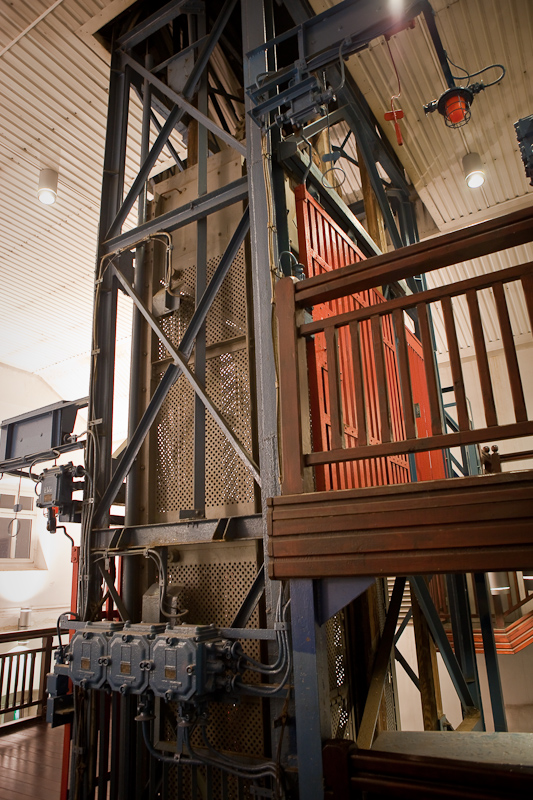
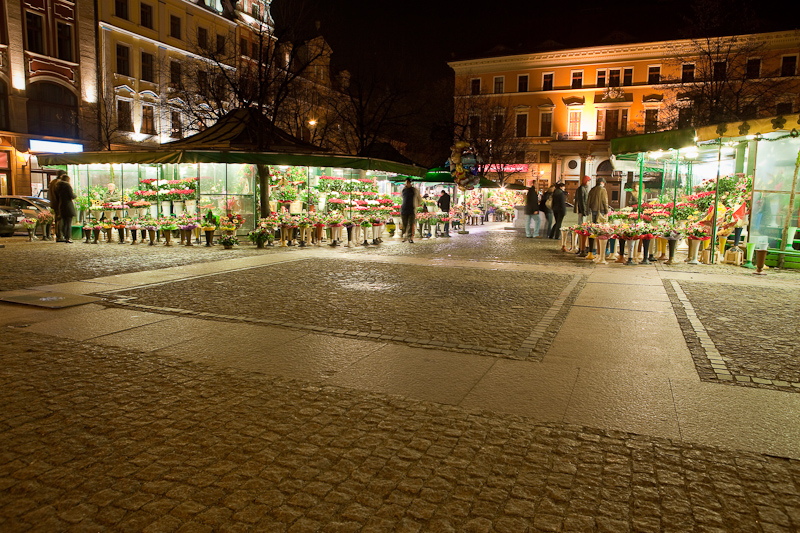
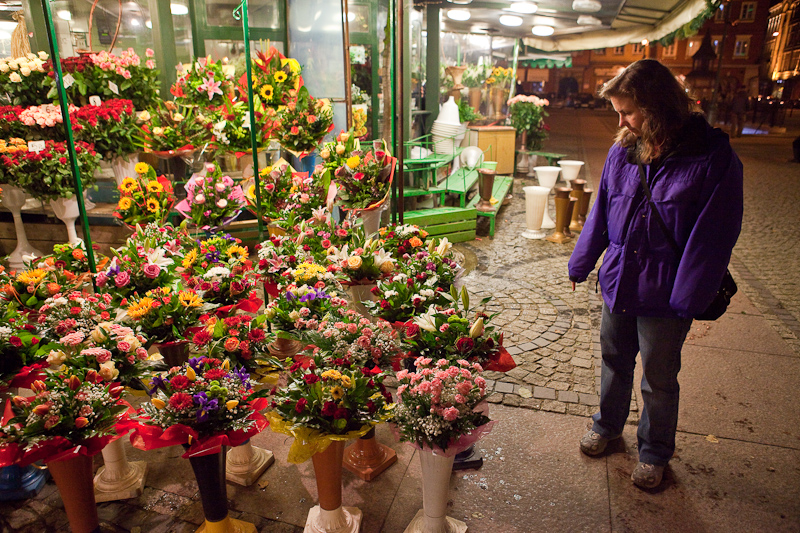
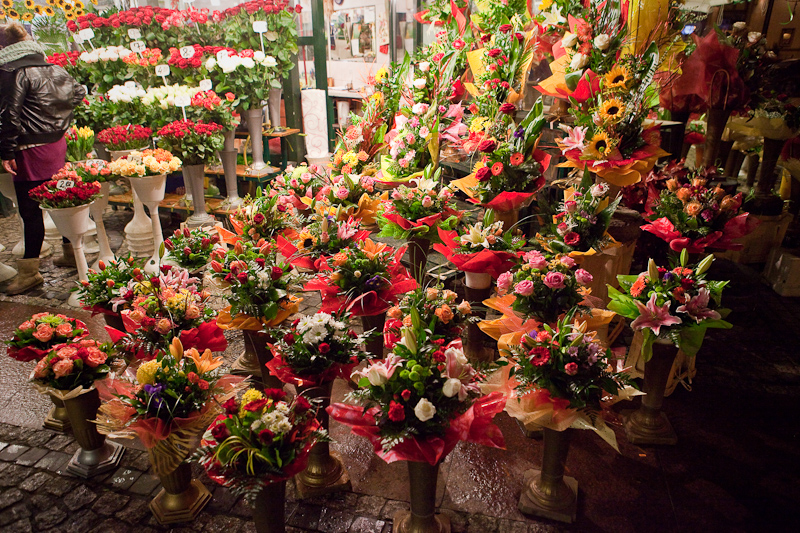
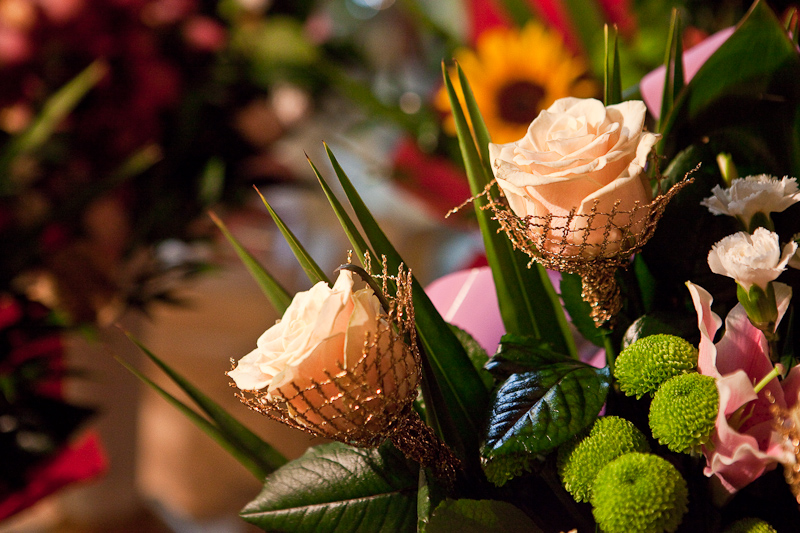
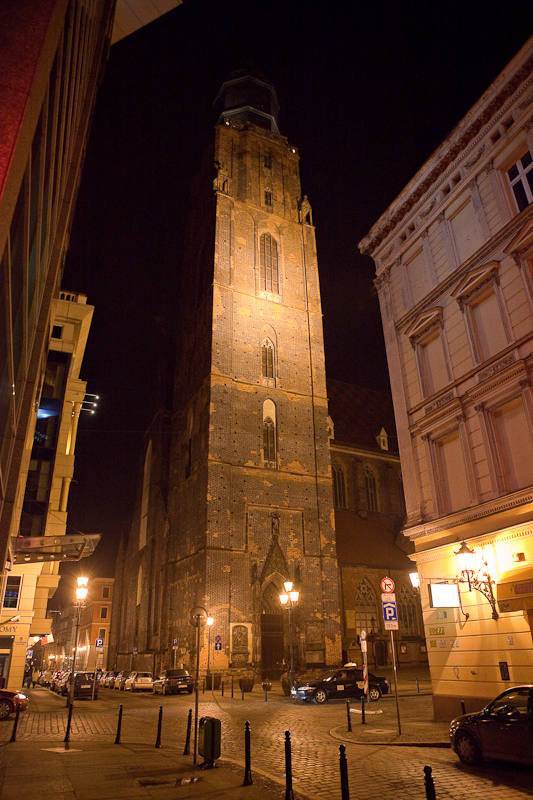
What a wonderful trip. Isn’t it neat to see where history happened and not just read about it in books.
Thanks for the virtual tour of Wroclaw. Great narration and photography!
$30 for a glass of grapes? Beer & Whiskey It Is!!!